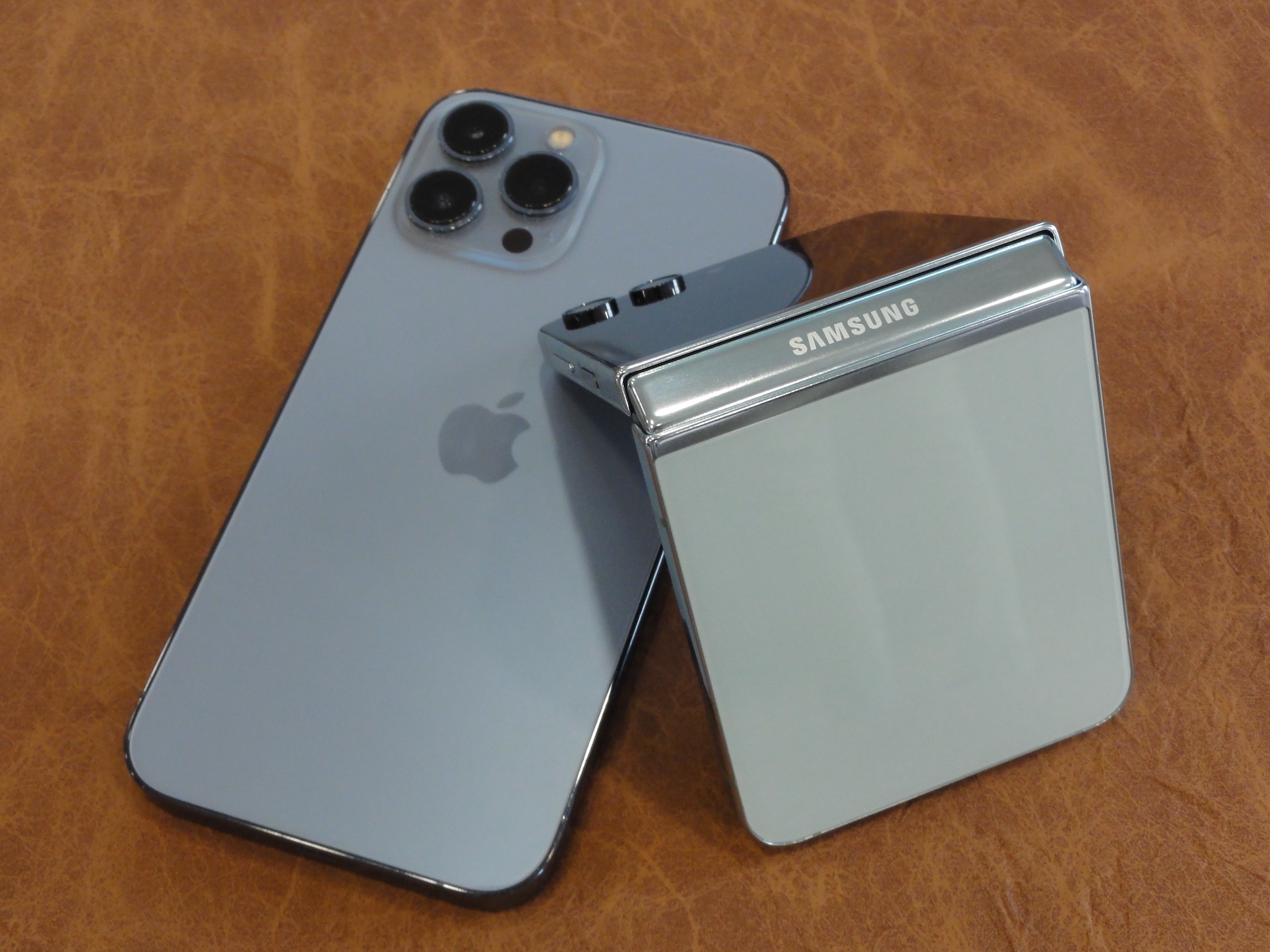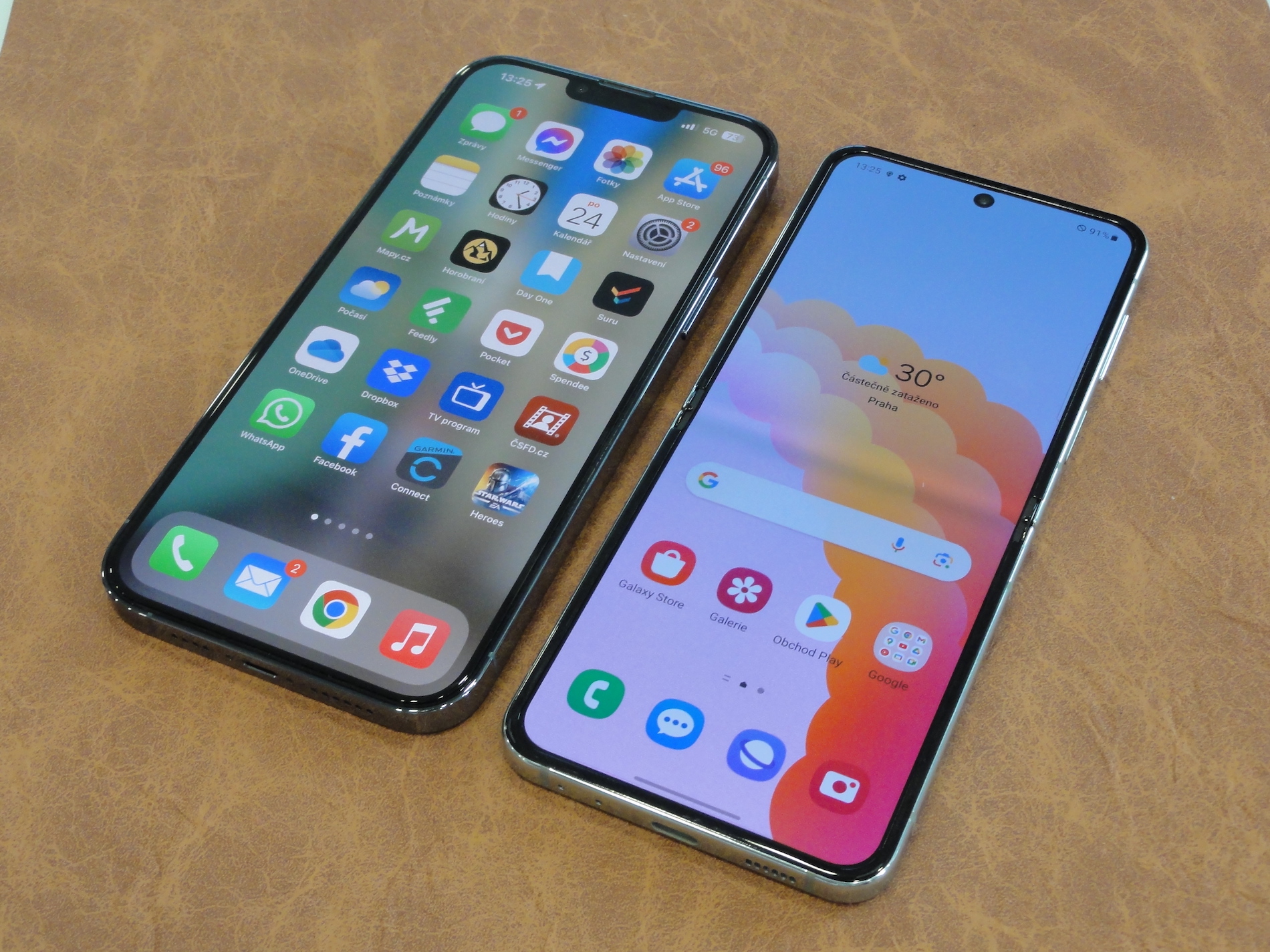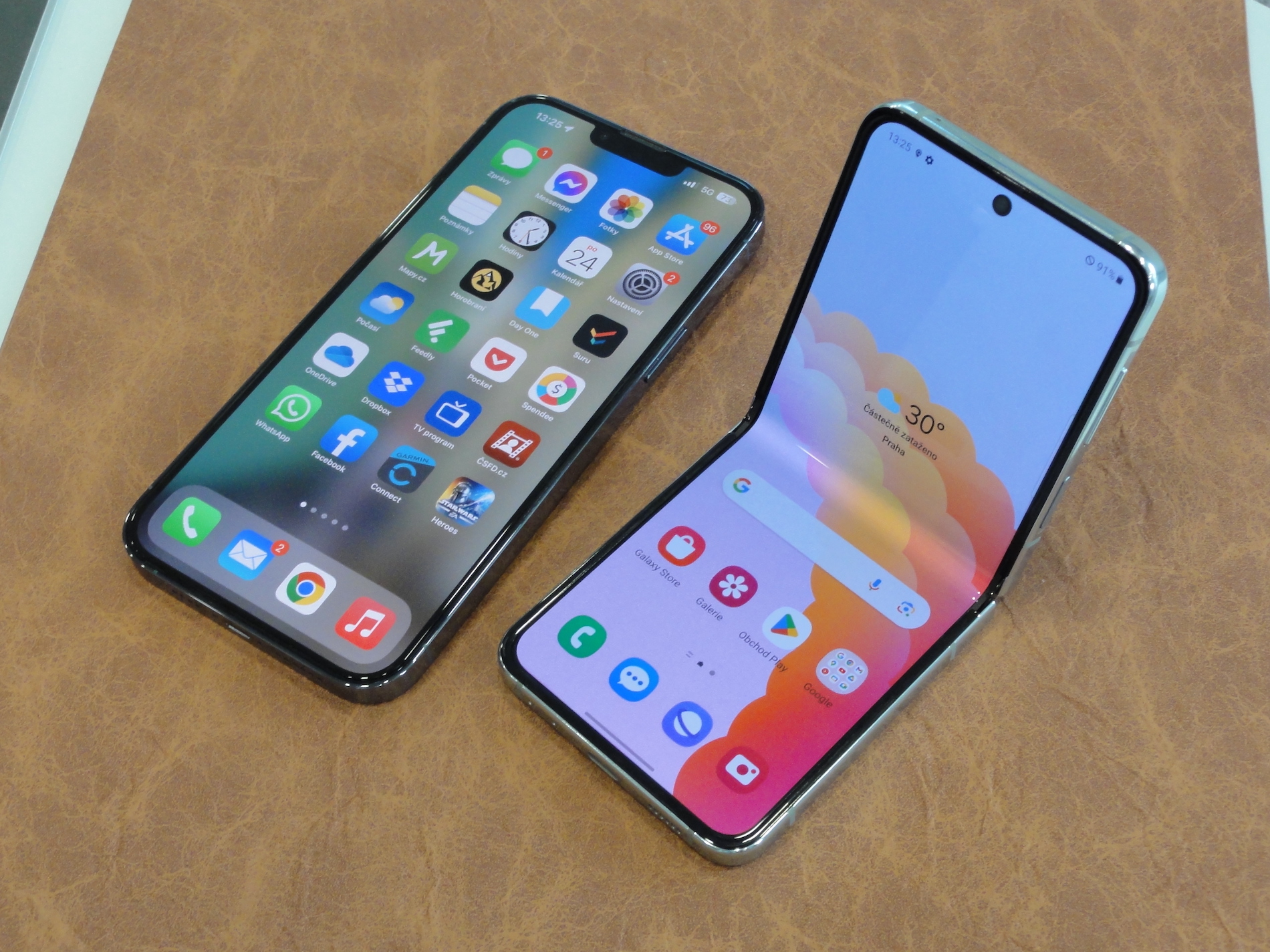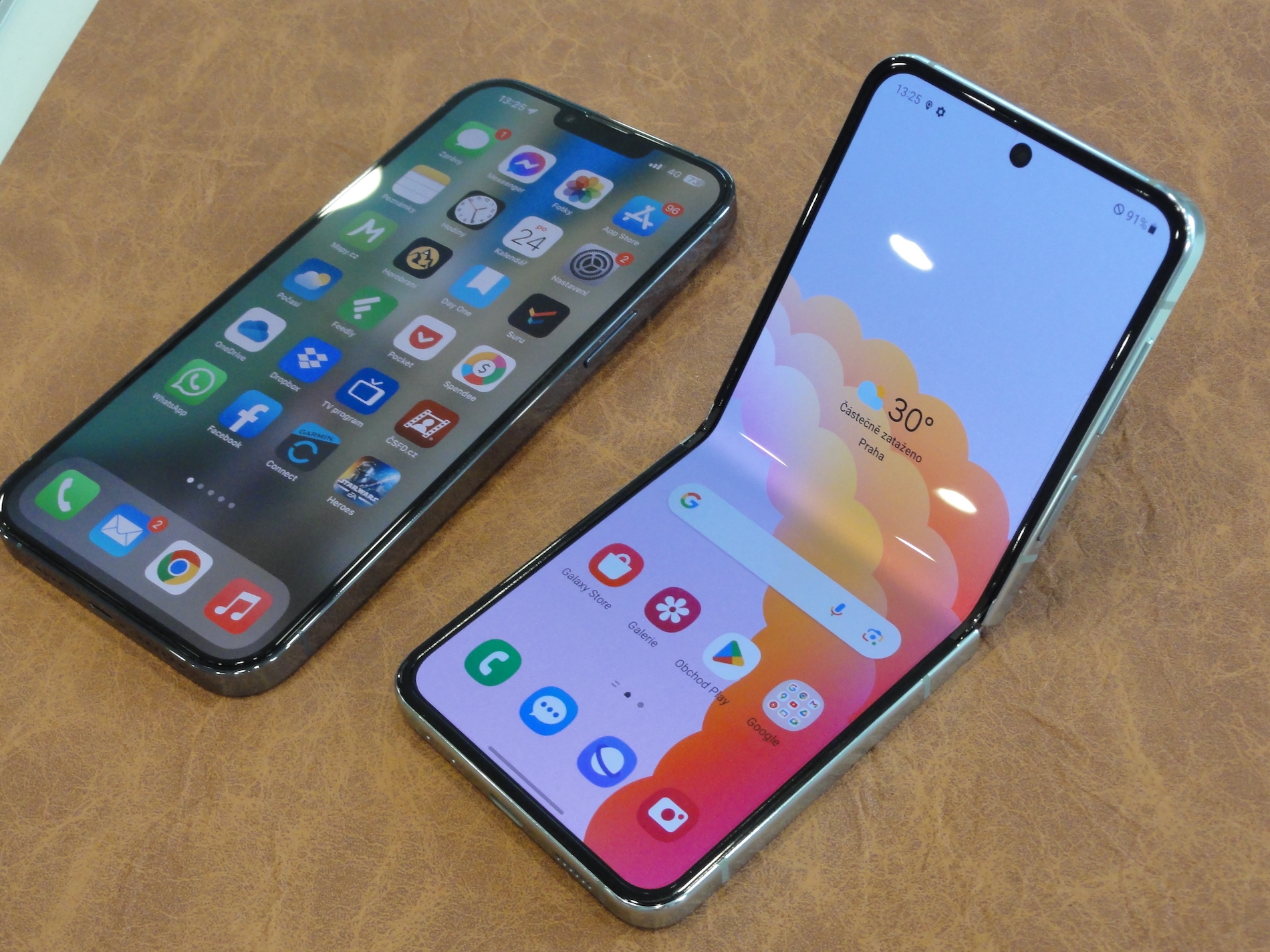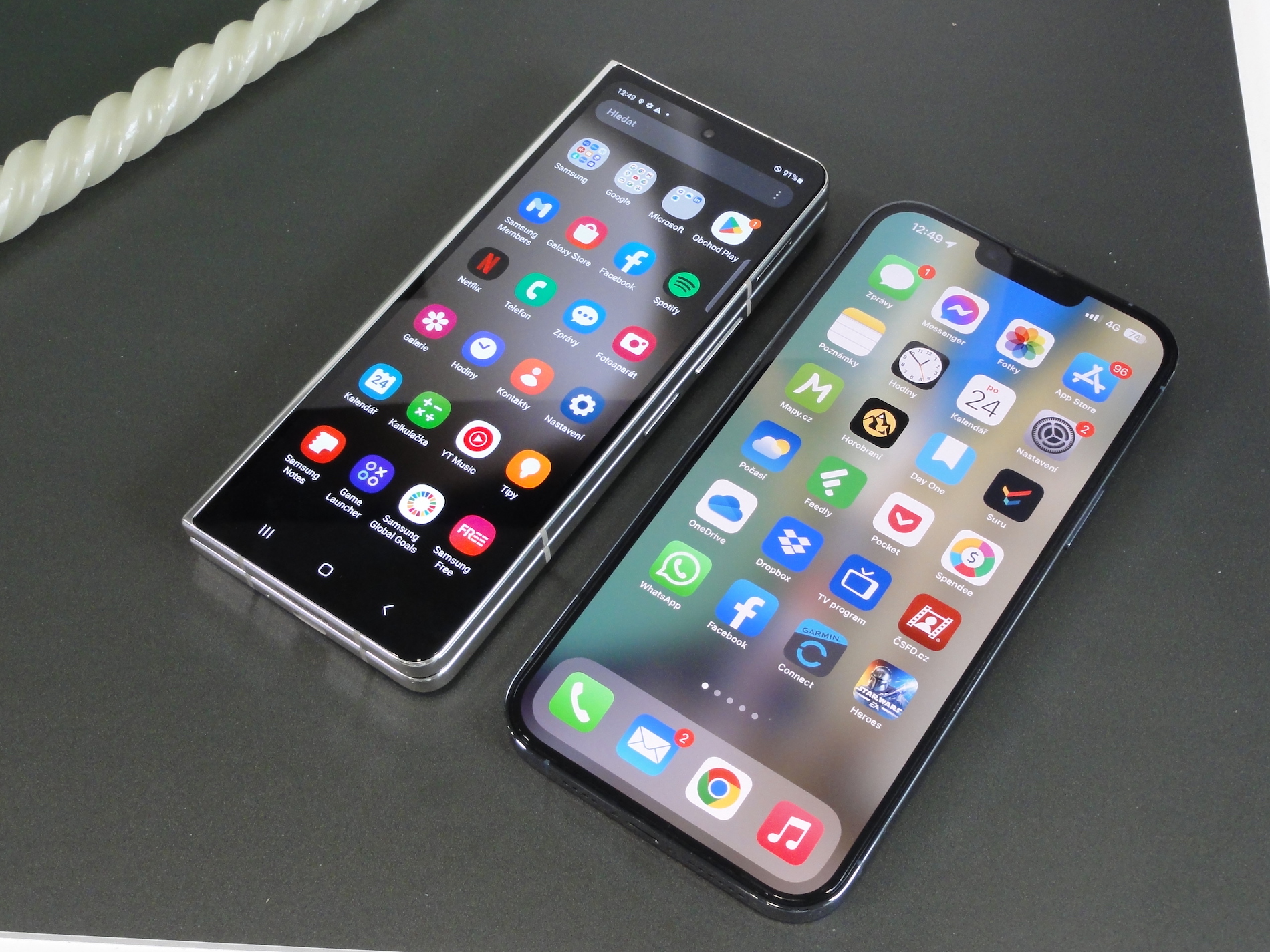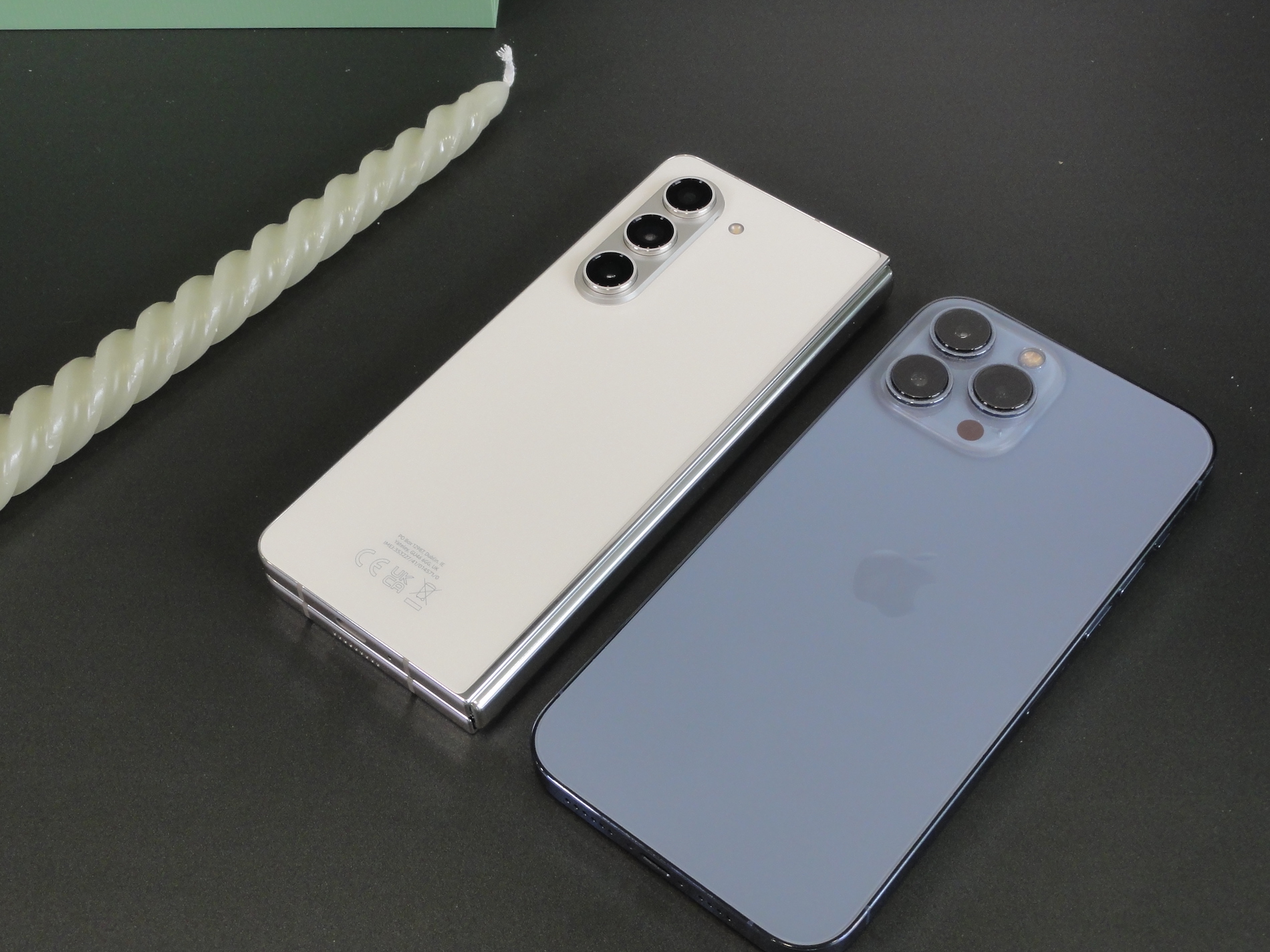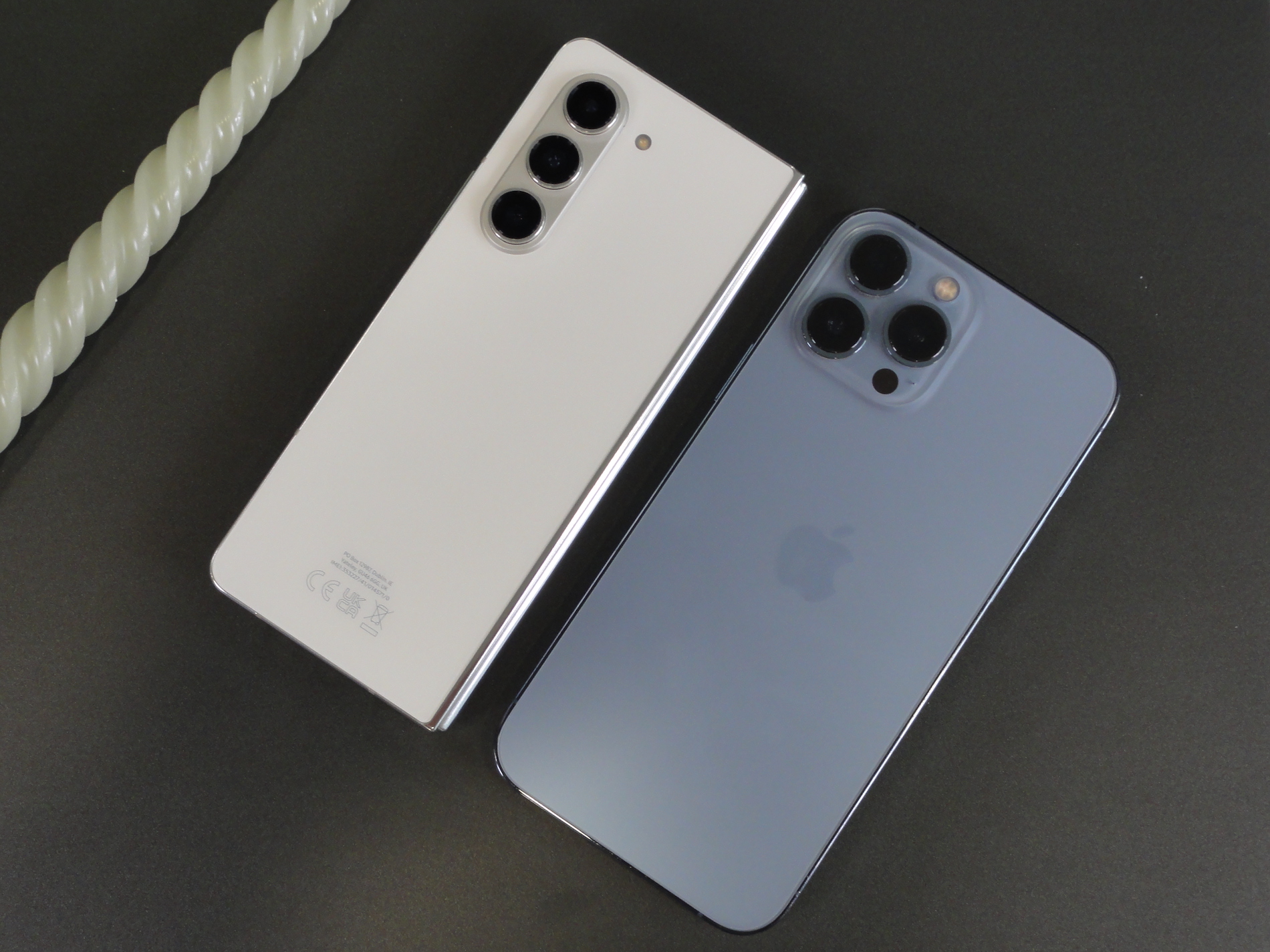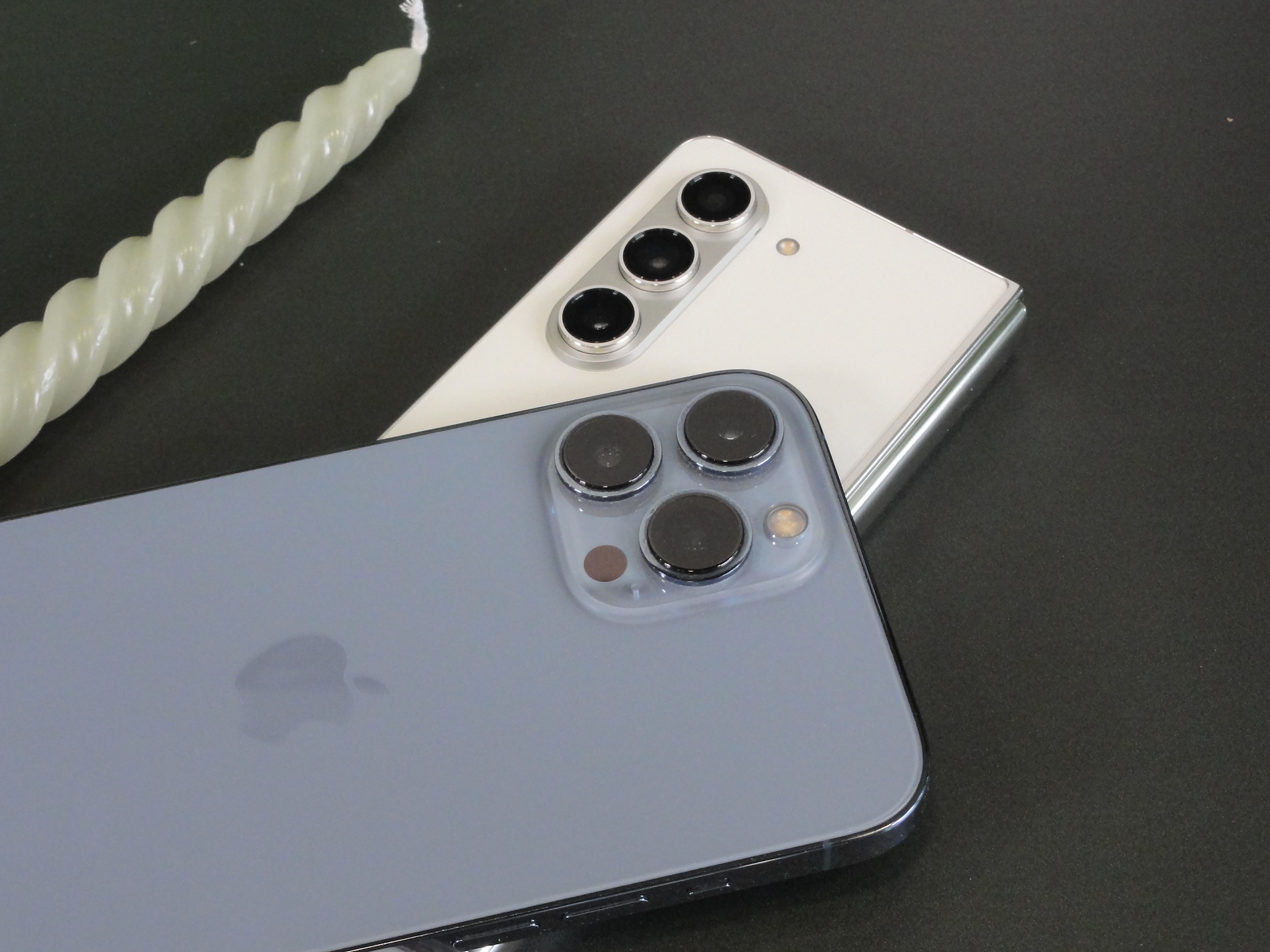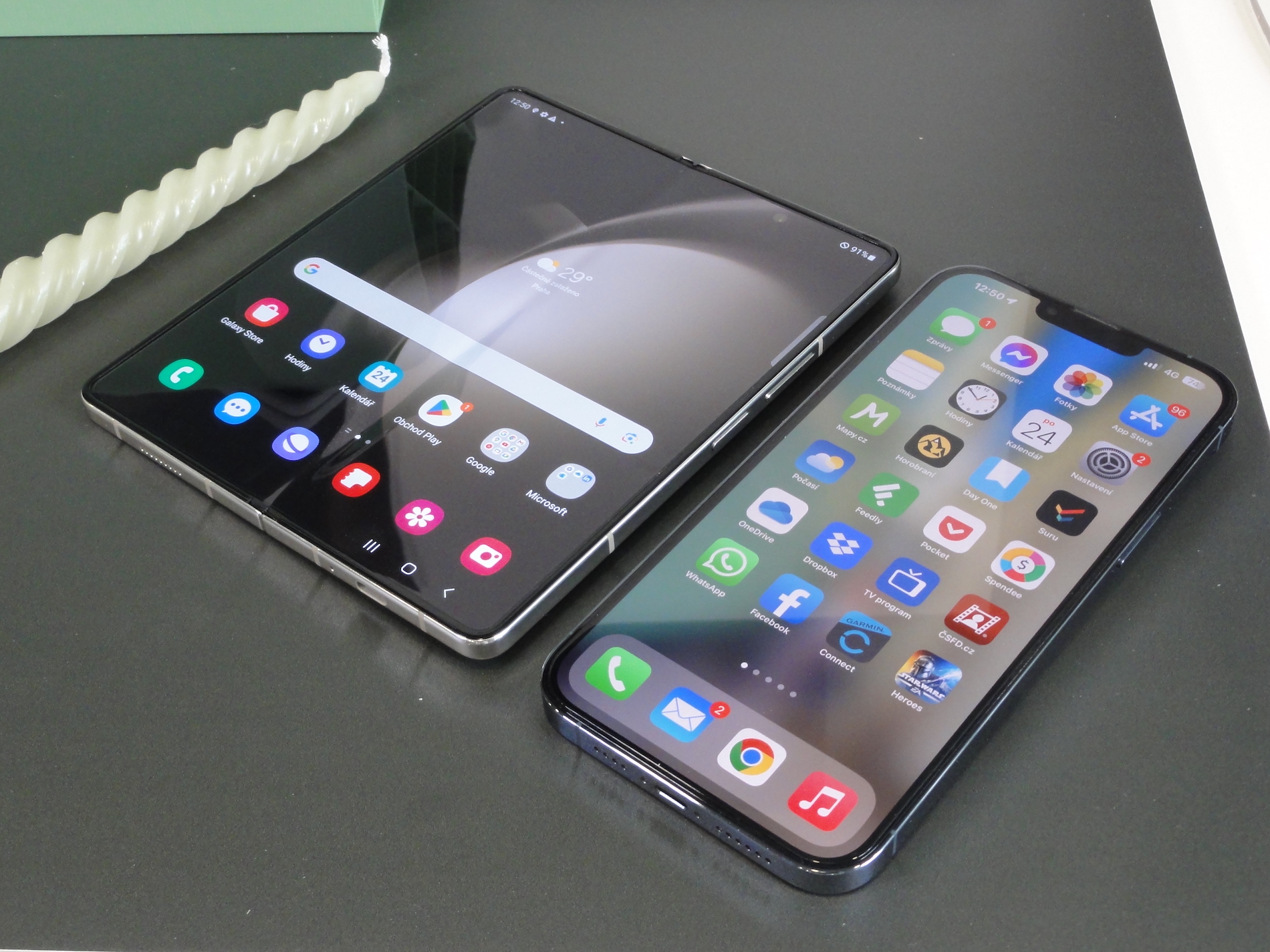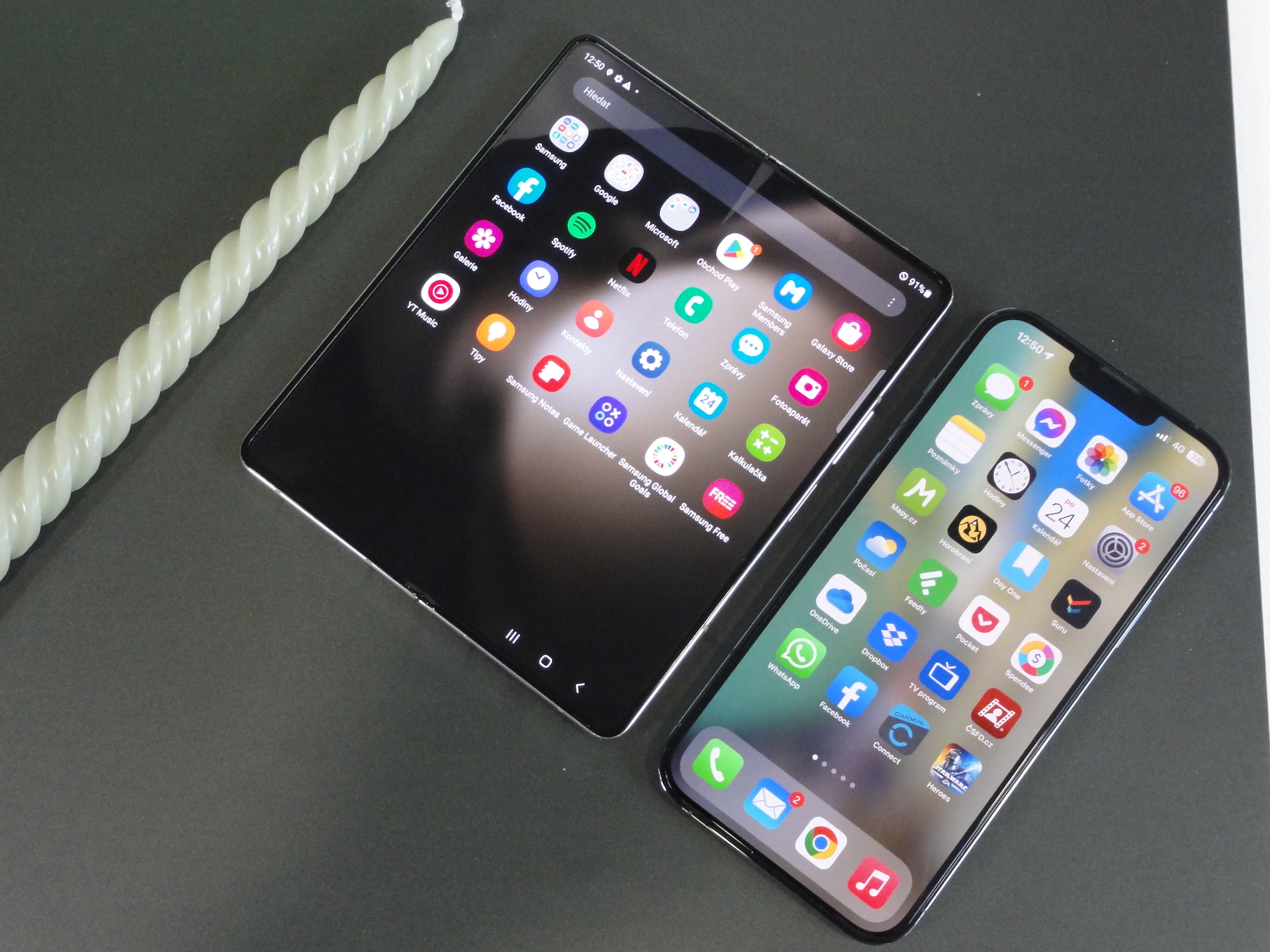How big is really ideal? Is it true that bigger is better? For mobile phones, yes. Many manufacturers label their largest phones with the nicknames Max, Plus, Ultra, Pro just to give the customer the impression of exclusivity. But even size has its ills, and we may feel them with iPhones as early as next year.
According to more resources iPhone 16 Pro and iPhone 16 Pro Max are expected to have larger display sizes. Specifically, the iPhone 16 Pro should get a 6,27-inch display (which will be rounded to 6,3), while the iPhone 16 Pro Max should have a 6,85-inch display (so rounded to 6,9). In round terms, this is a diagonal increase of the display by 5 mm.
Weight increases with size
But can Apple shrink the bezels even more so that it actually increases the display, but the size of the device has increased only minimally? The advantage of iPhones is in their rounded corners. When you compare the iPhone 15 Pro Max with the 0,1" larger Samsung Galaxy S23 Ultra, the latter looks like a giant. The diagonal increase of 2,54 mm is also noticeable on the overall body, which is 3,5 mm higher, by 1,4 .0,6 mm wider and 13 mm deeper. Samsung is also heavier, by XNUMX g.
Apple got rid of its only true compact iPhone when it did not present the iPhone 14 mini, but rather the large iPhone 14 Plus. And the company in general was against enlargement and only caught this trend several years later. But starting with iPhone 6, it offered a choice of at least two sizes, later three, so that now it only had 6,1 and 6,7" variants of iPhones.
If we look at the iPhone 14 Pro Max and if you've held it or are holding it in your hand, it's a device that's really heavy. It weighs 240 g for a regular smartphone, which is really a lot (Galaxy S23 Ultra has 234 g). By replacing steel with titanium, Apple was able to shed a lot of weight in the current generation, but next year it could gain weight again by increasing the size. At the same time, the current iPhone 15 Pro Max has a perfectly balanced size and weight.
We are different and someone will certainly appreciate even bigger phones. Those who would like really compact ones, i.e. under 6", are really few, which also applies in general, because if someone presents such a small phone, it is definitely not a sales blockbuster. We can argue about whether 6,3" is still compact. However, if Apple really increases the size of the Pro versions of the iPhones and remains the same in the basic series, it could be an interesting differentiation of the portfolio. Having a choice of four diagonals of the current offer may not be bad, I'm just afraid that the 6,9 will really be too much.
It could be interest you

There is a solution here
Diagonals cannot grow to infinity. In one moment, the phone can easily become a tablet. By the way, the iPad mini has a diagonal of 8,3". The solution is self-evident. We want big displays, but small phone sizes. There are already a large number of folding devices on the market, which in this regard are usually referred to as Flip (Fold, on the other hand, is closer to tablets). But Apple doesn't want to venture into these waters yet, and it's certainly a shame, because such devices really have potential.
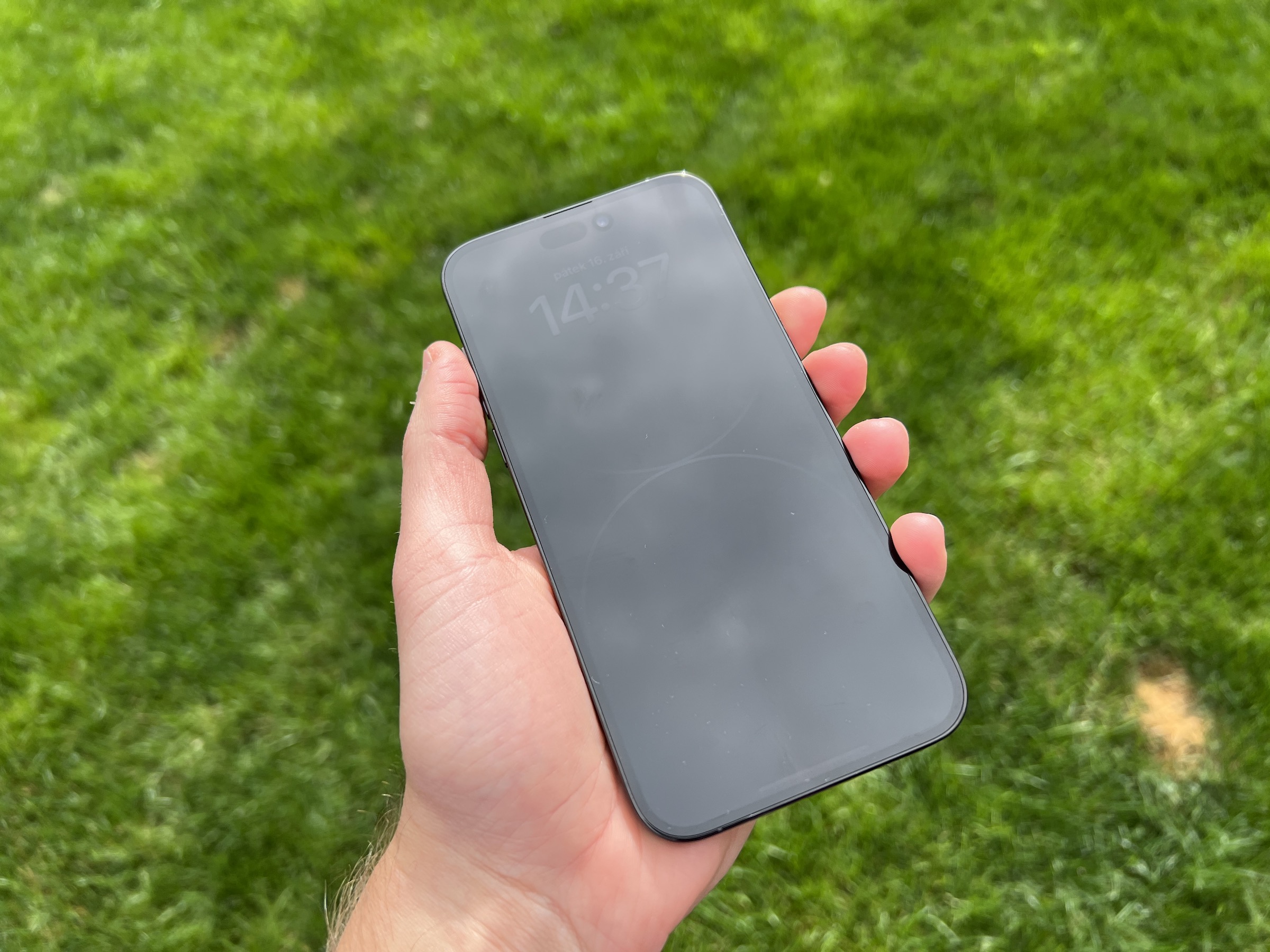
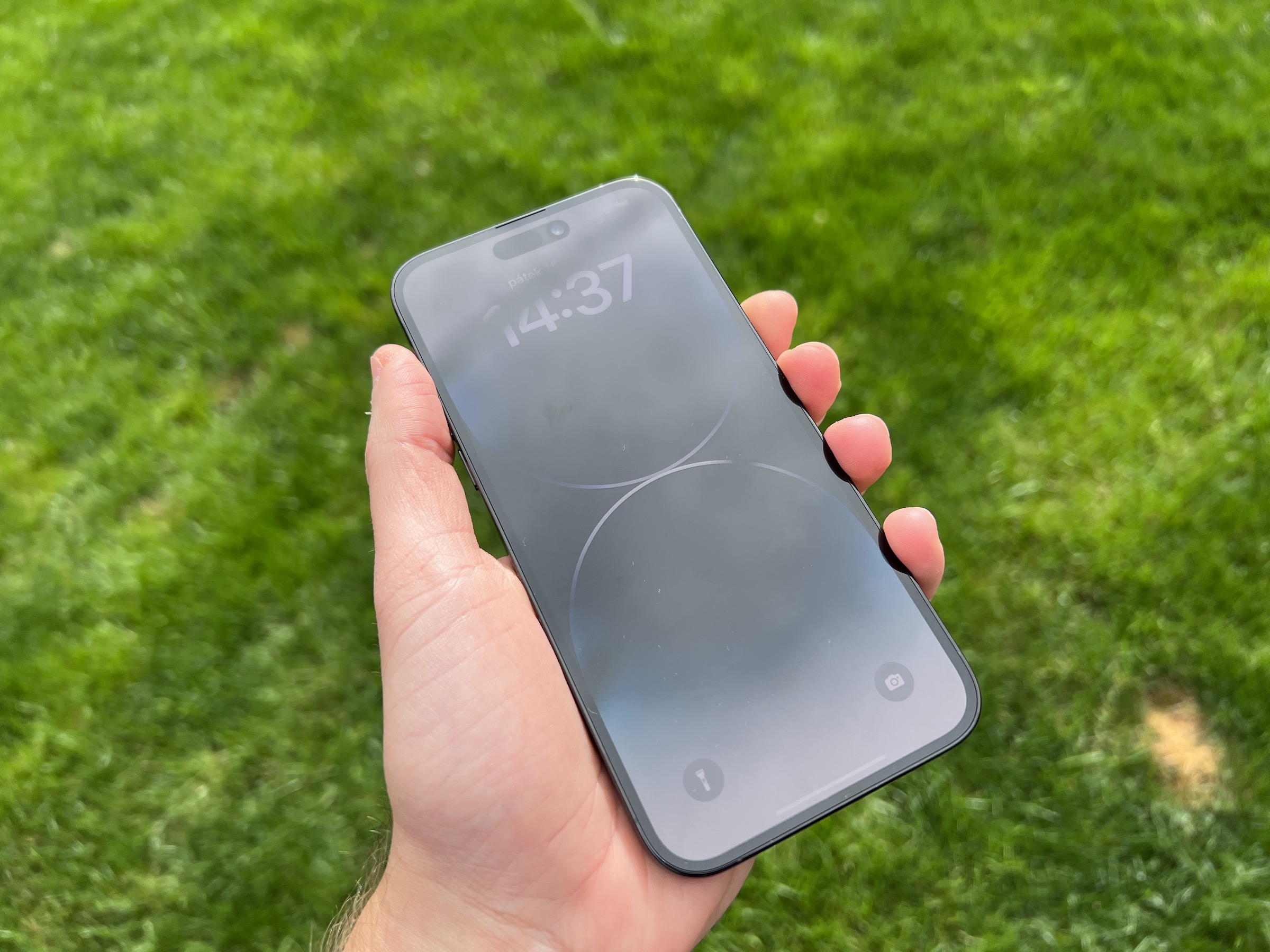
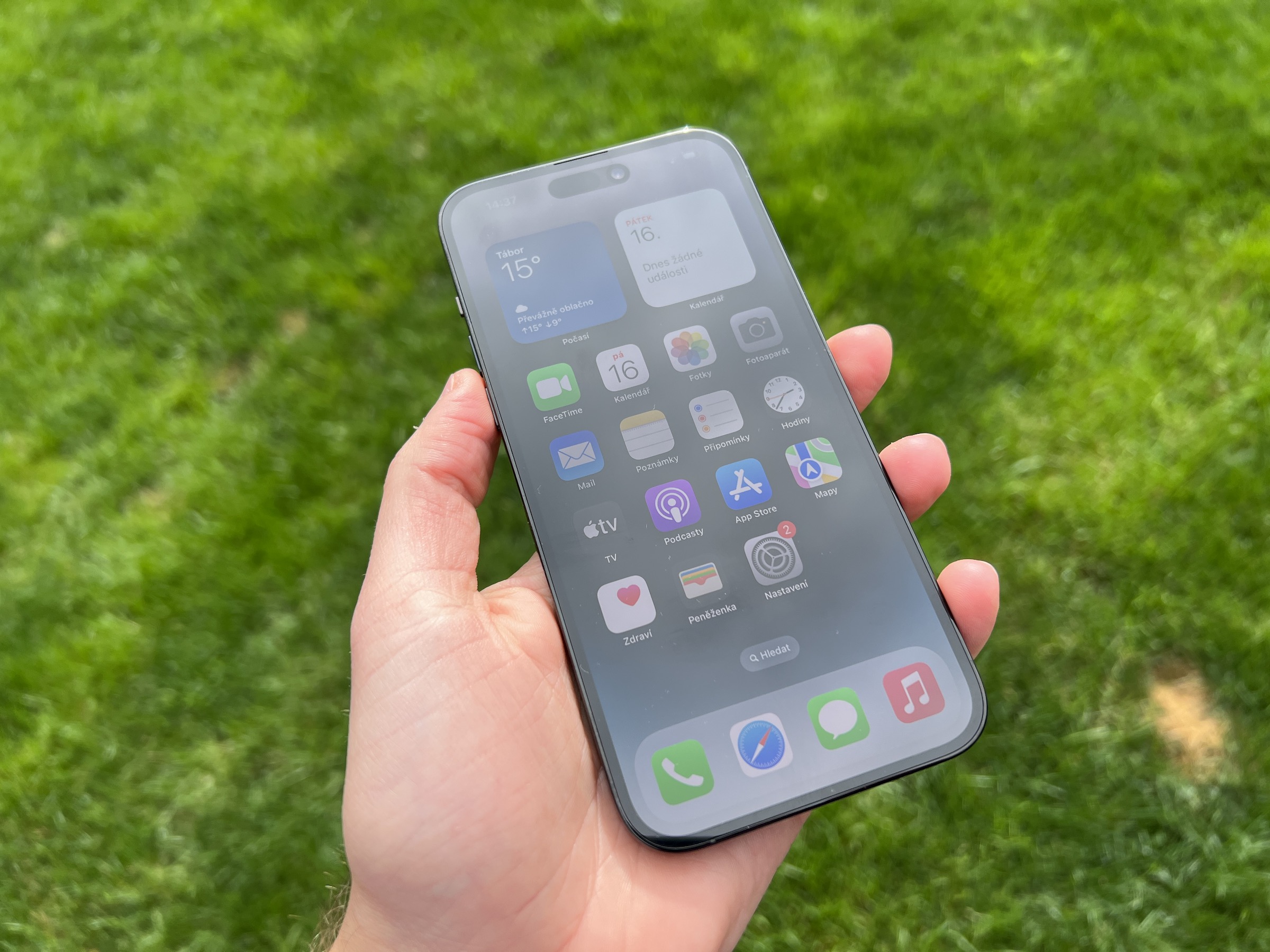
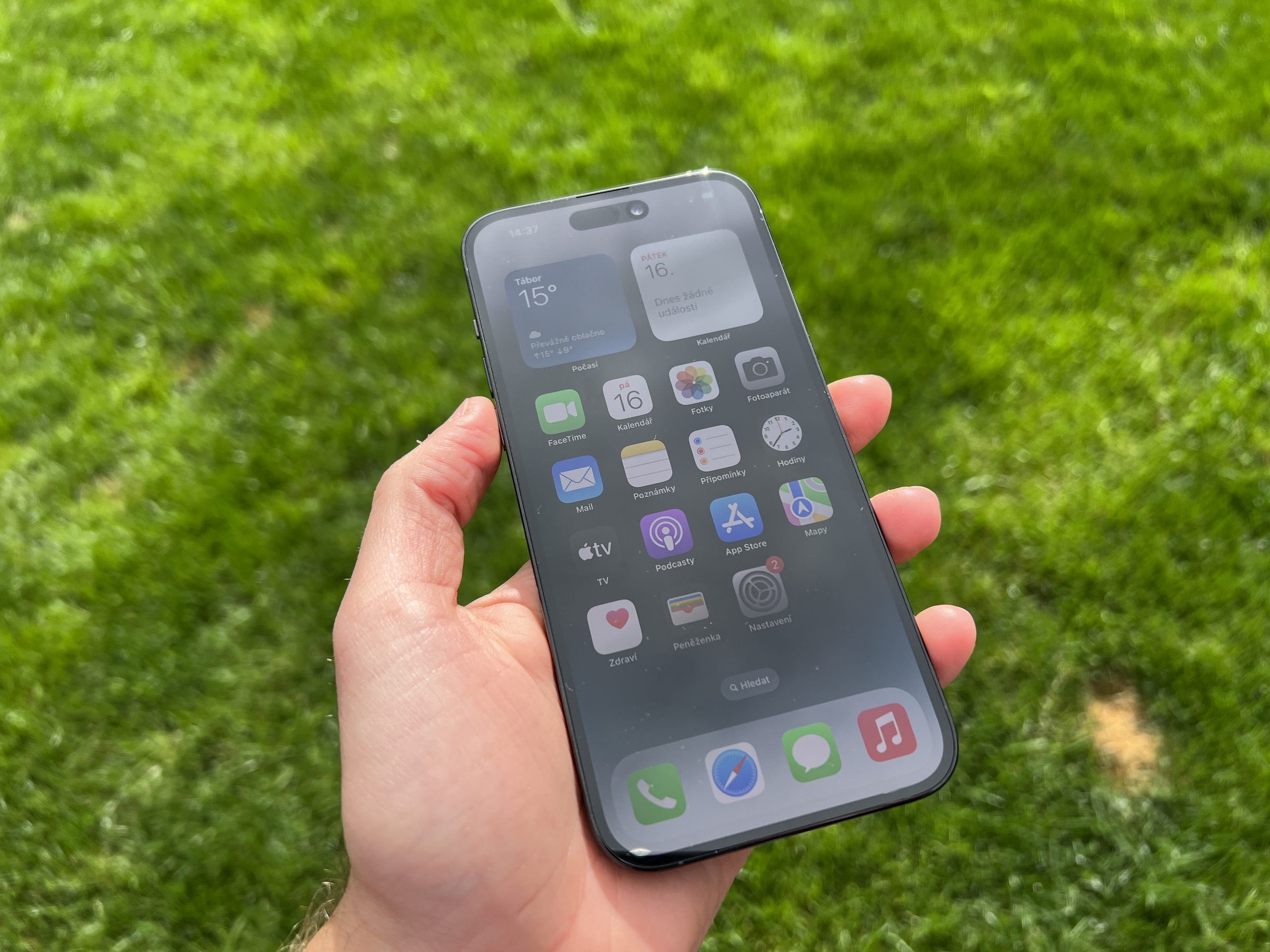
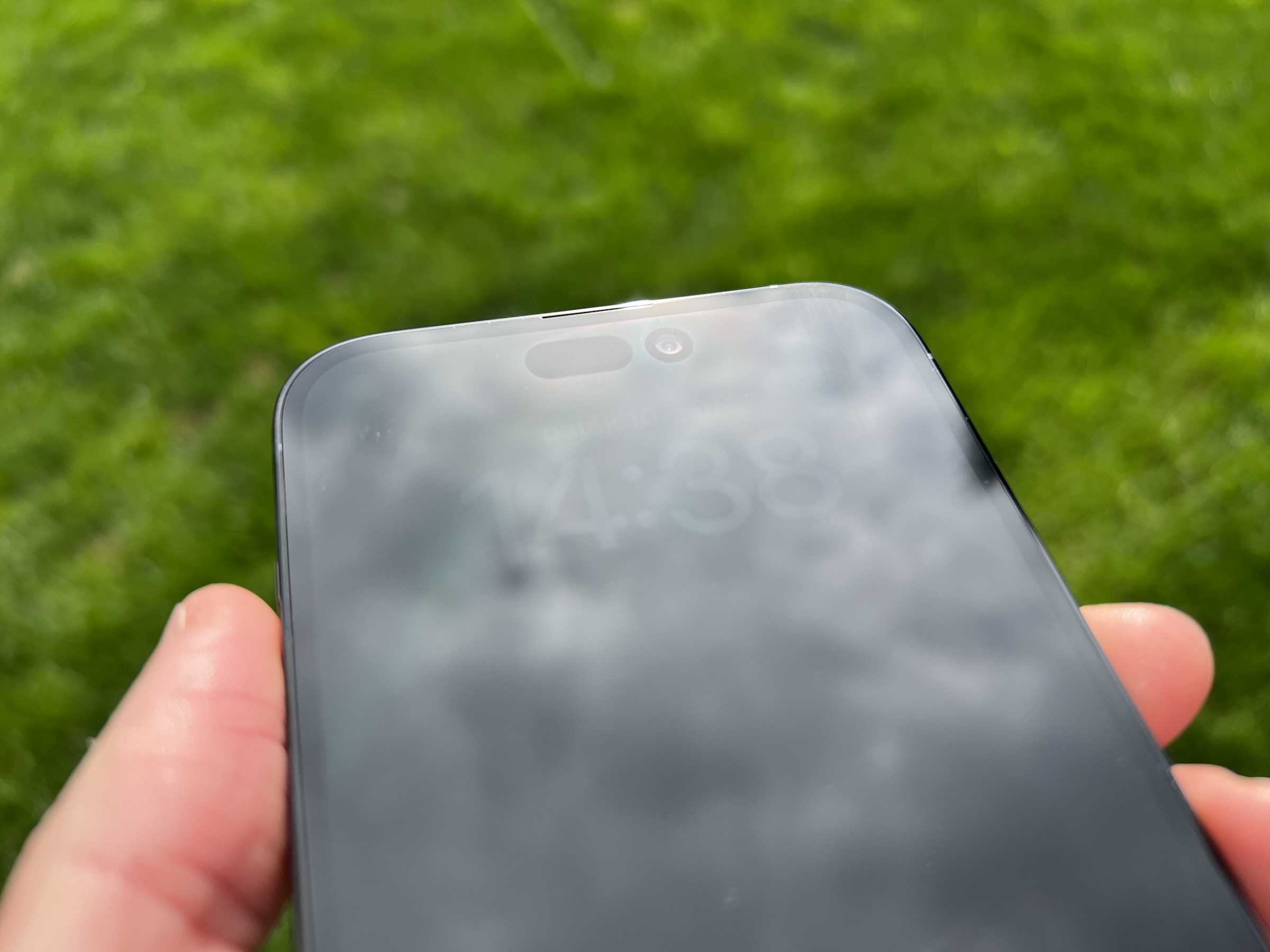
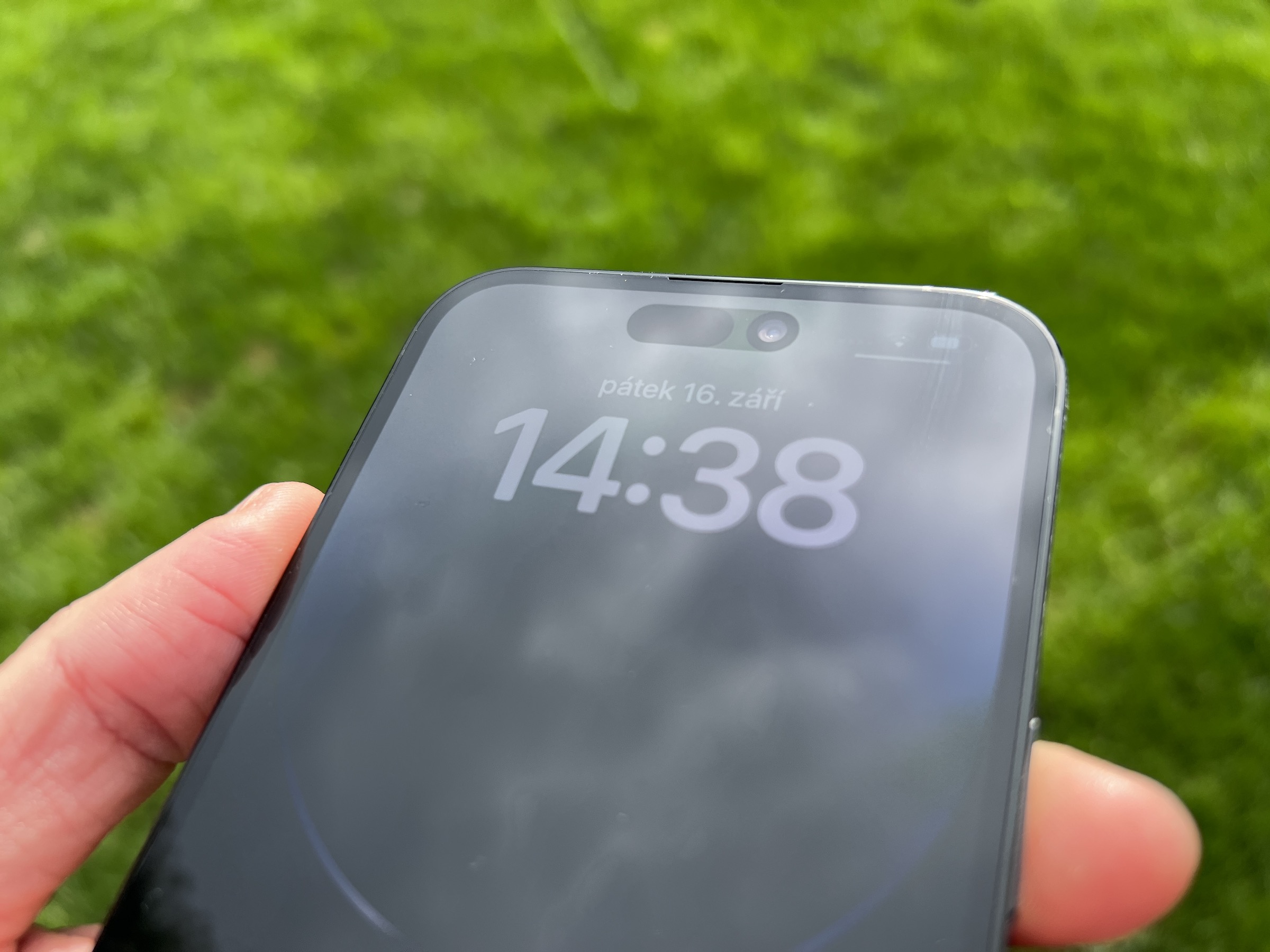
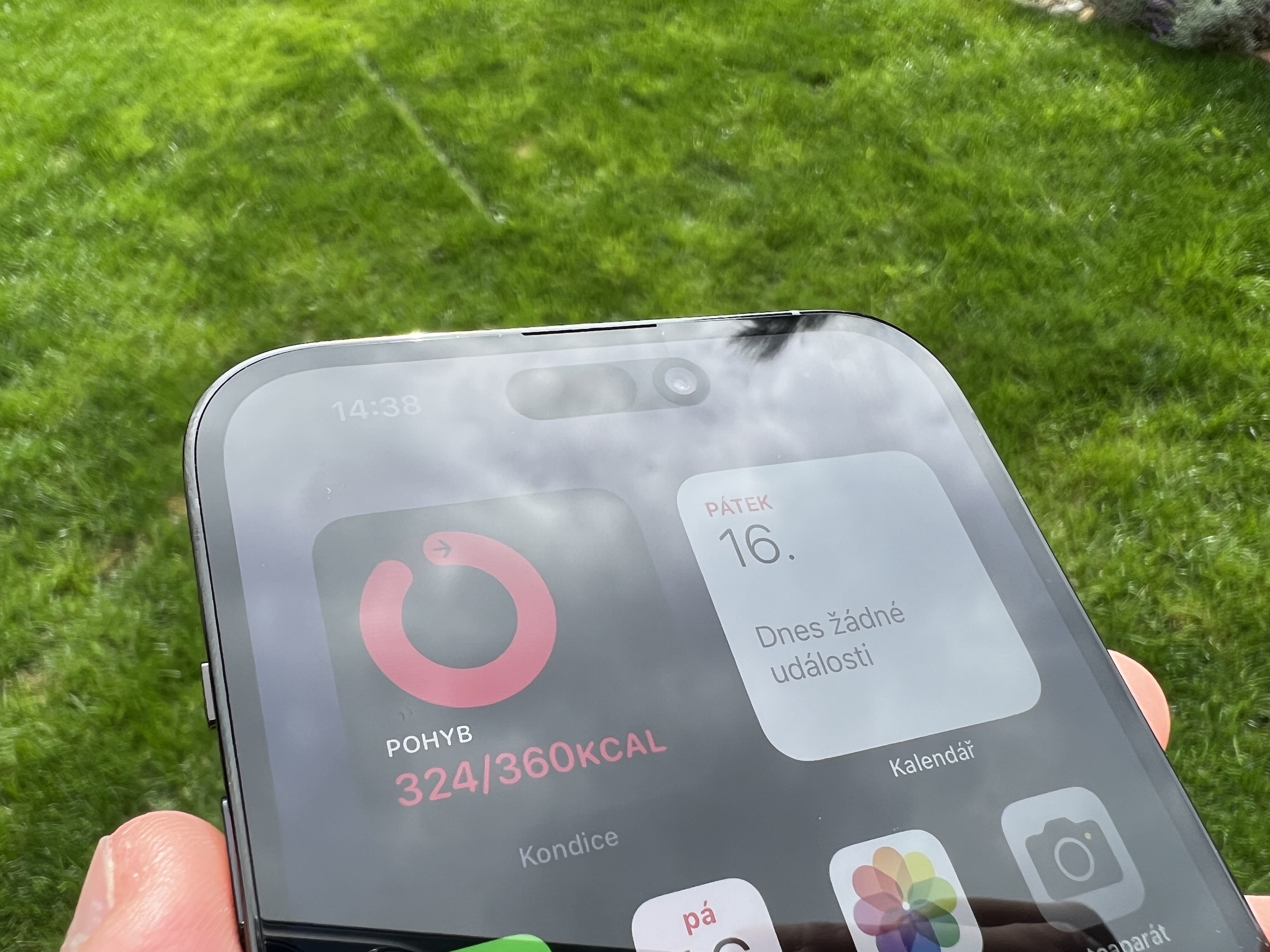

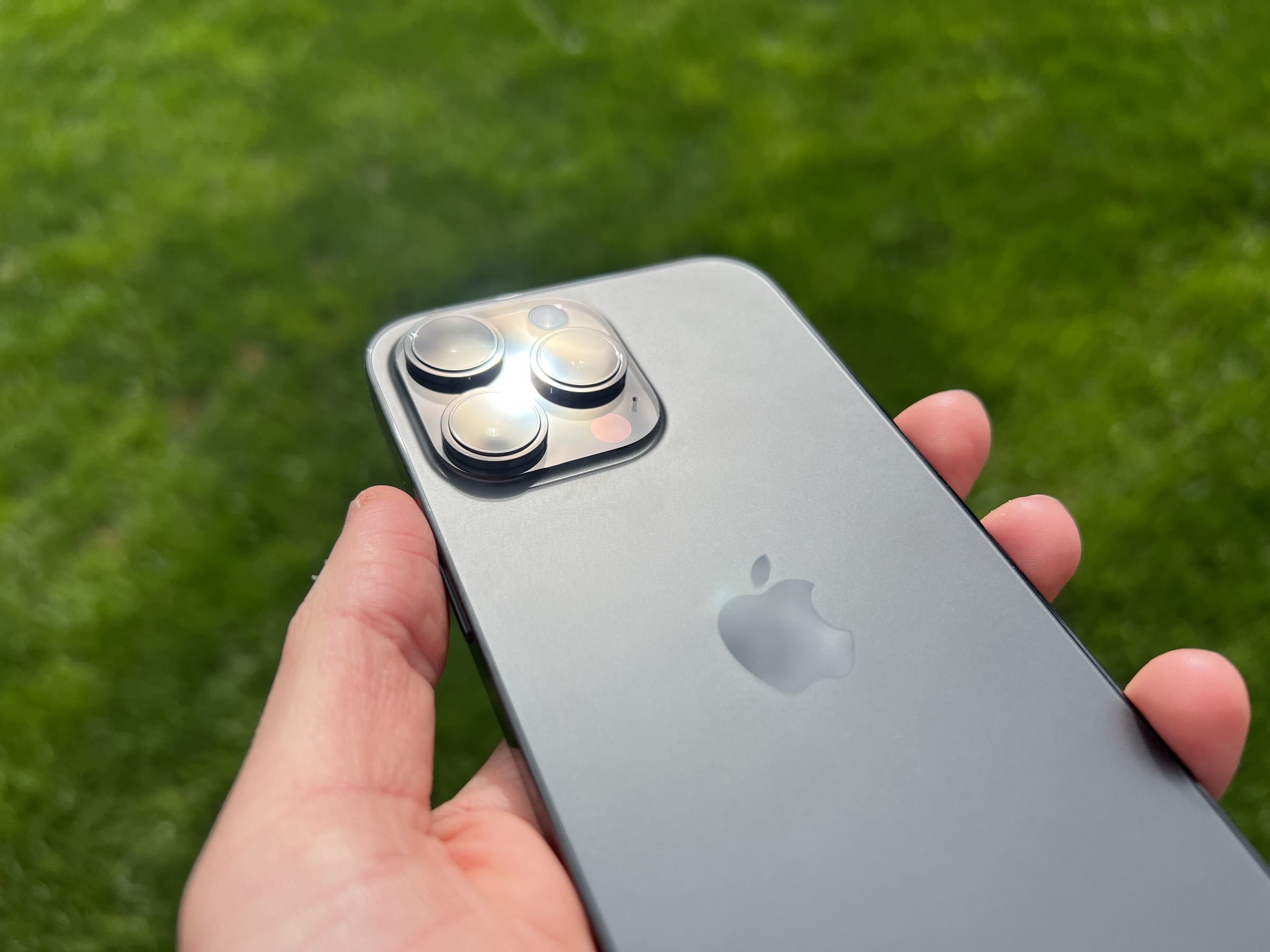
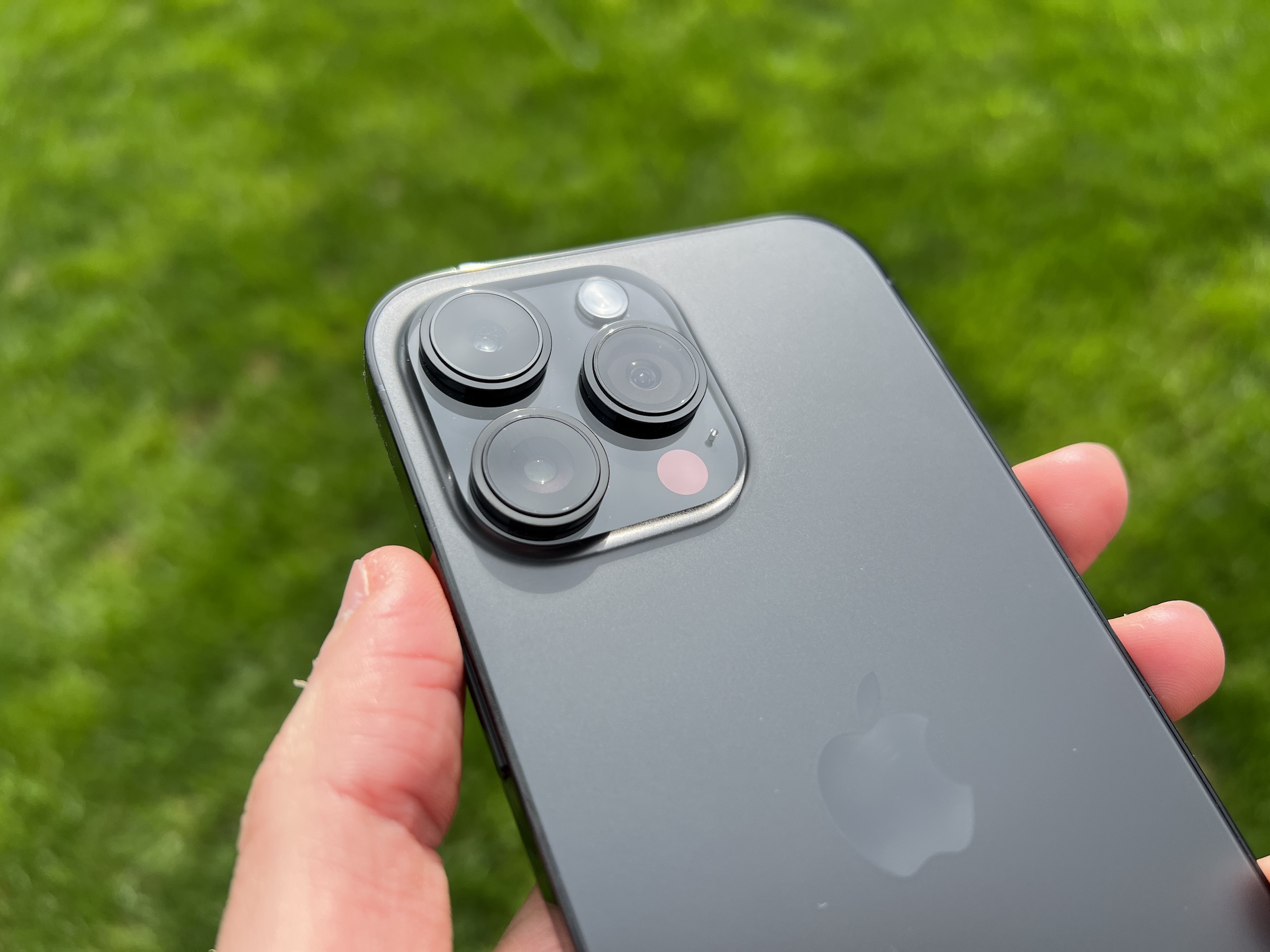
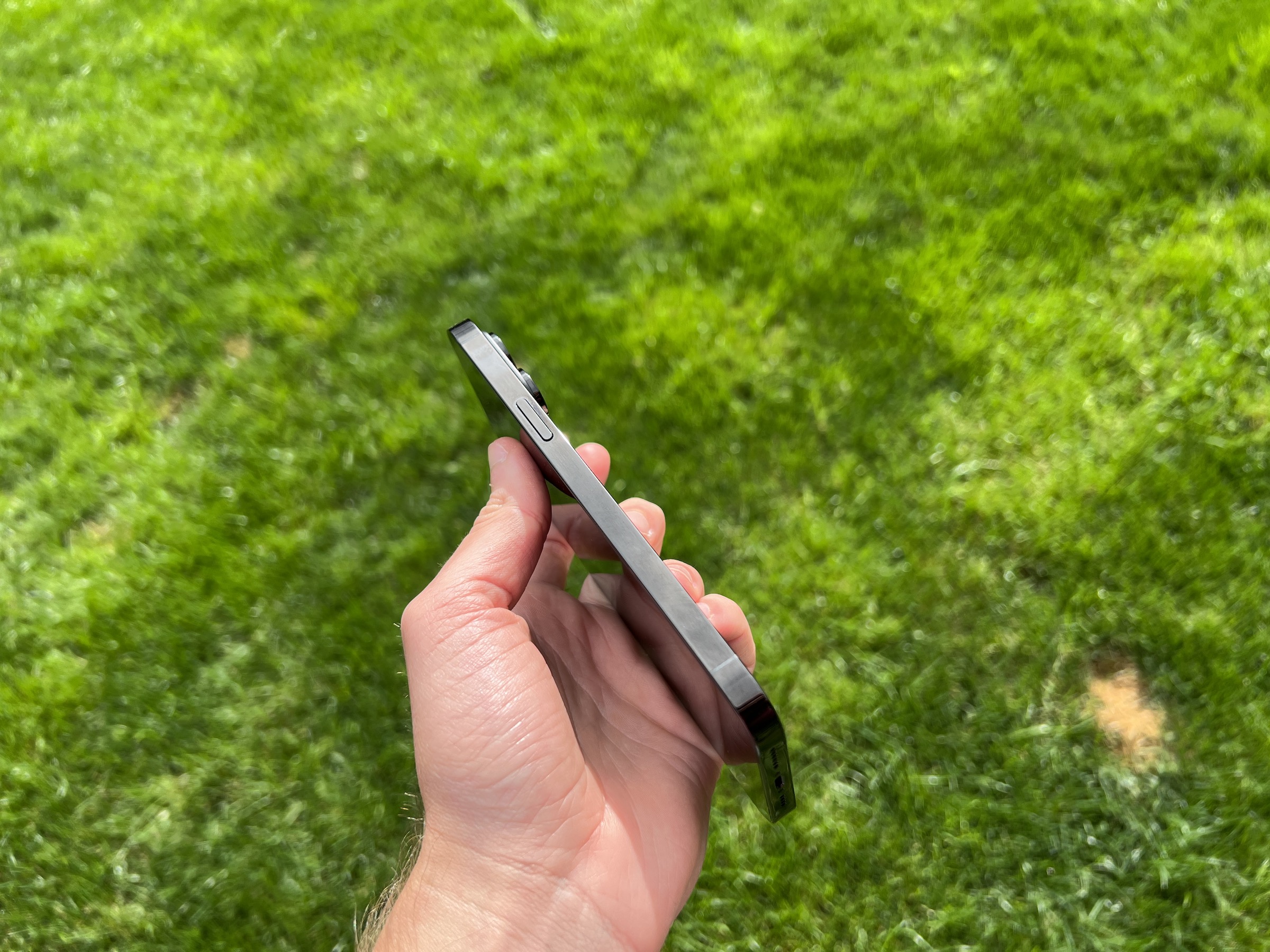
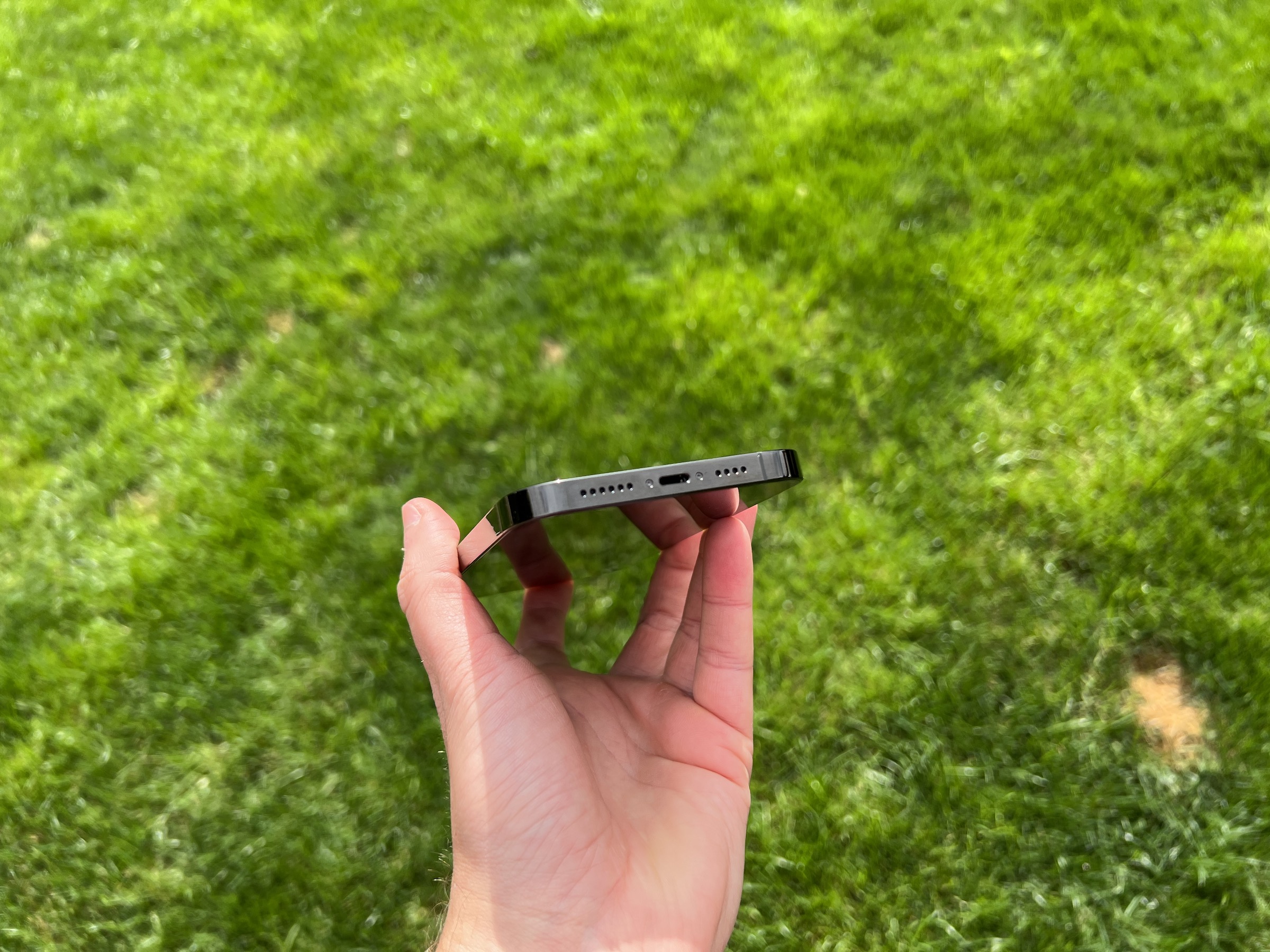
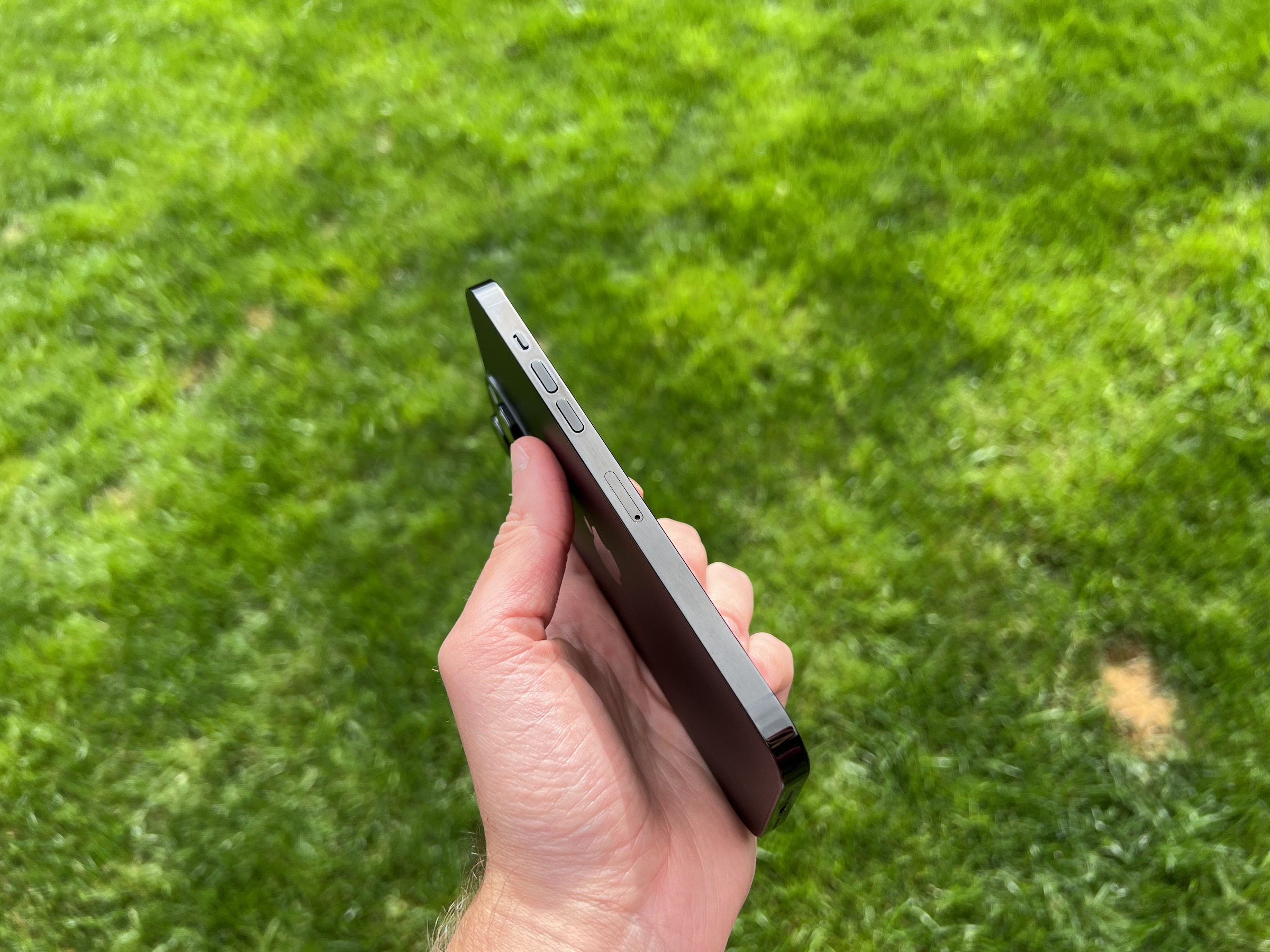
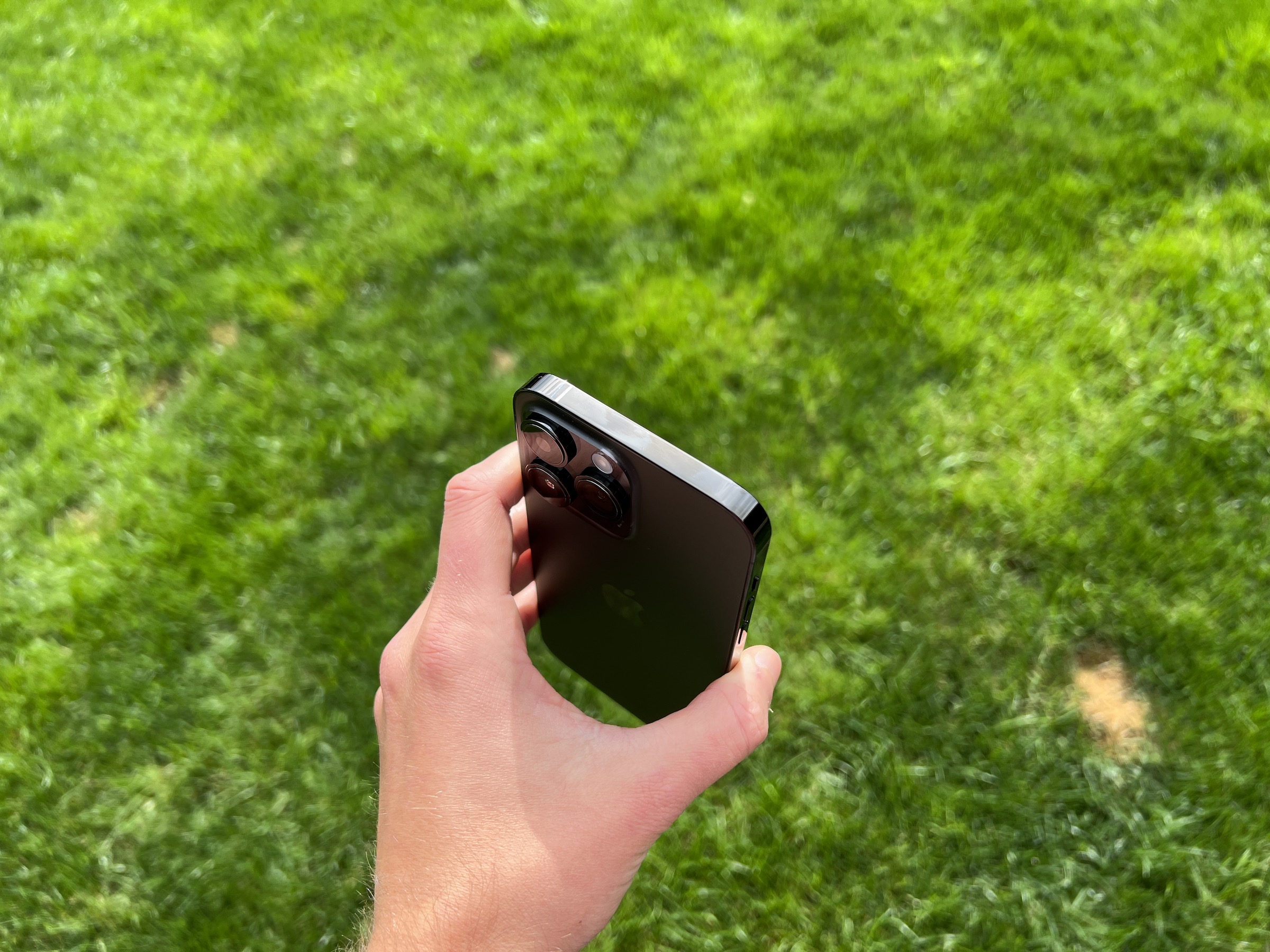
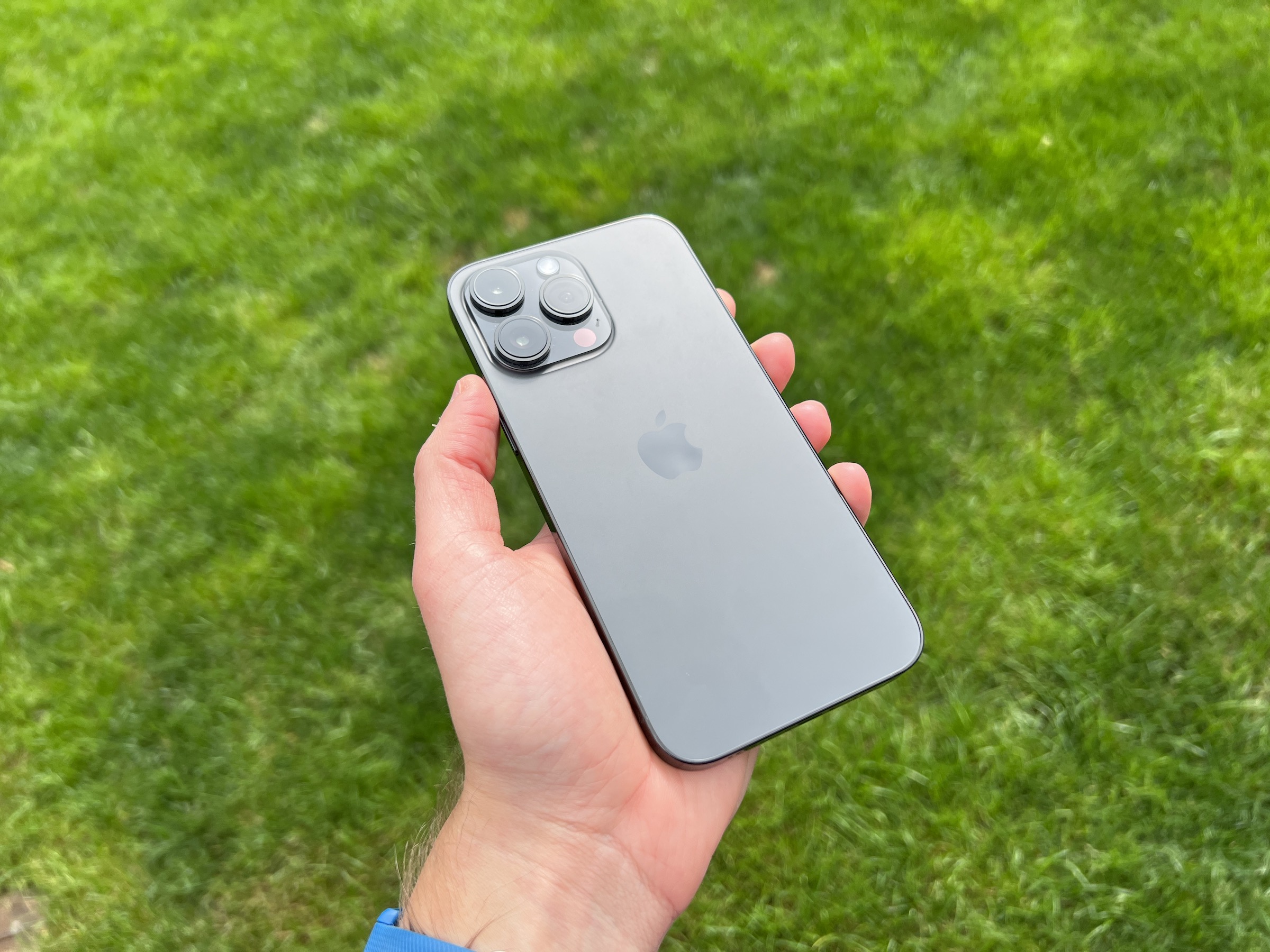
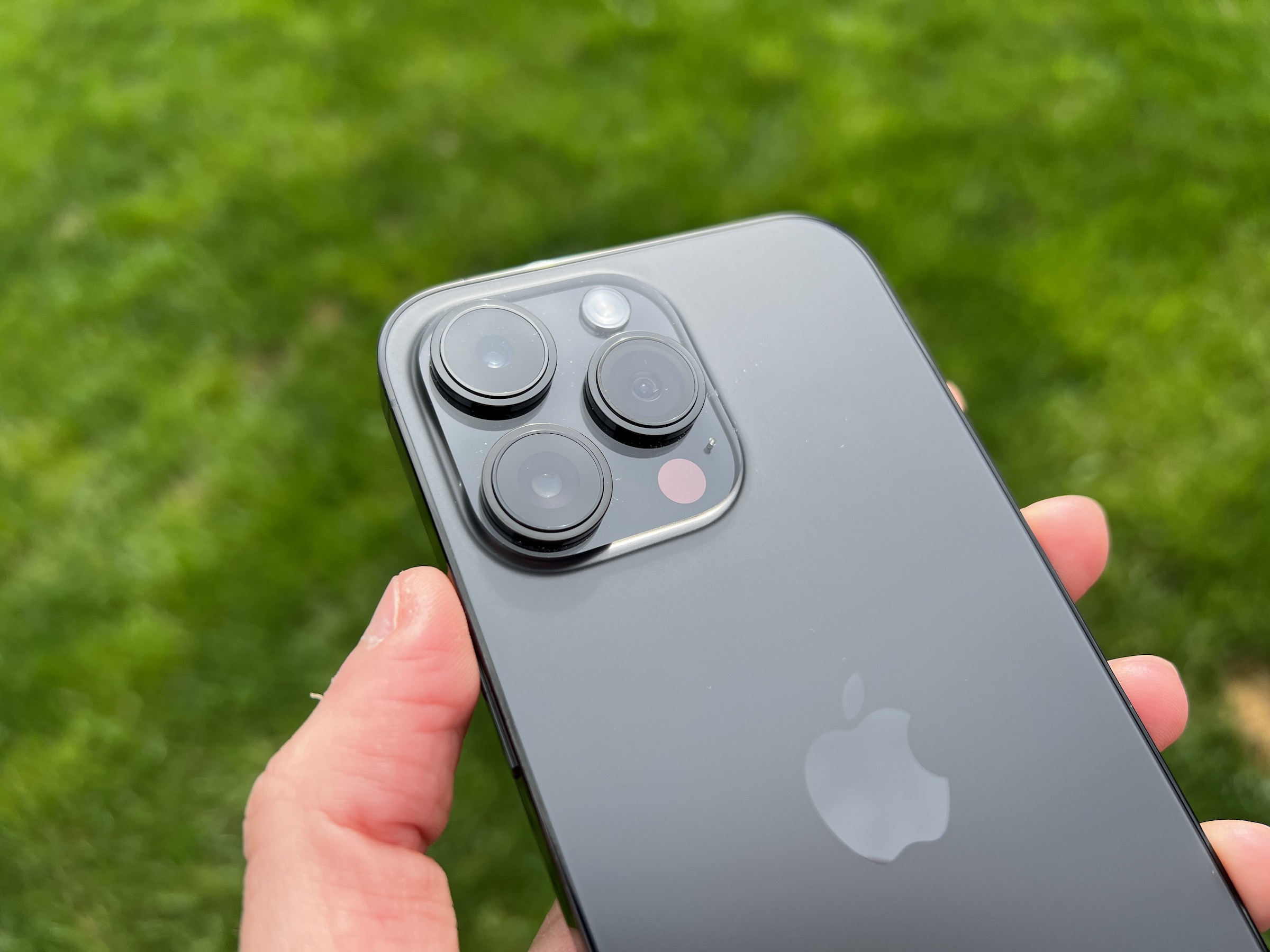
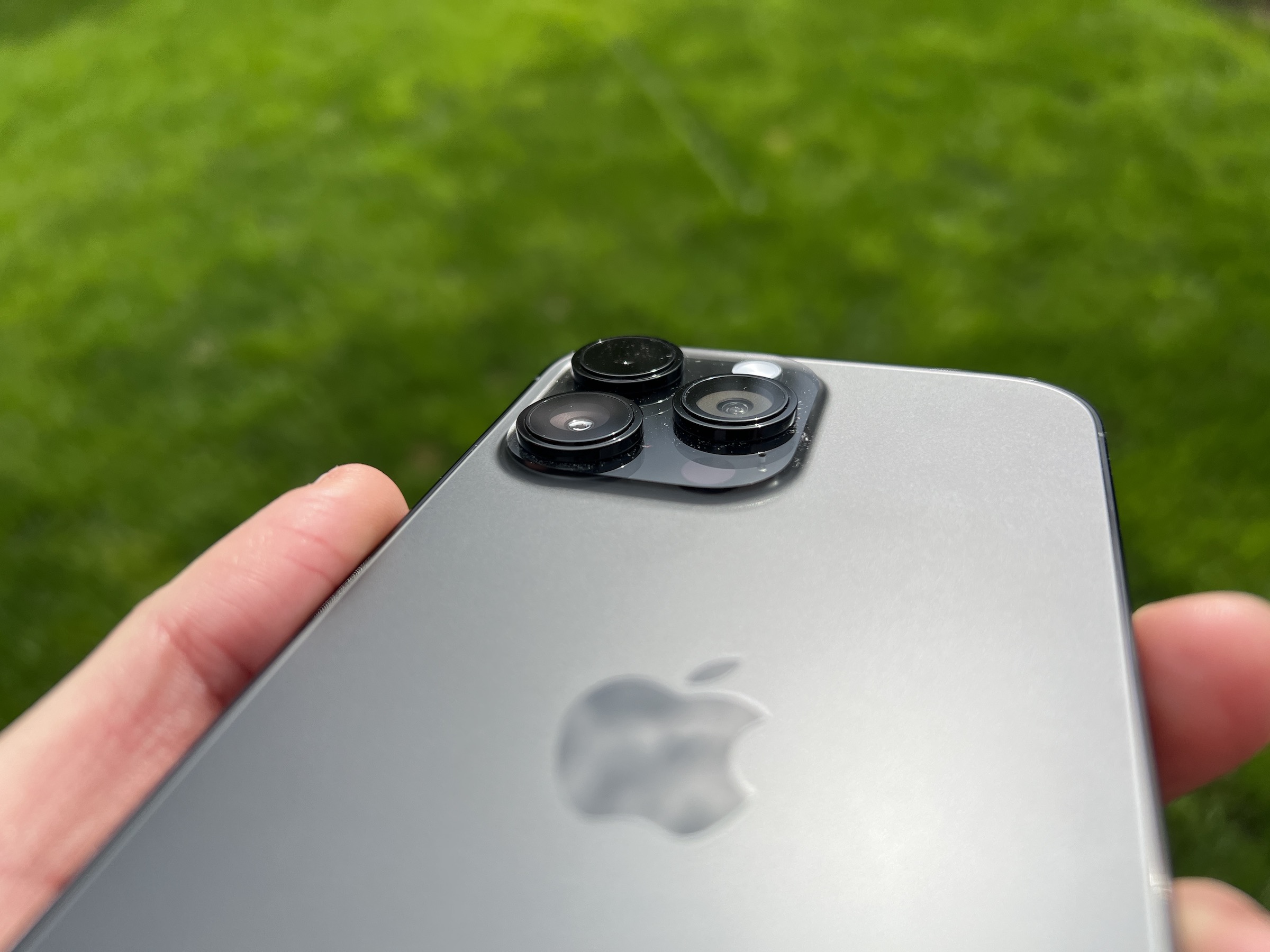

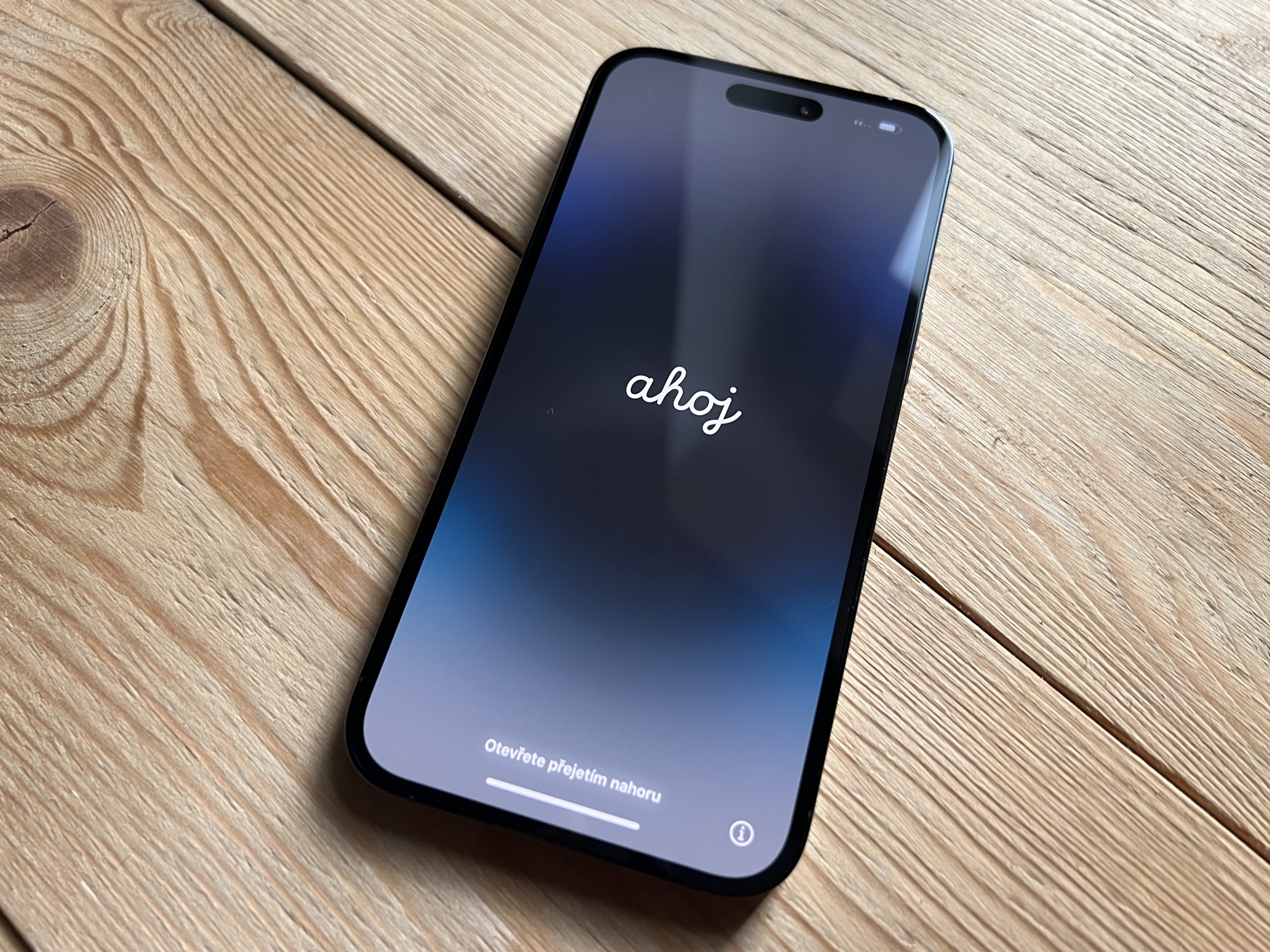
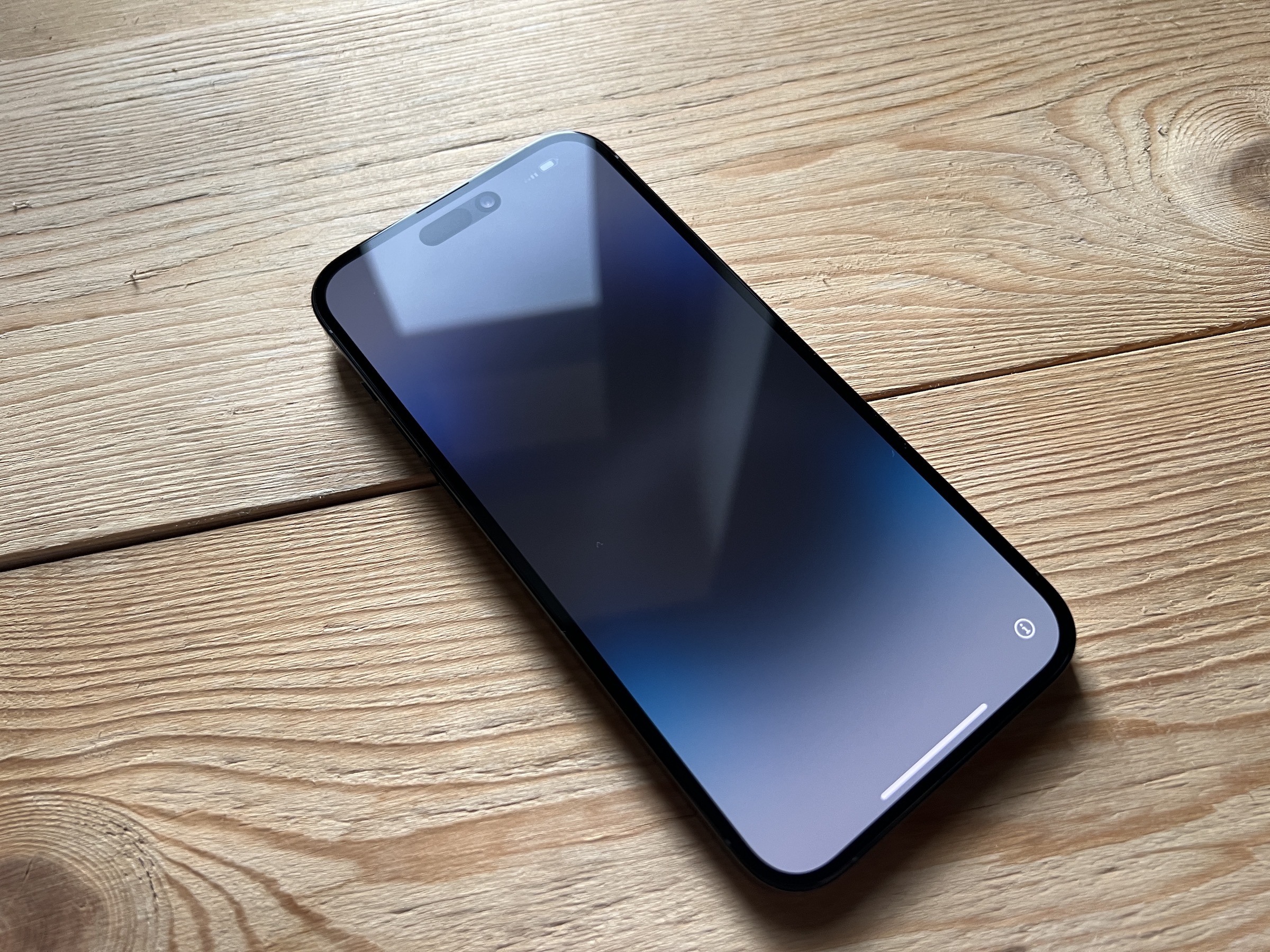
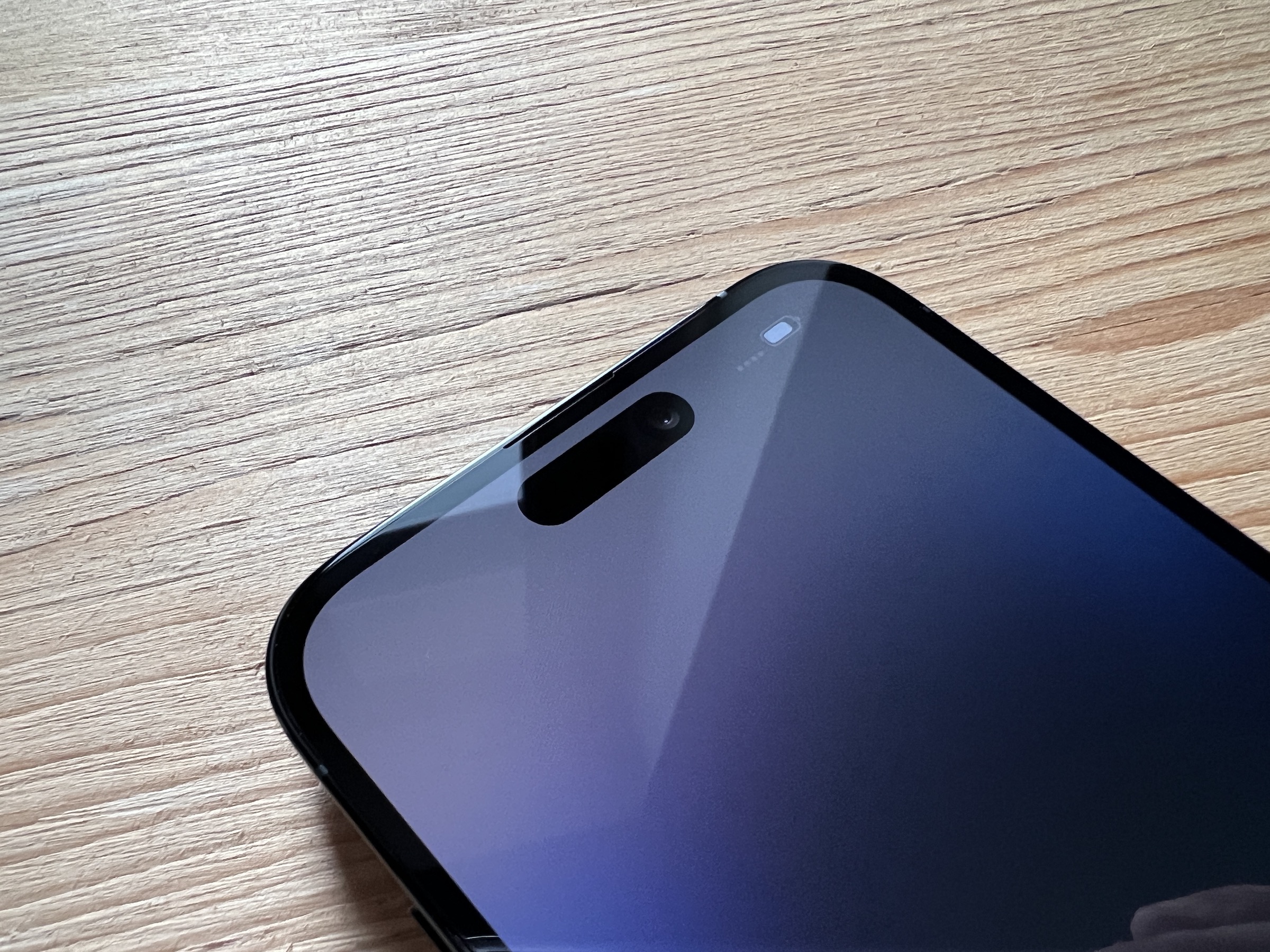
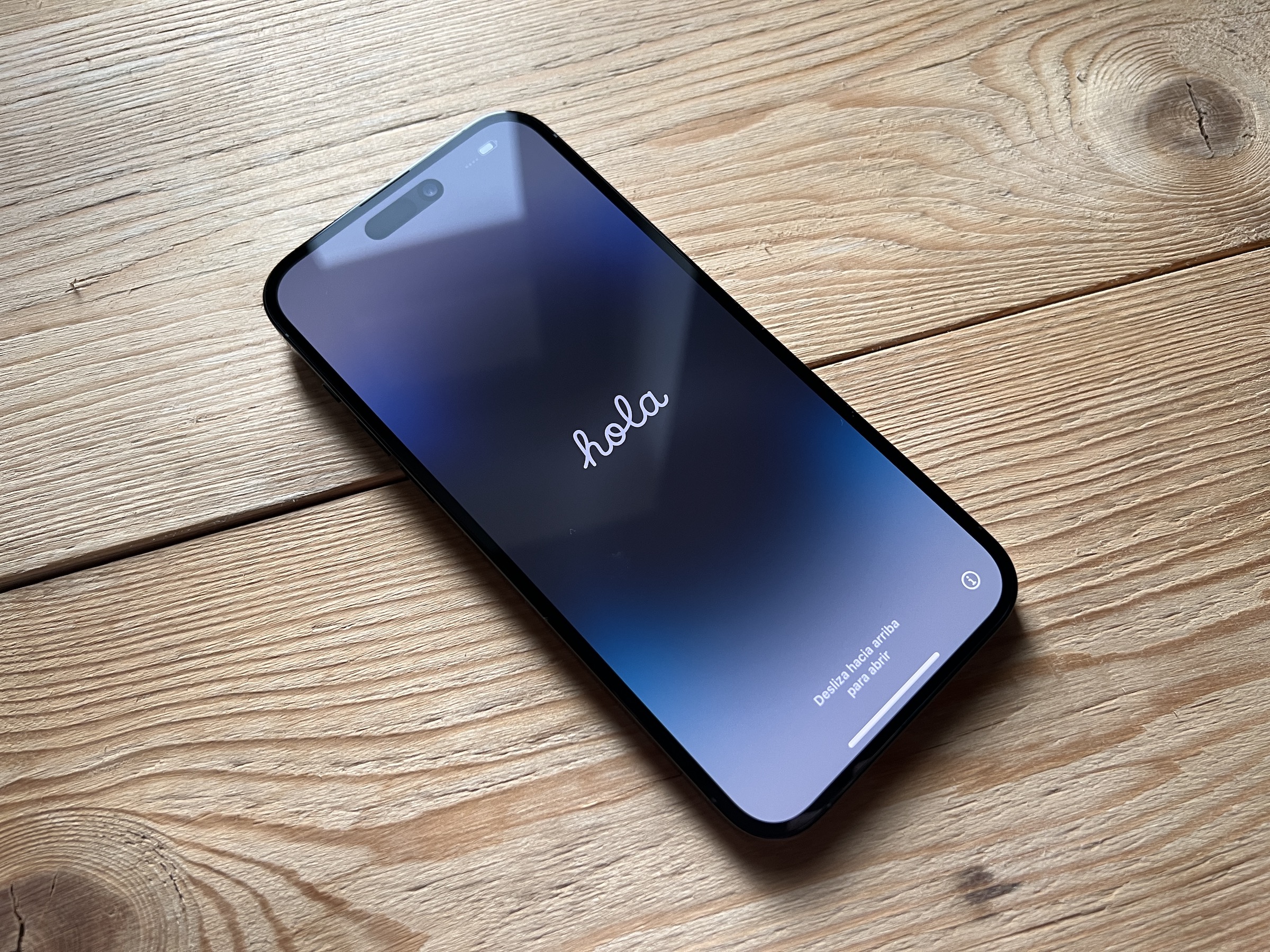
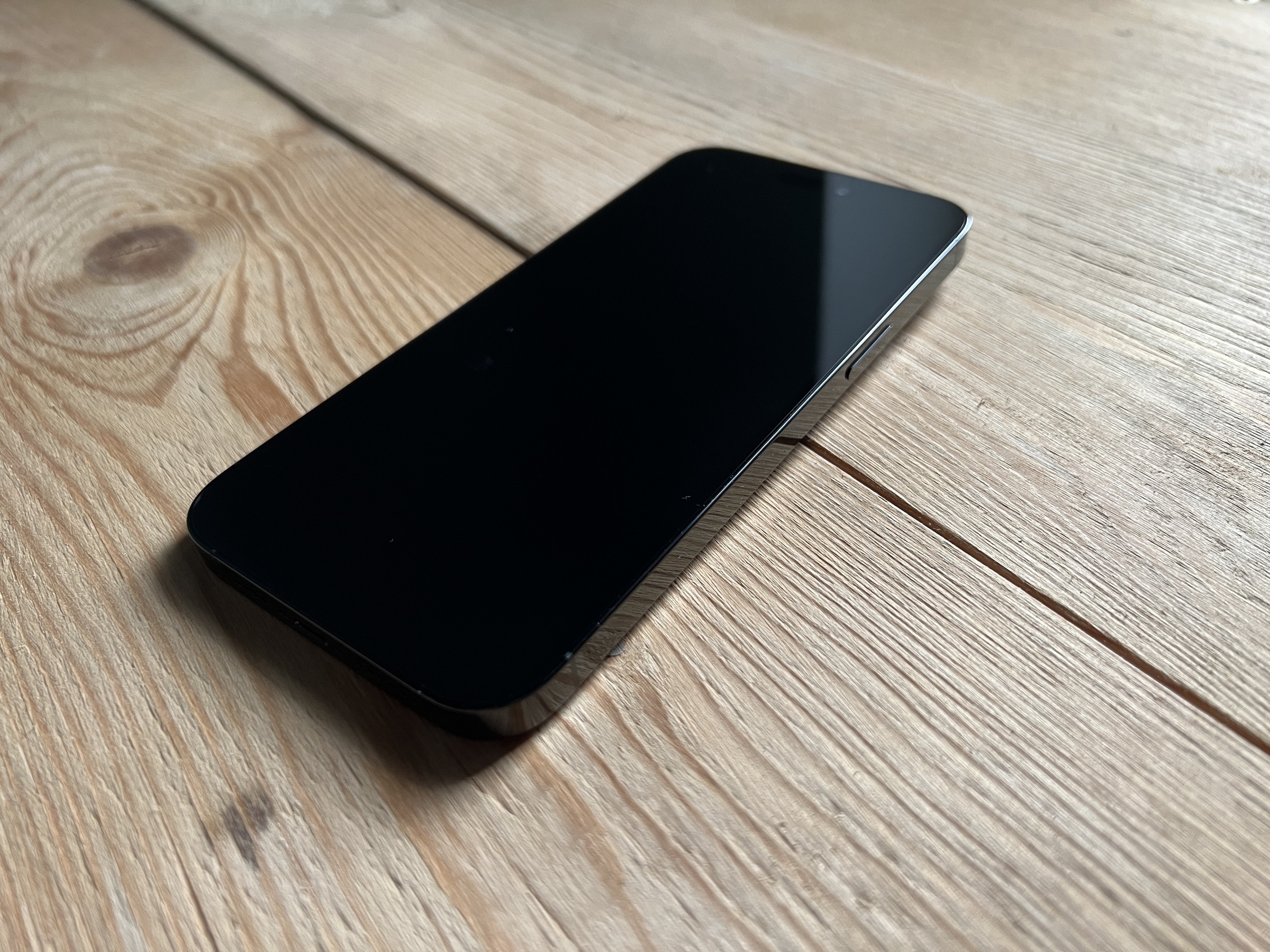
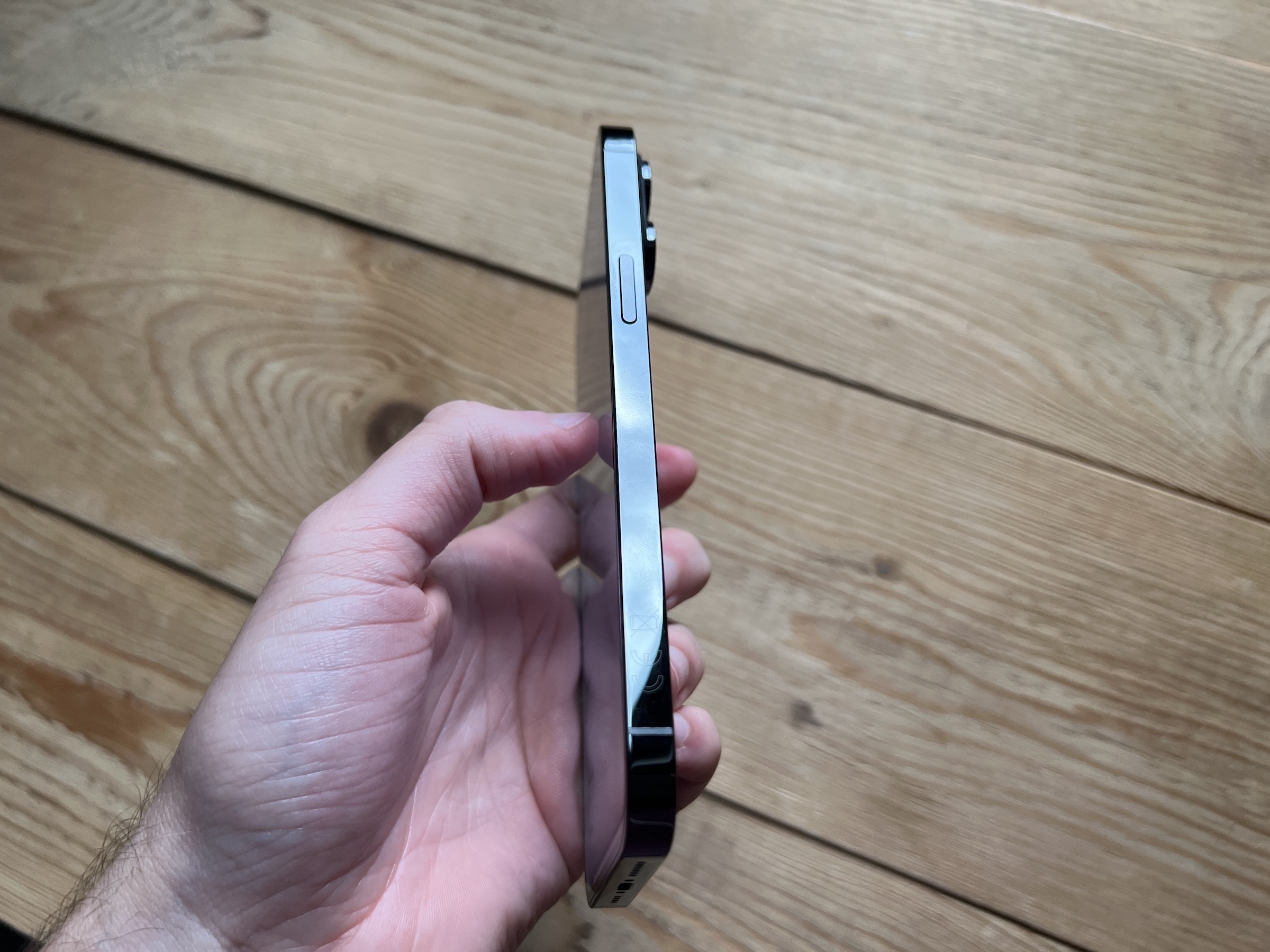
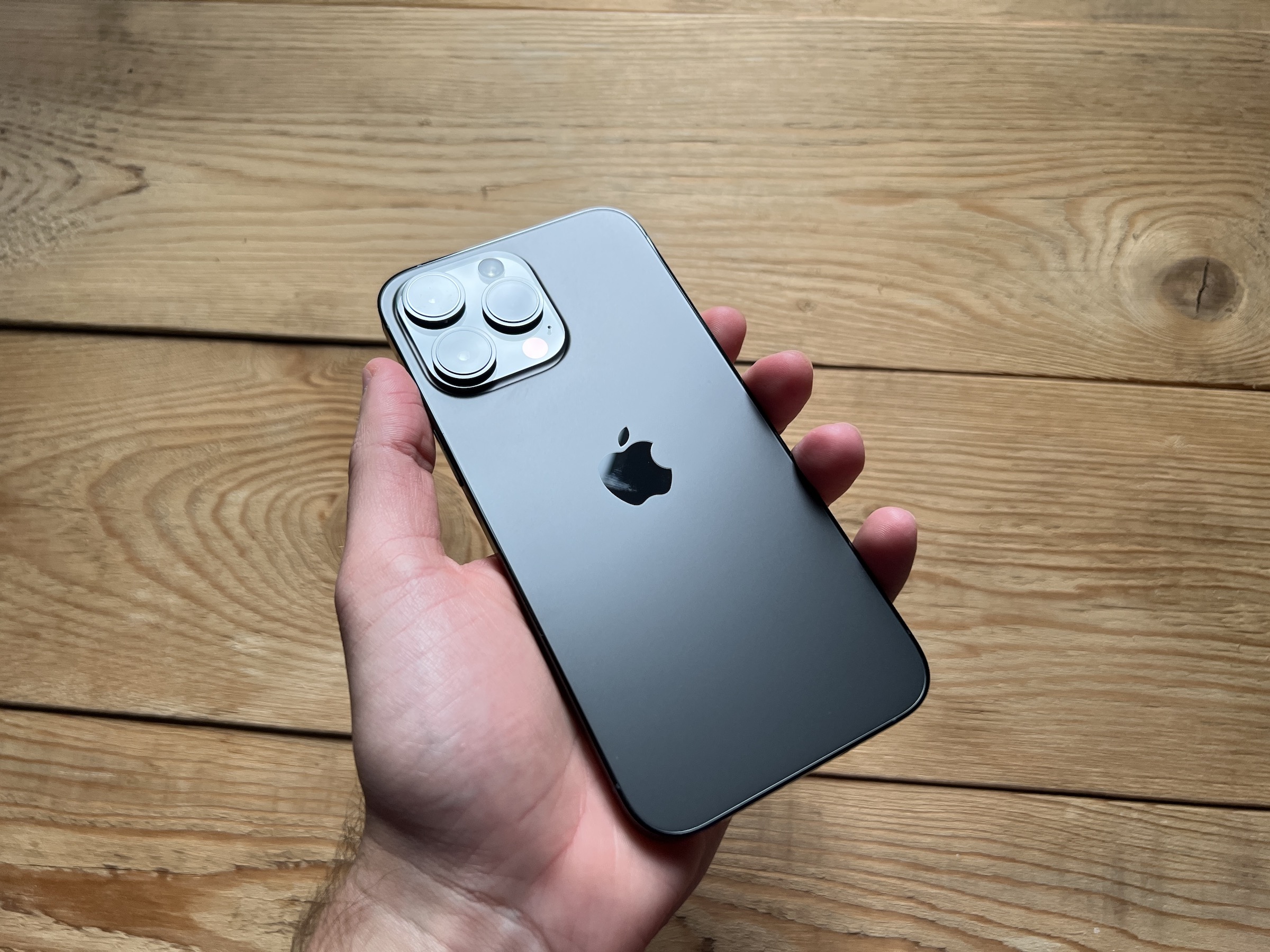

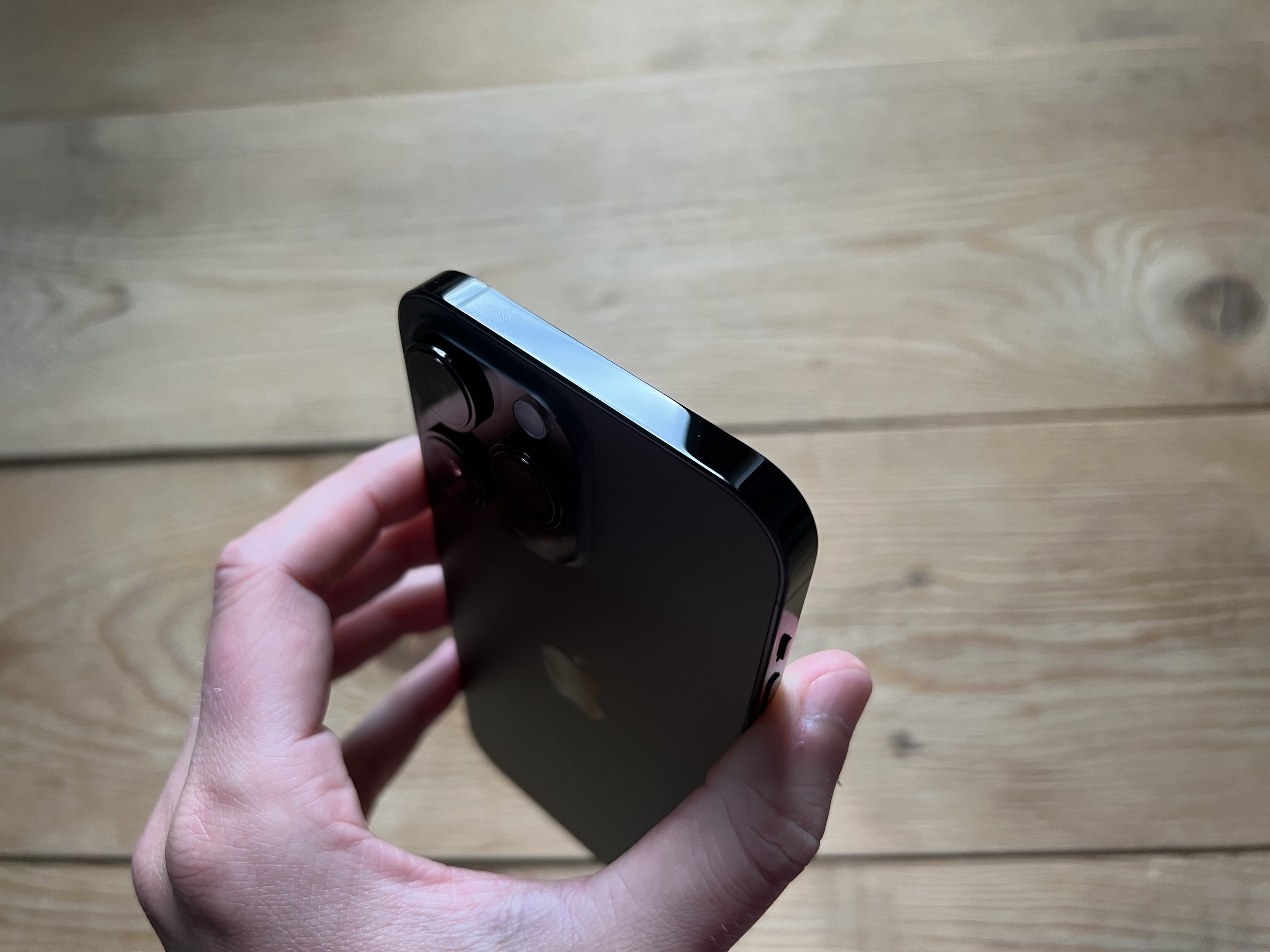
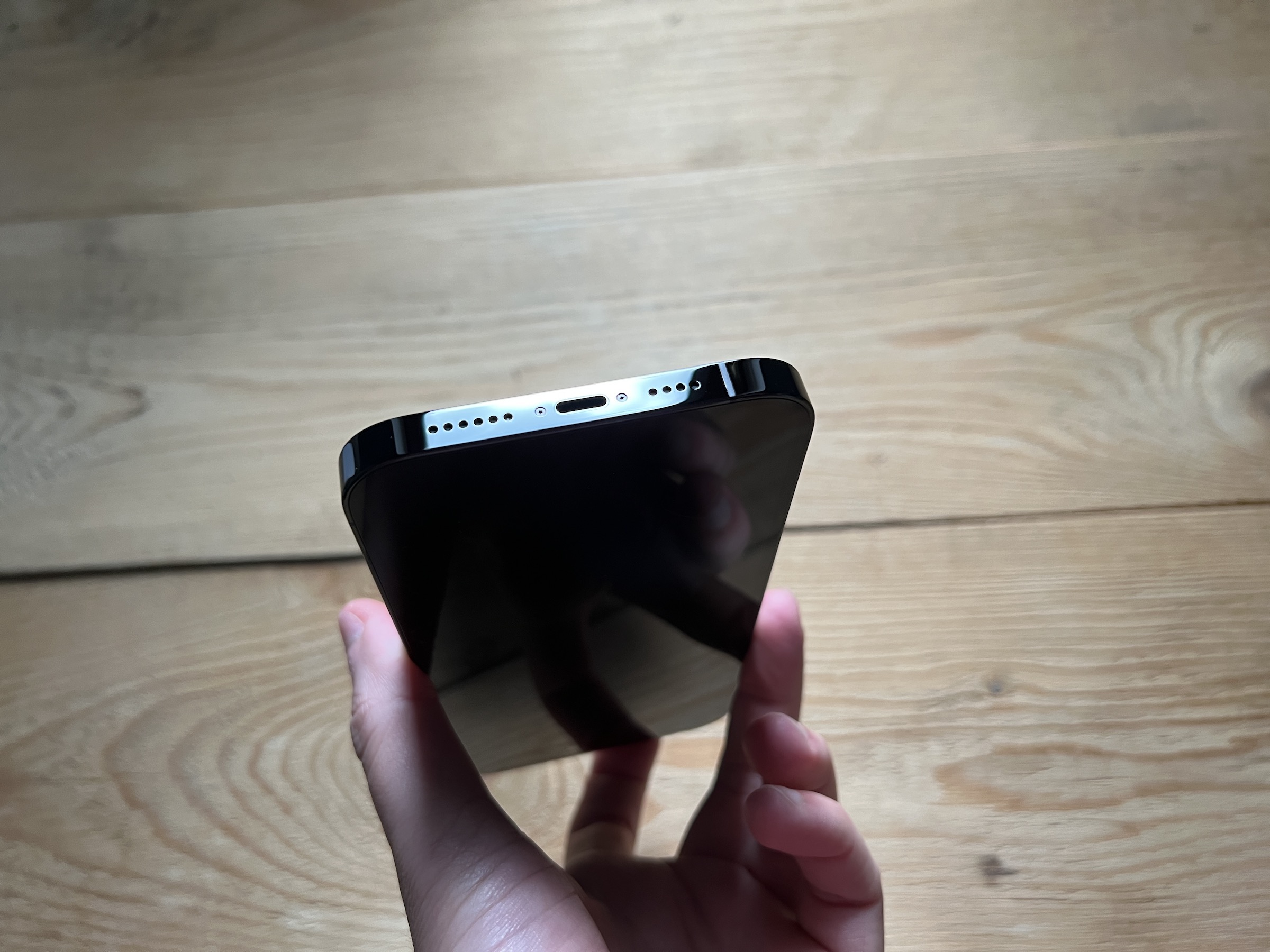
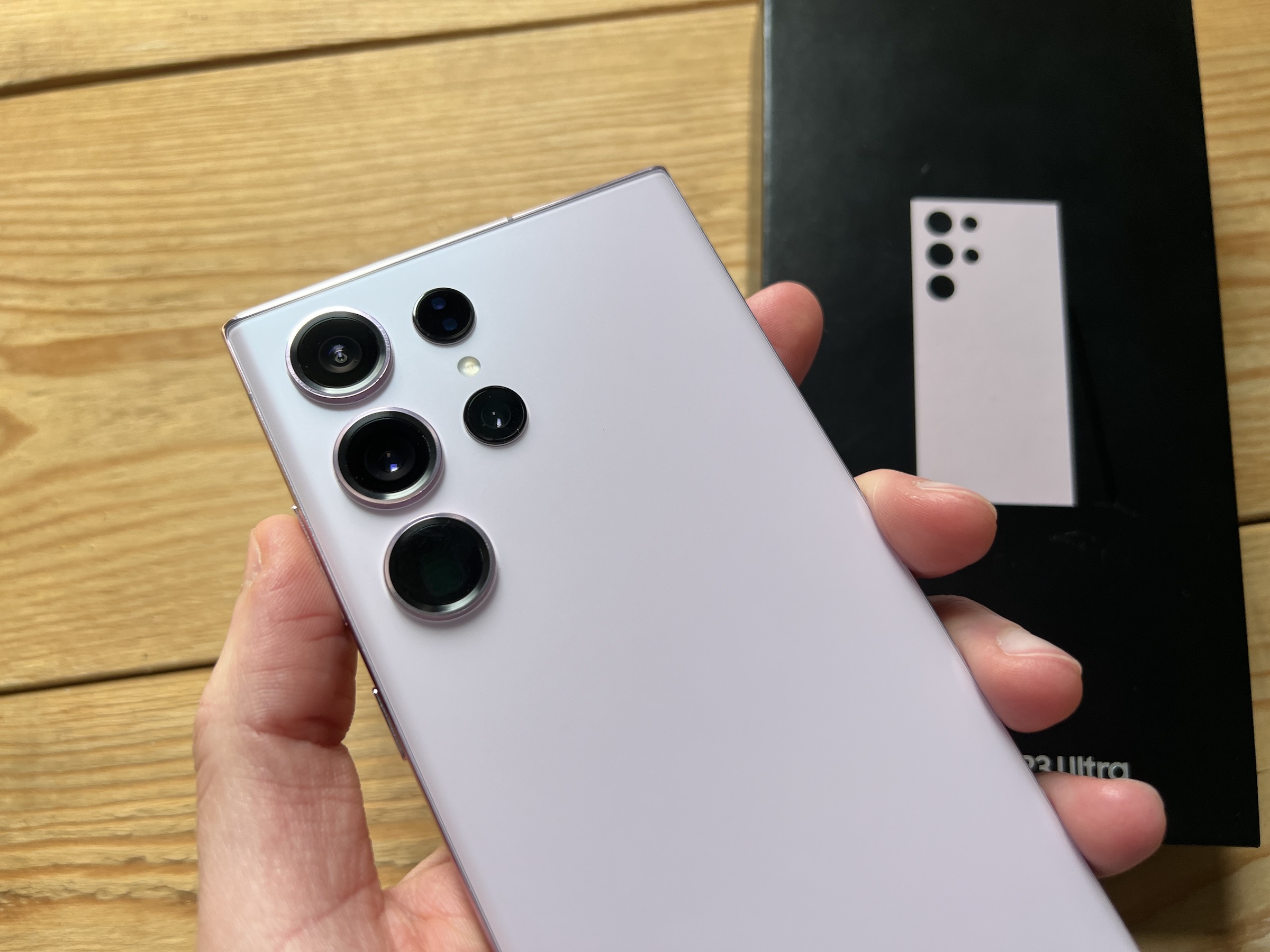
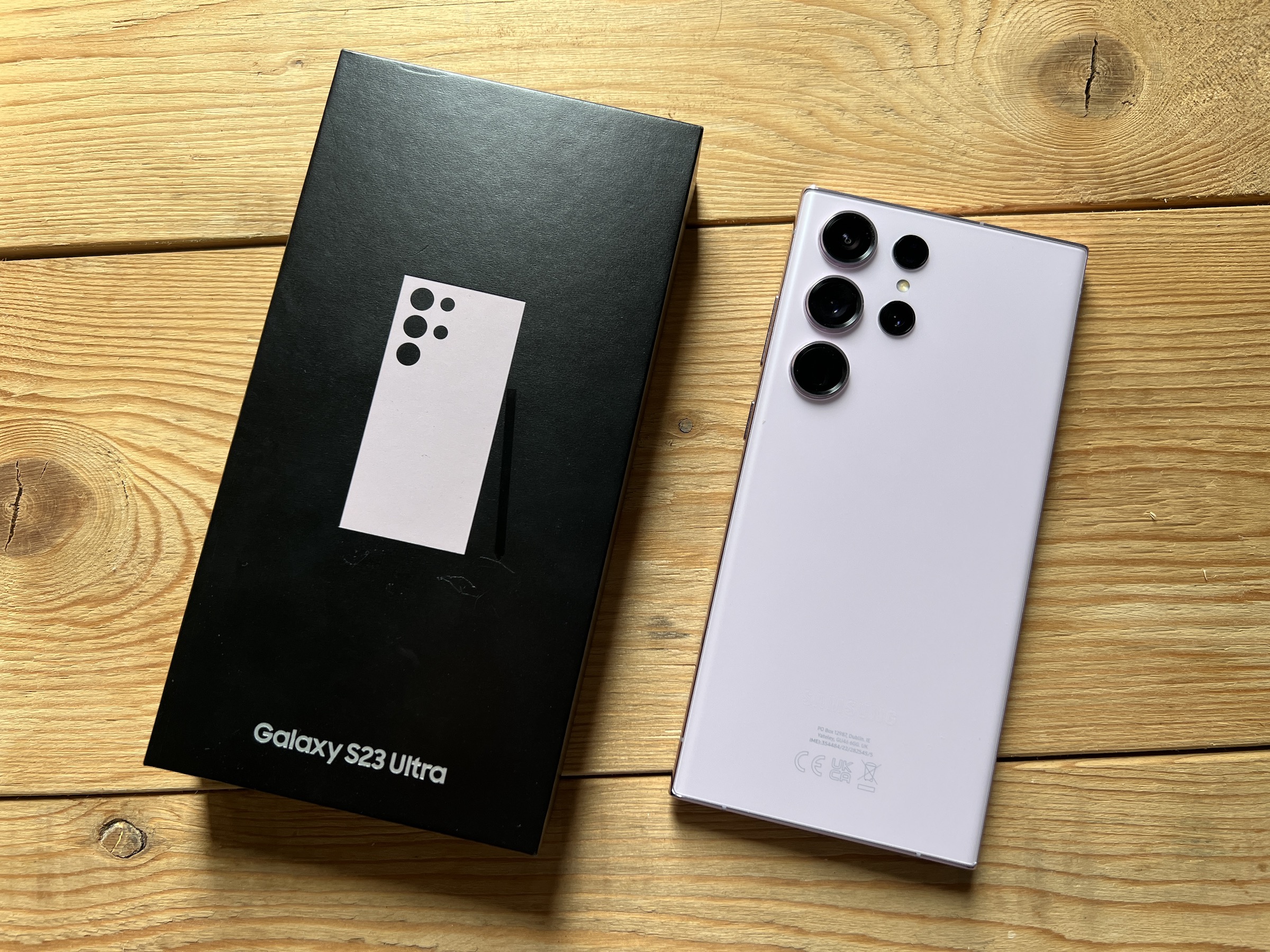
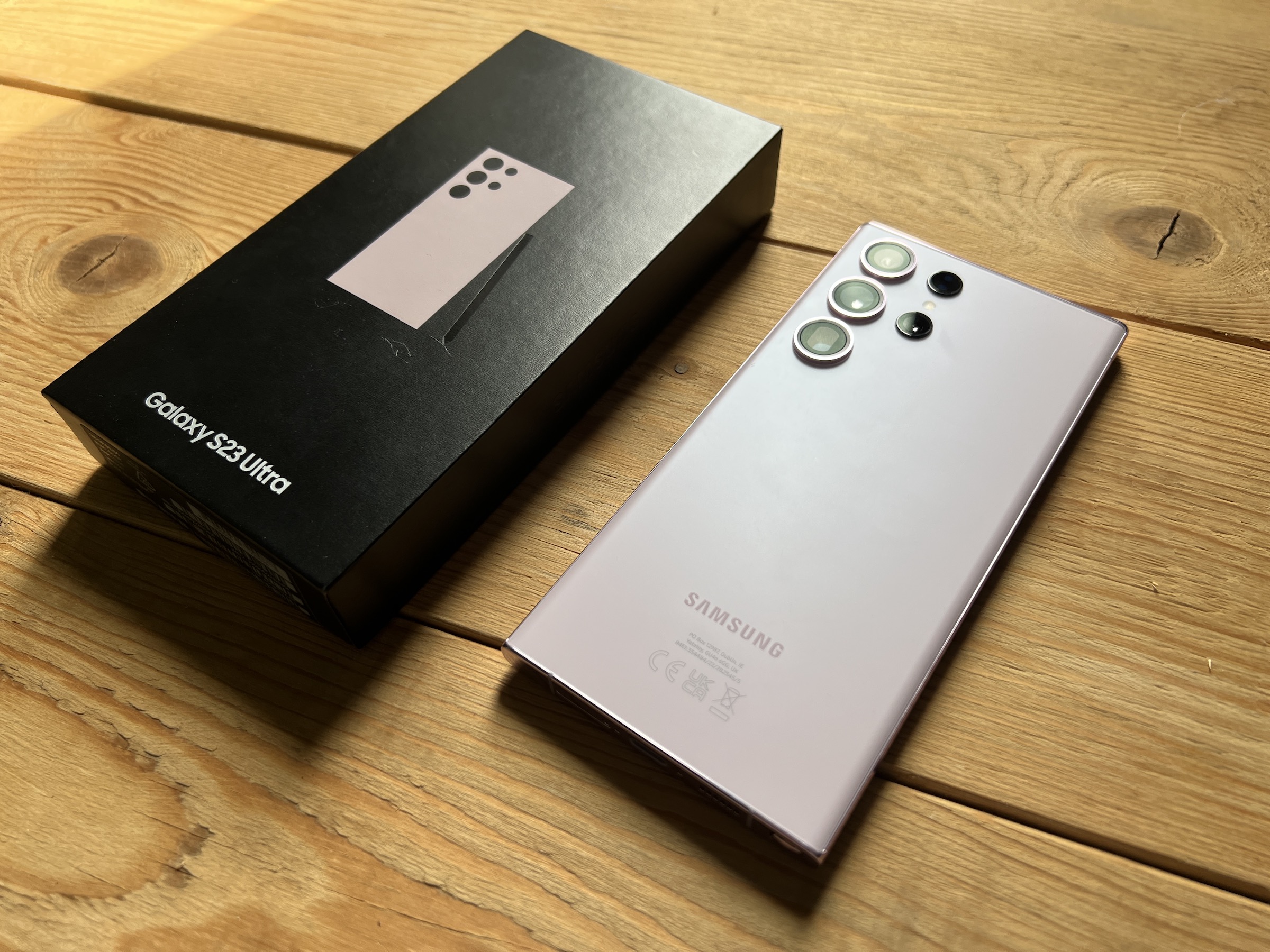
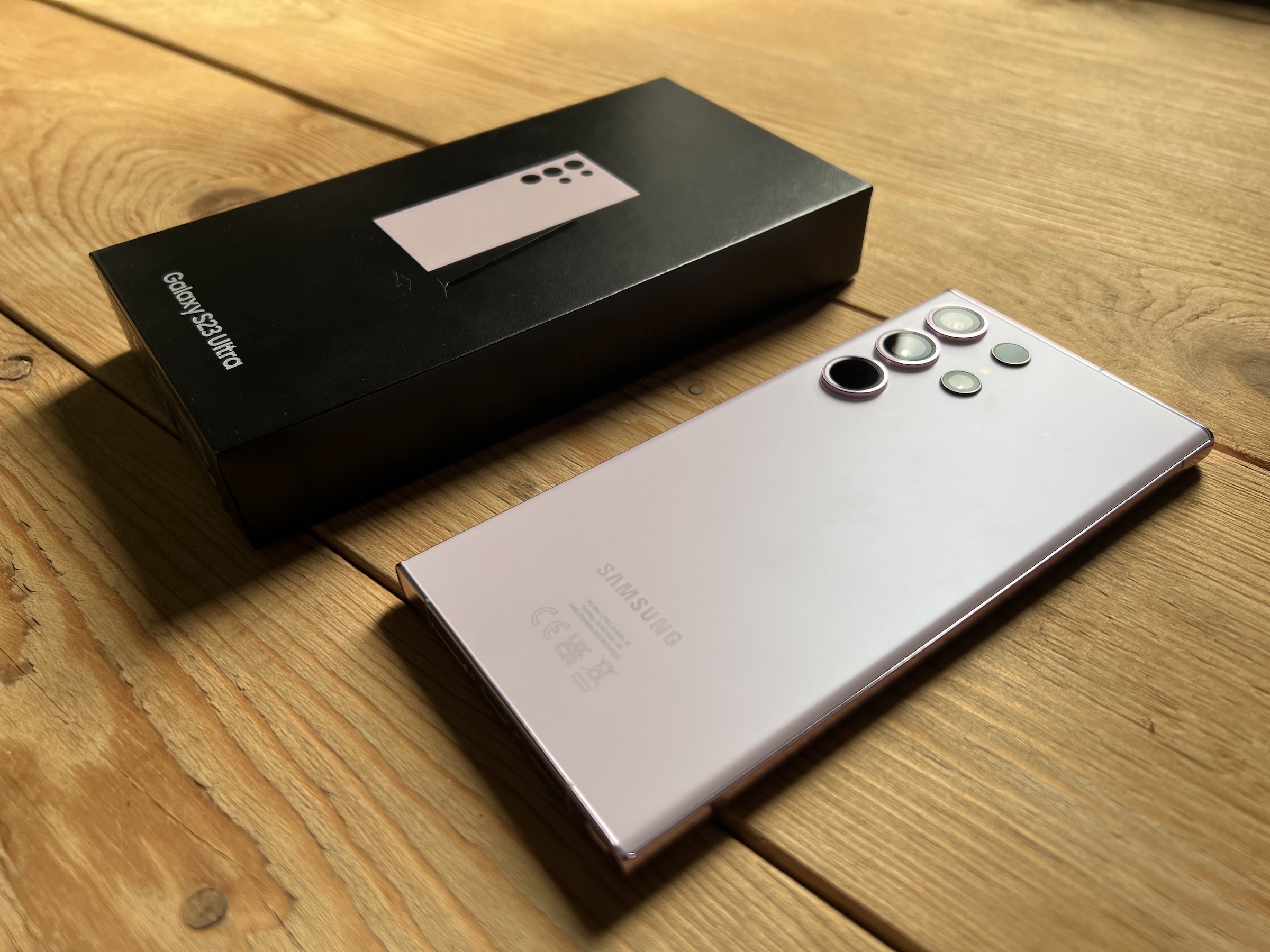
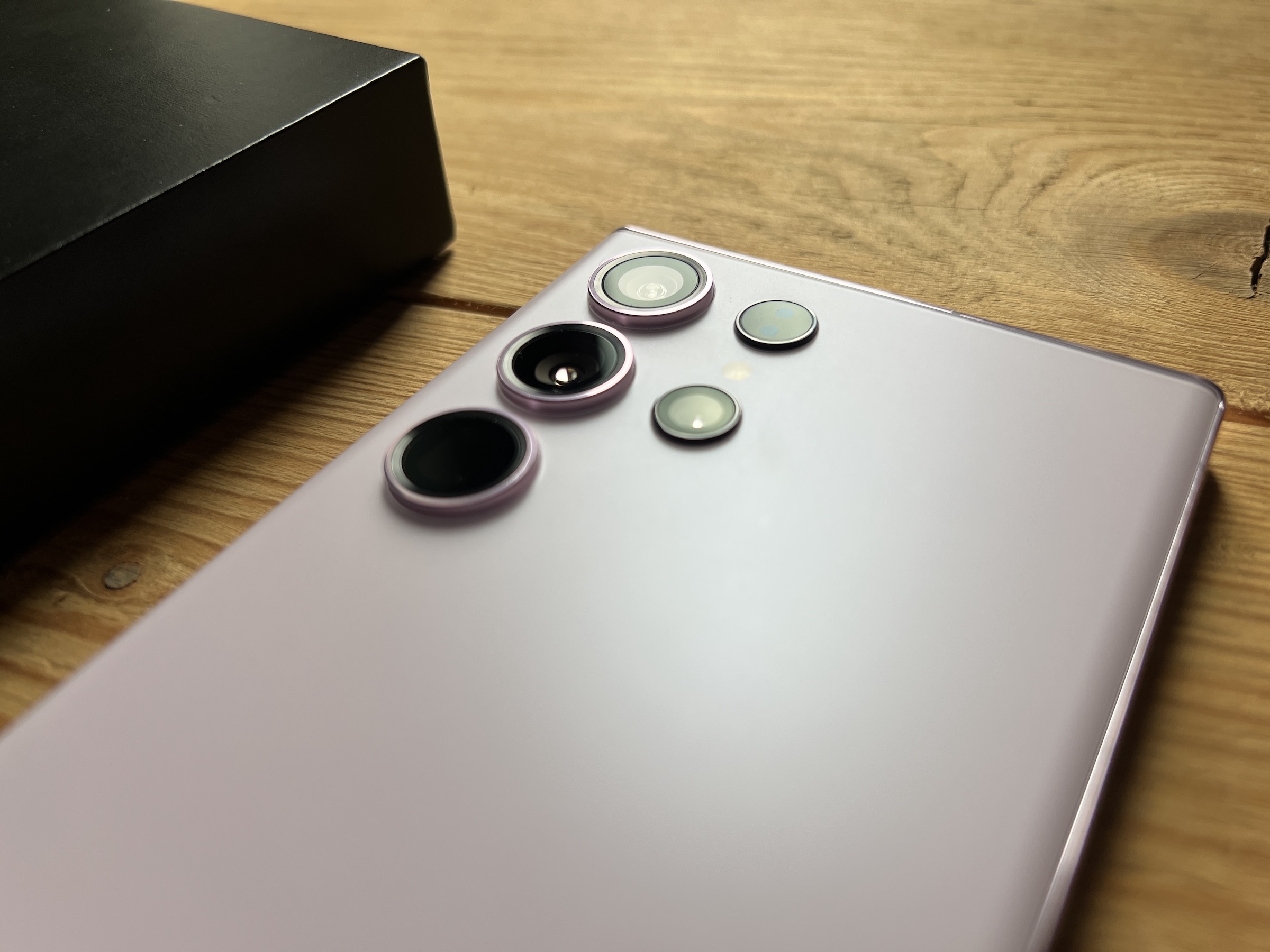
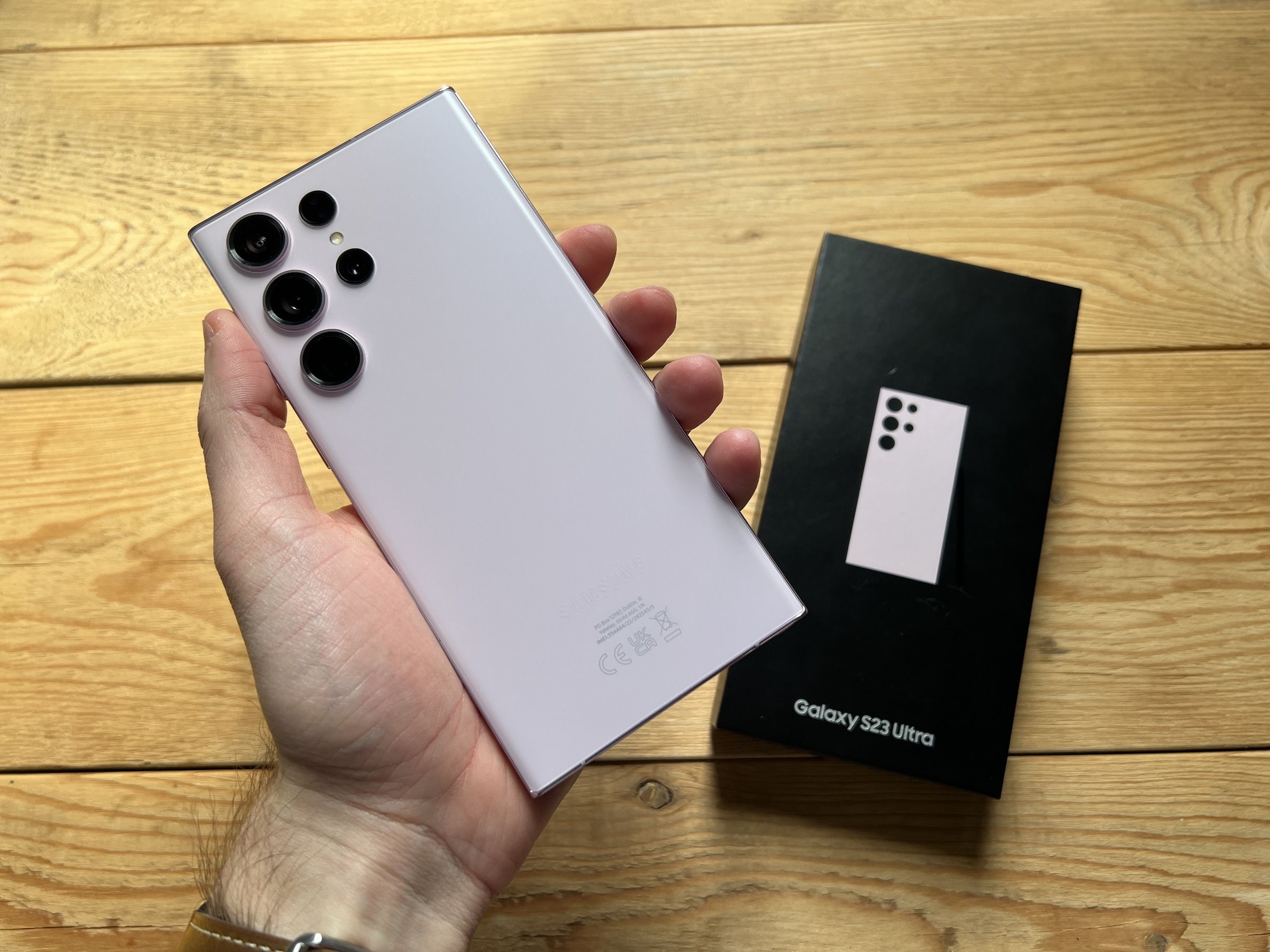
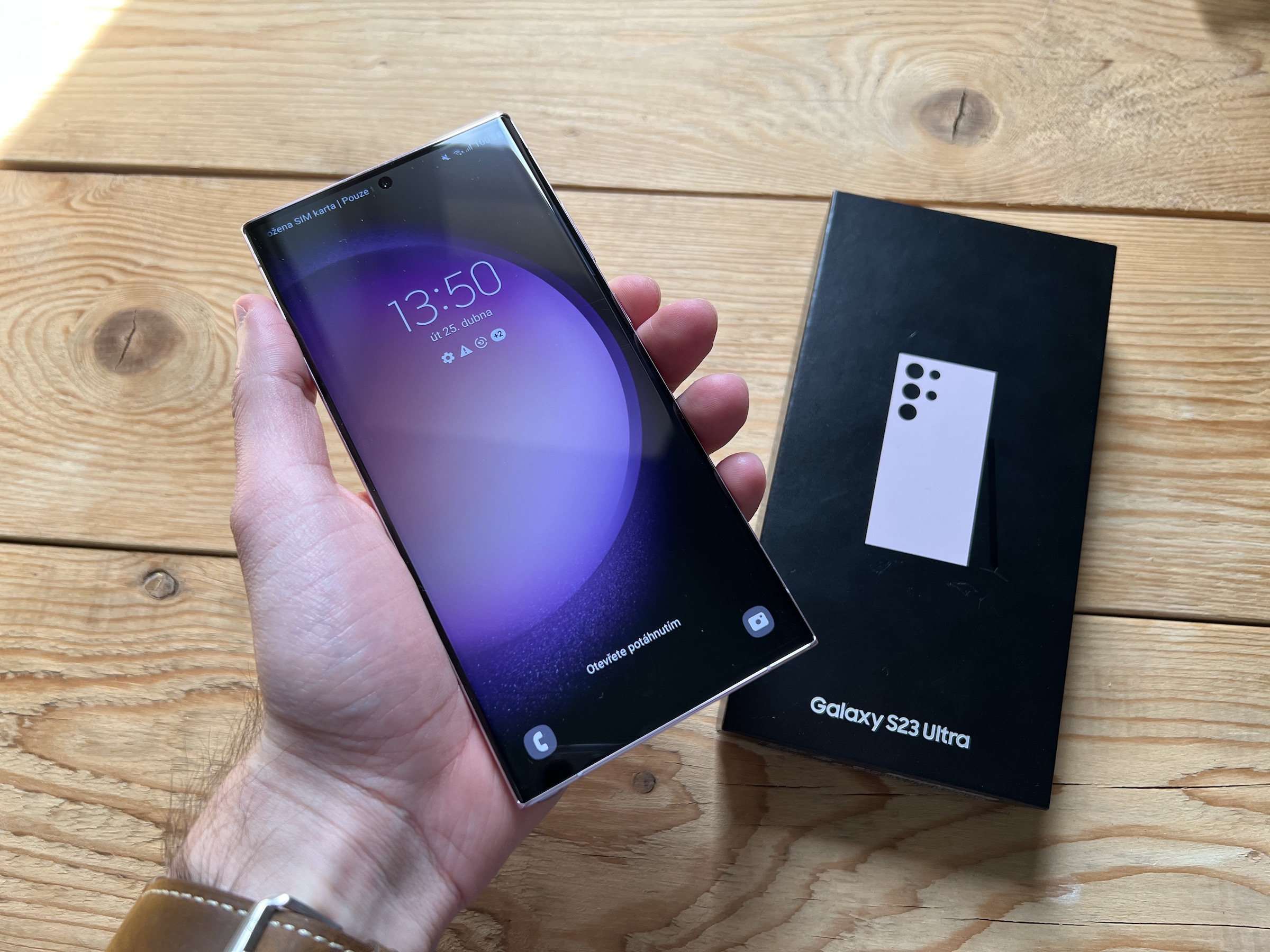
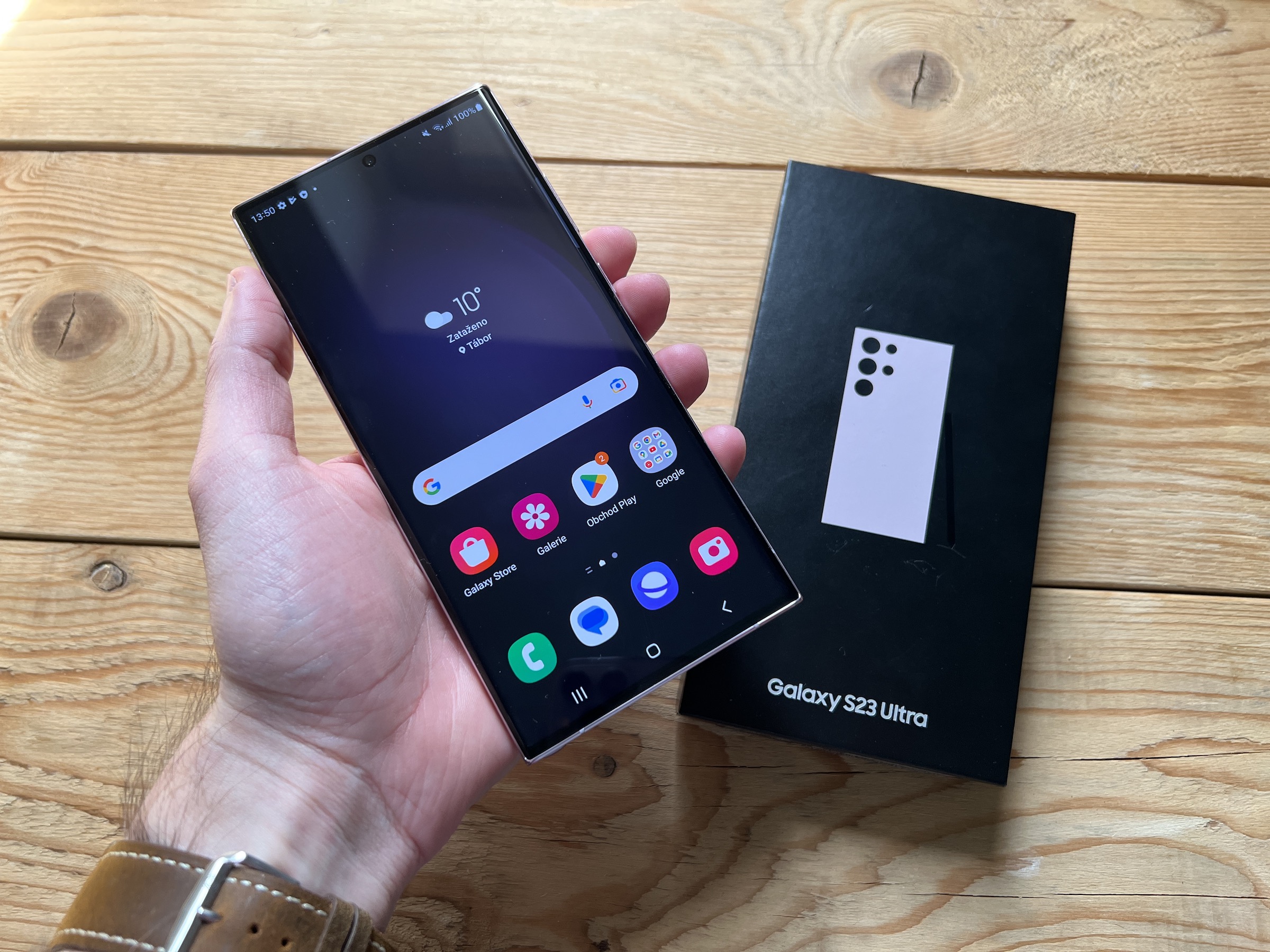
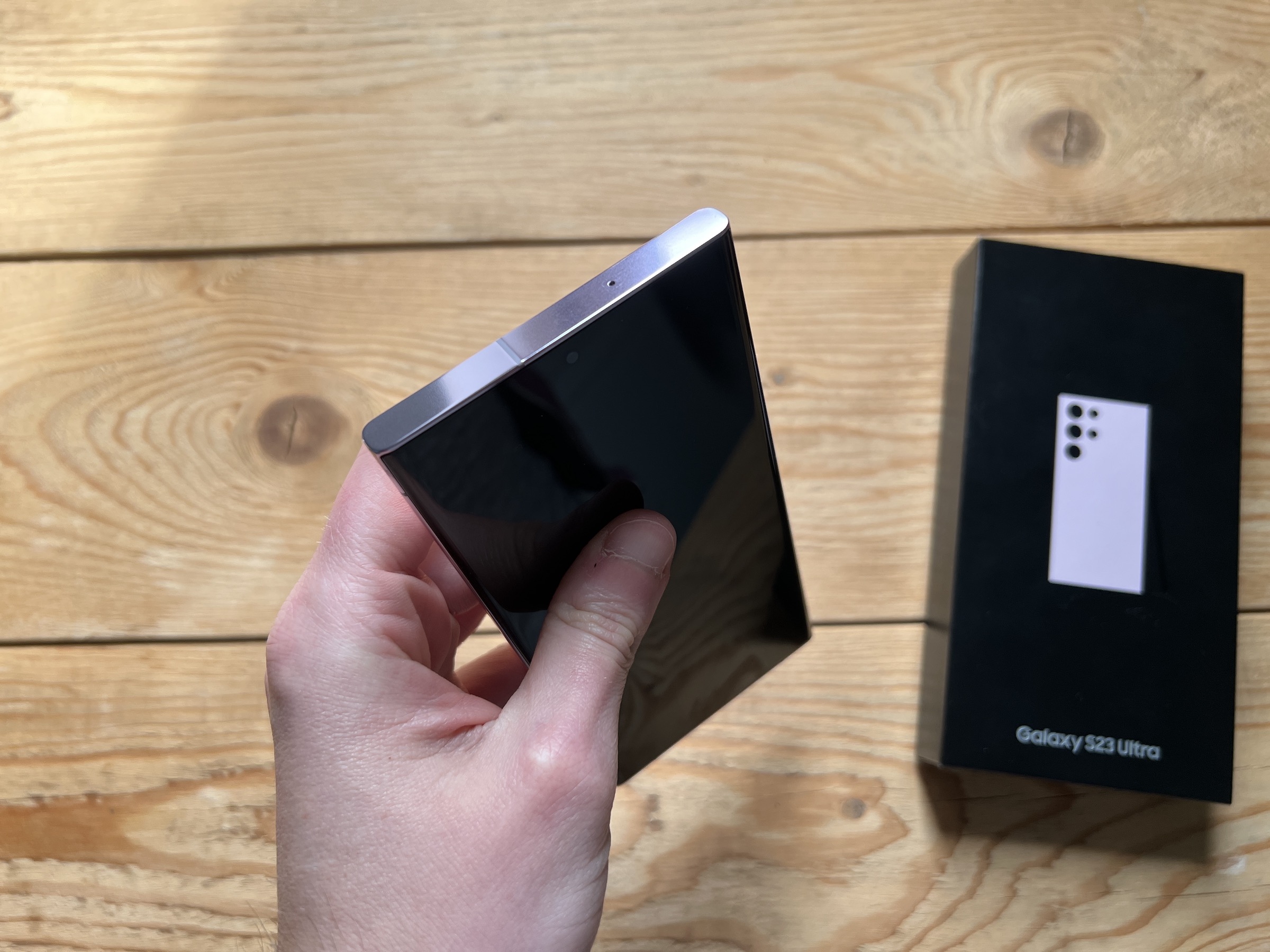
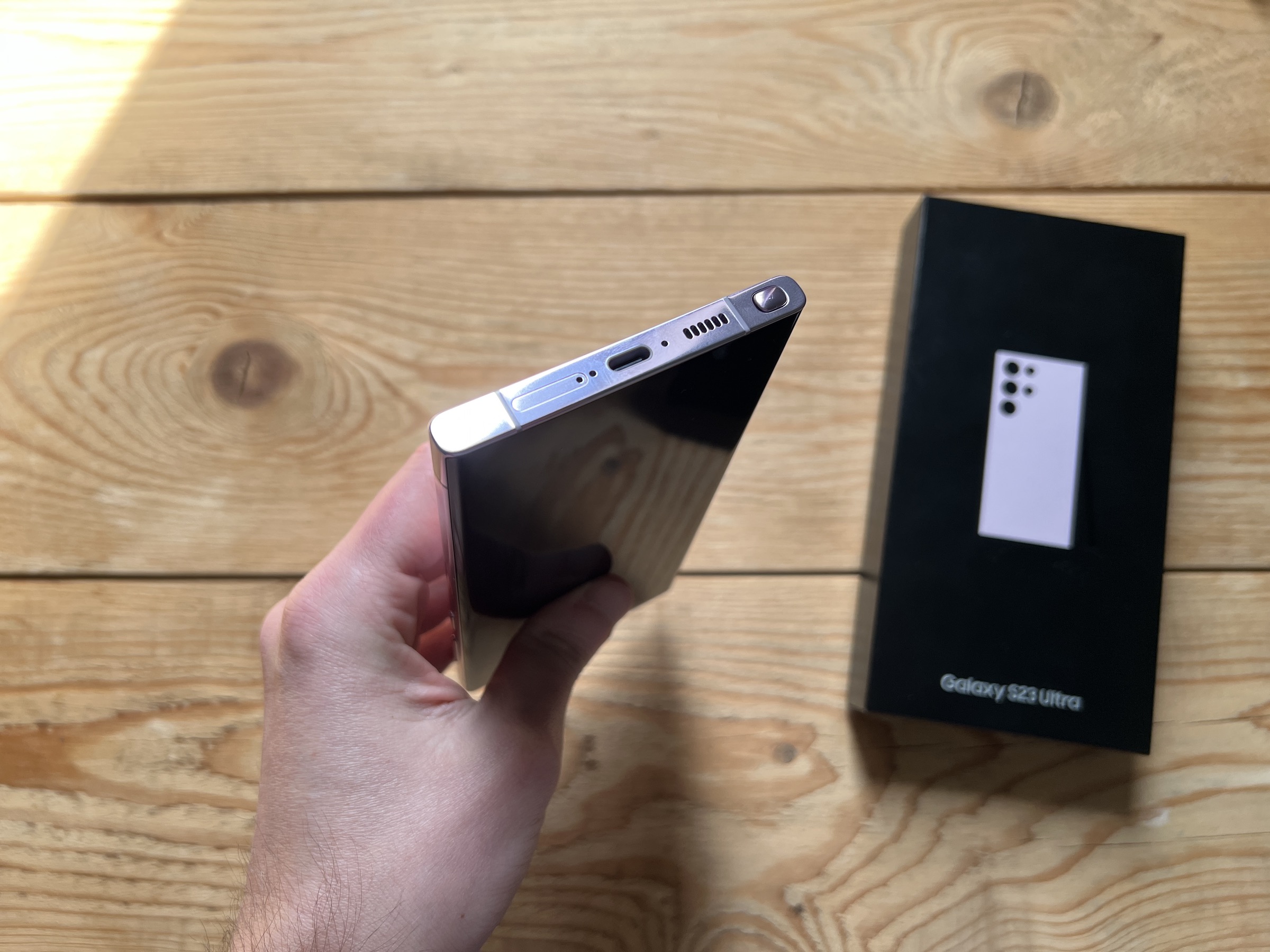
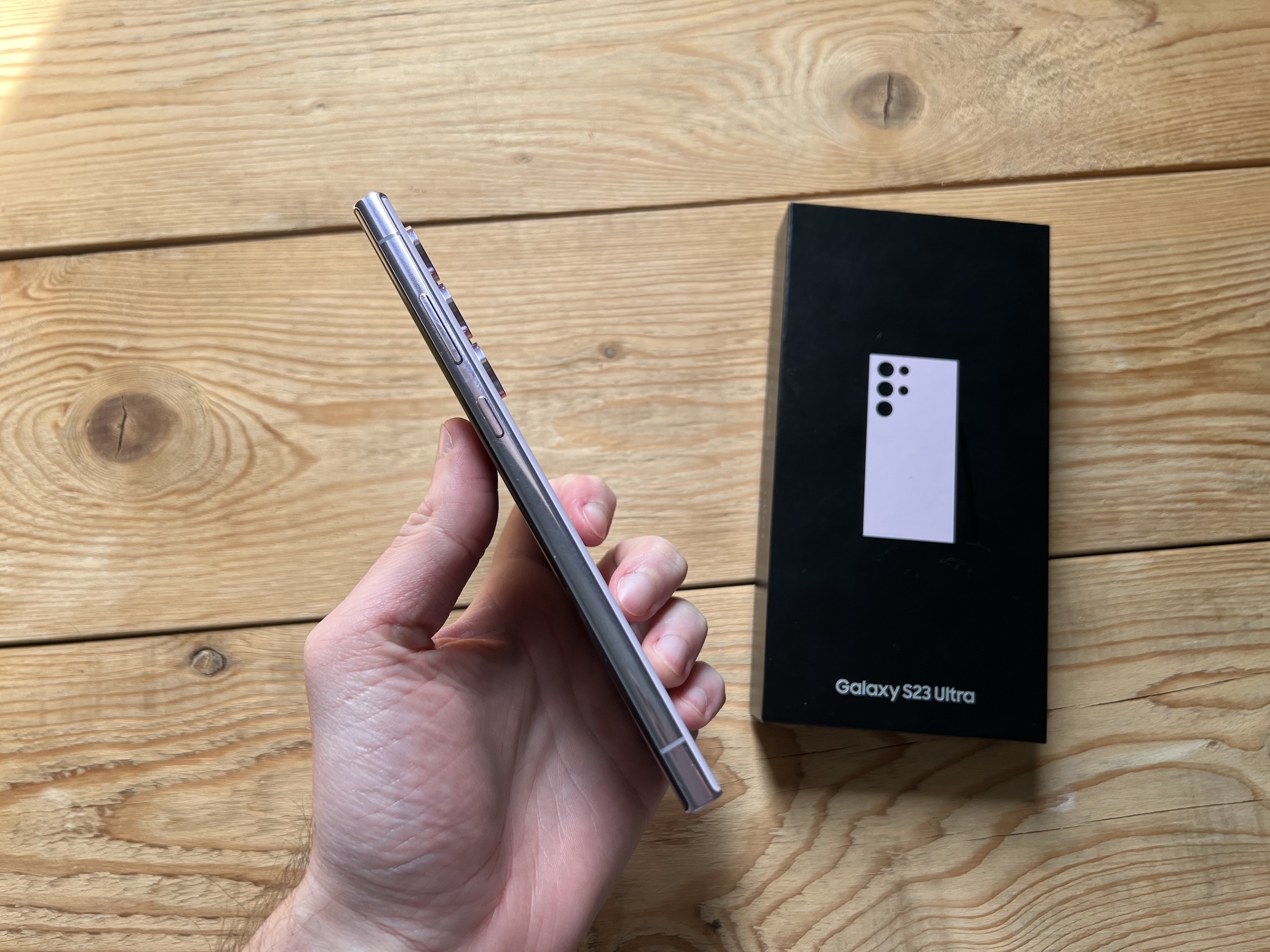
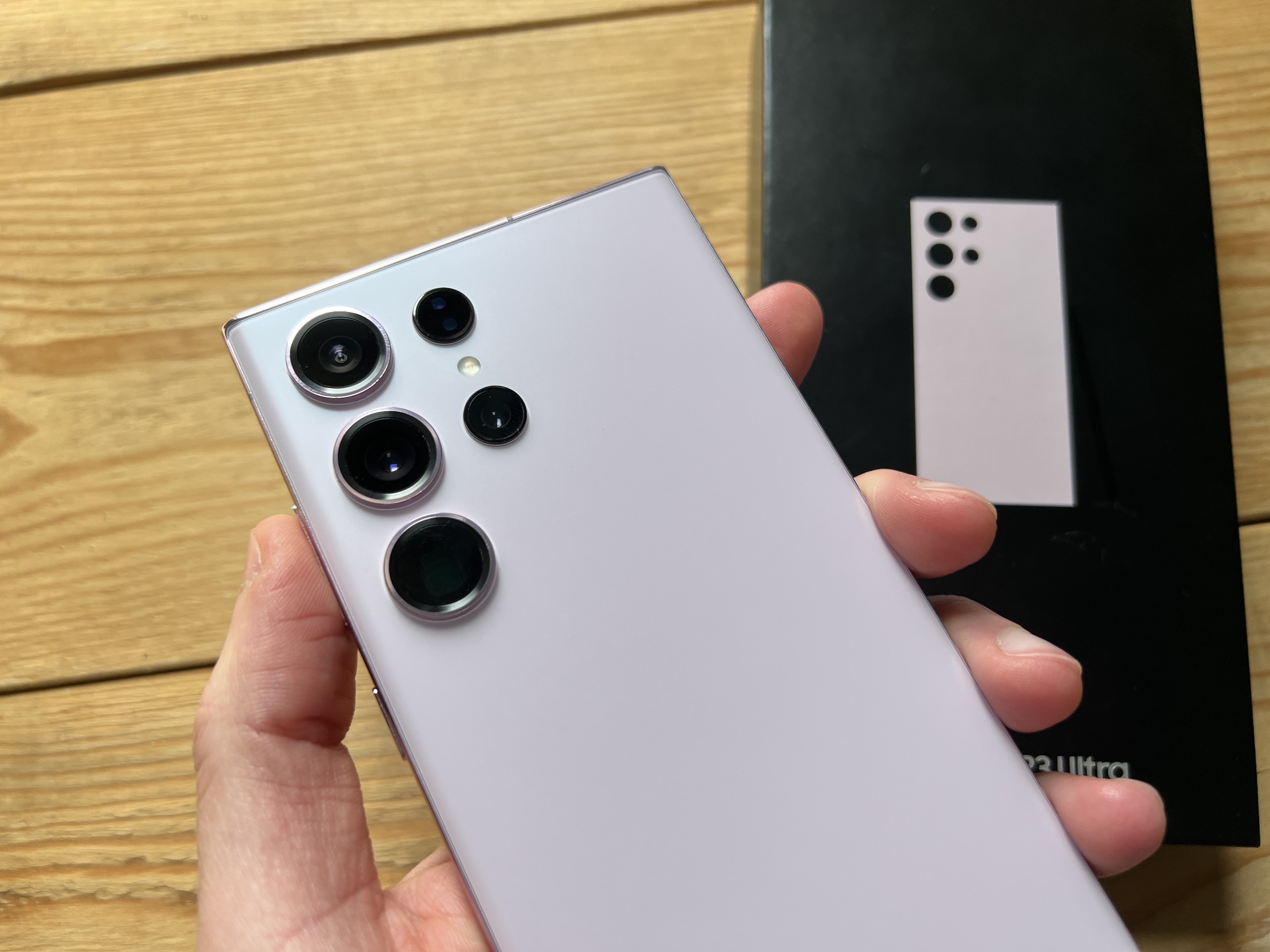
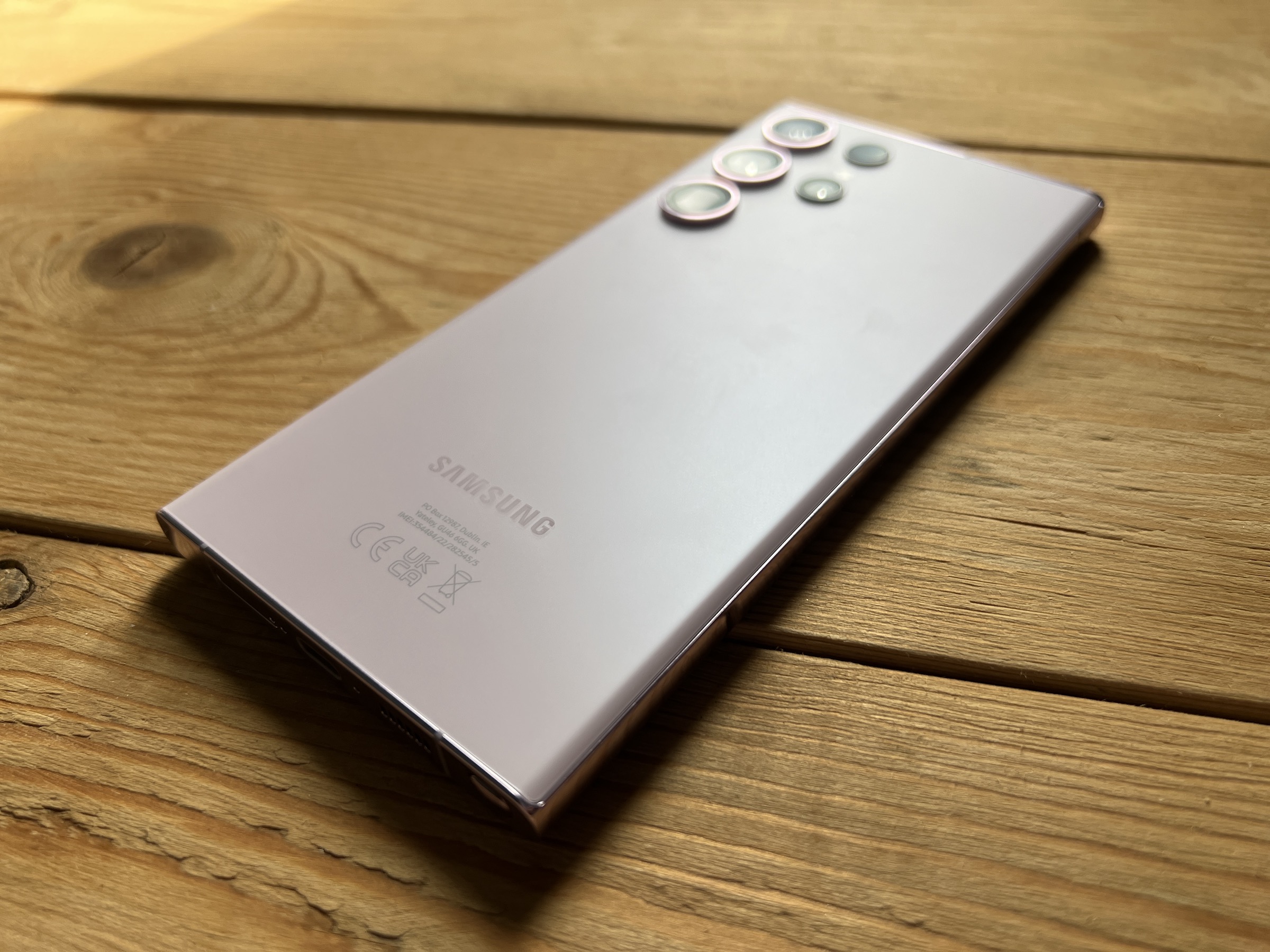


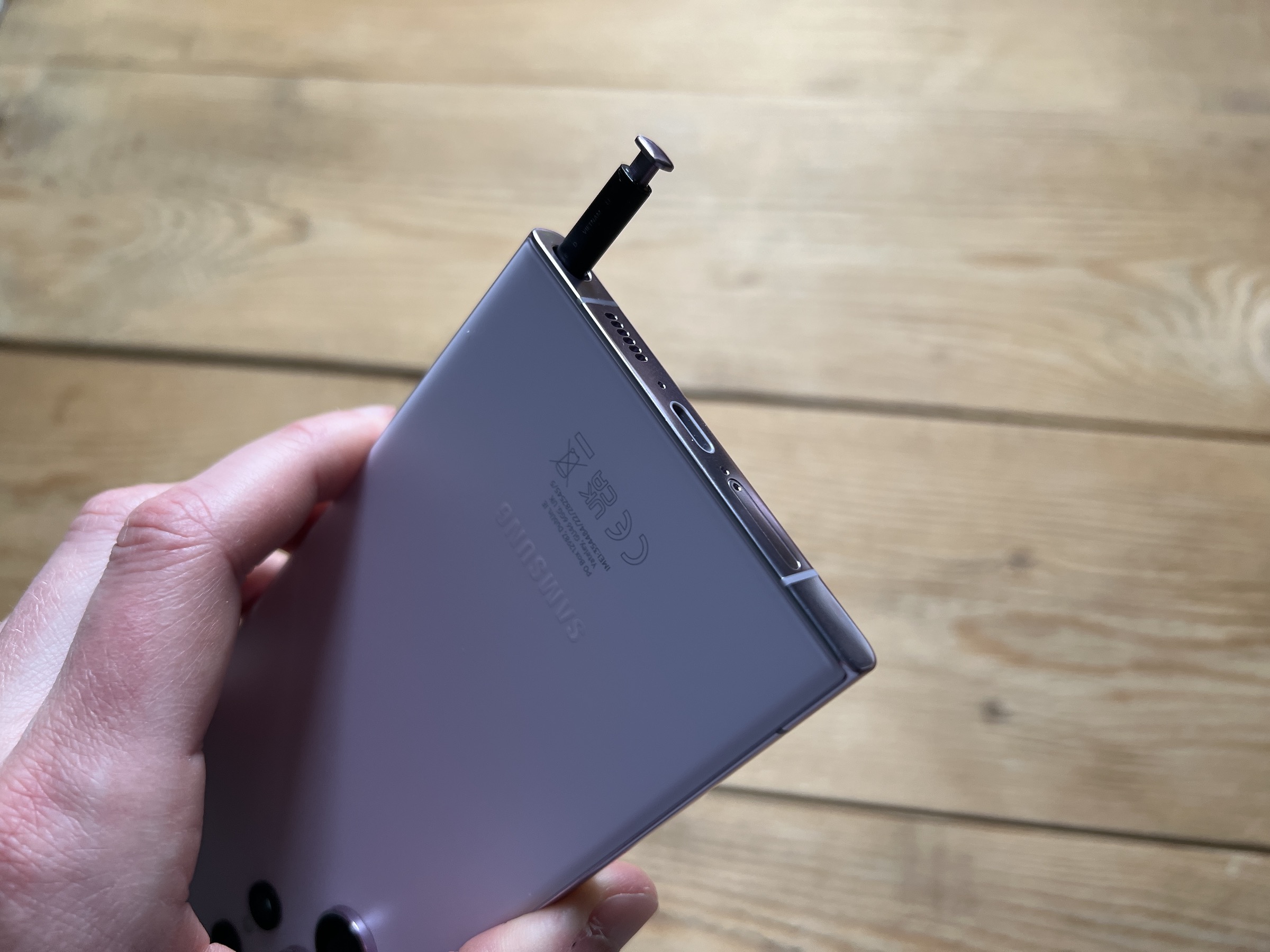
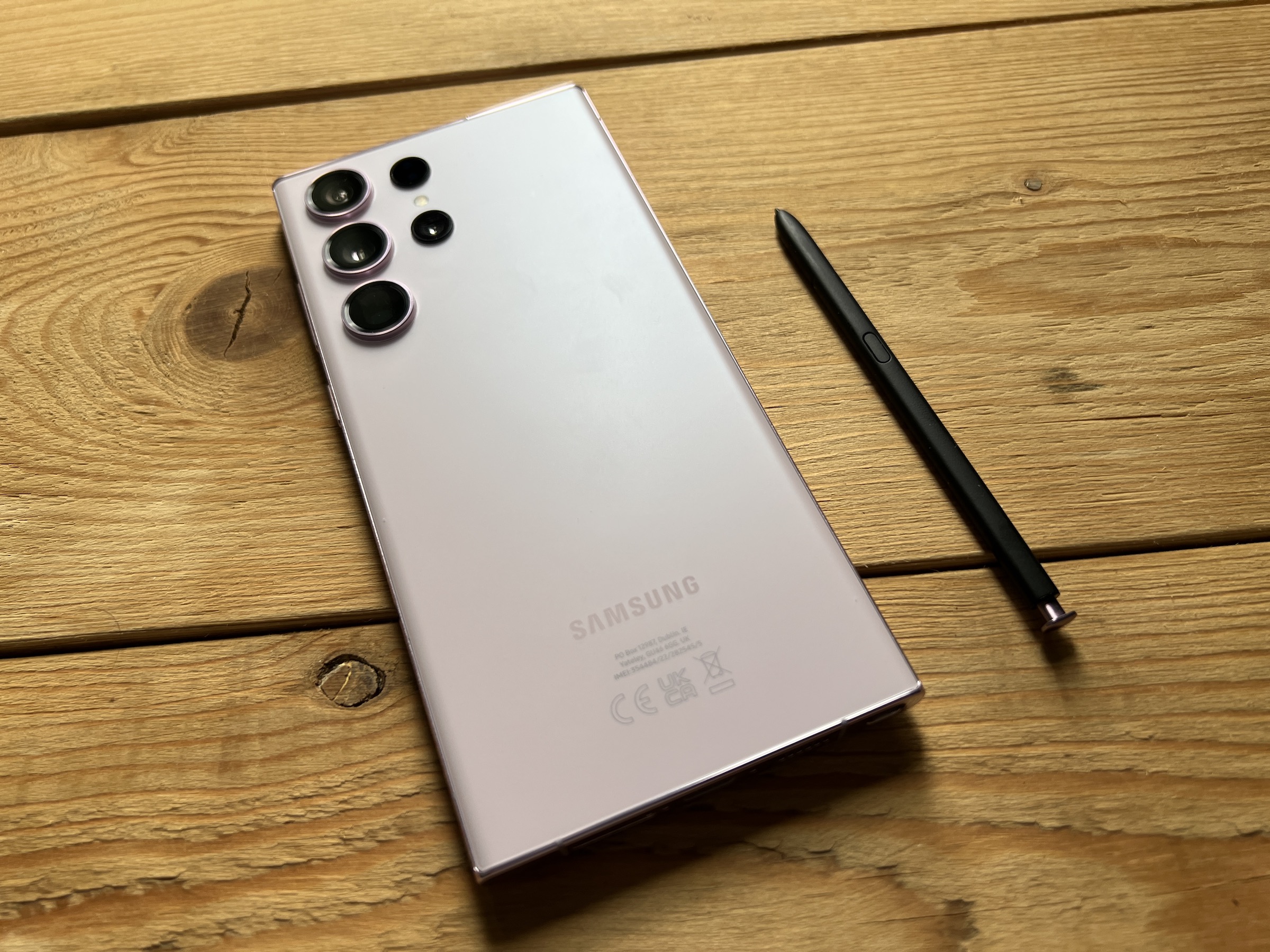
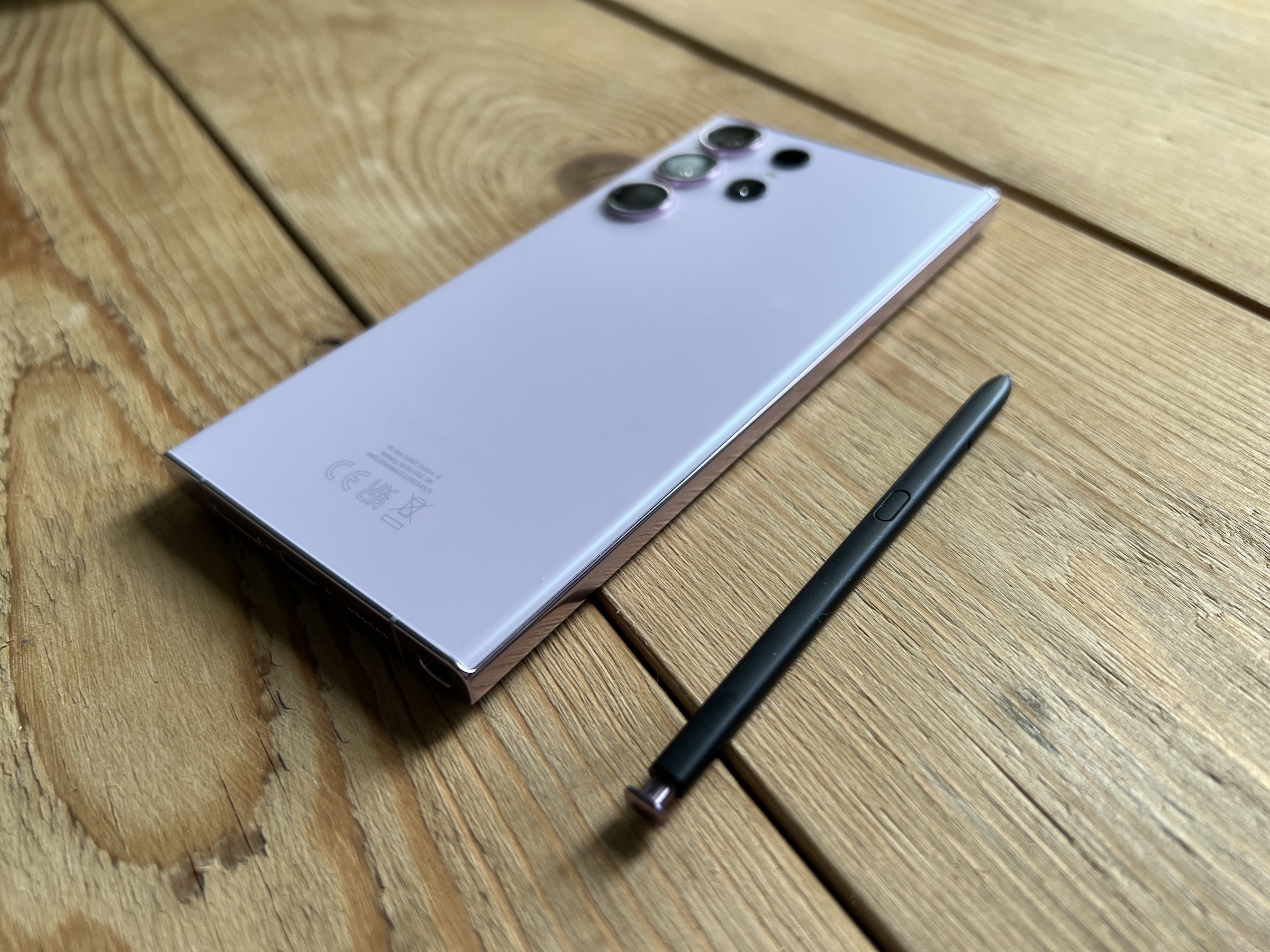
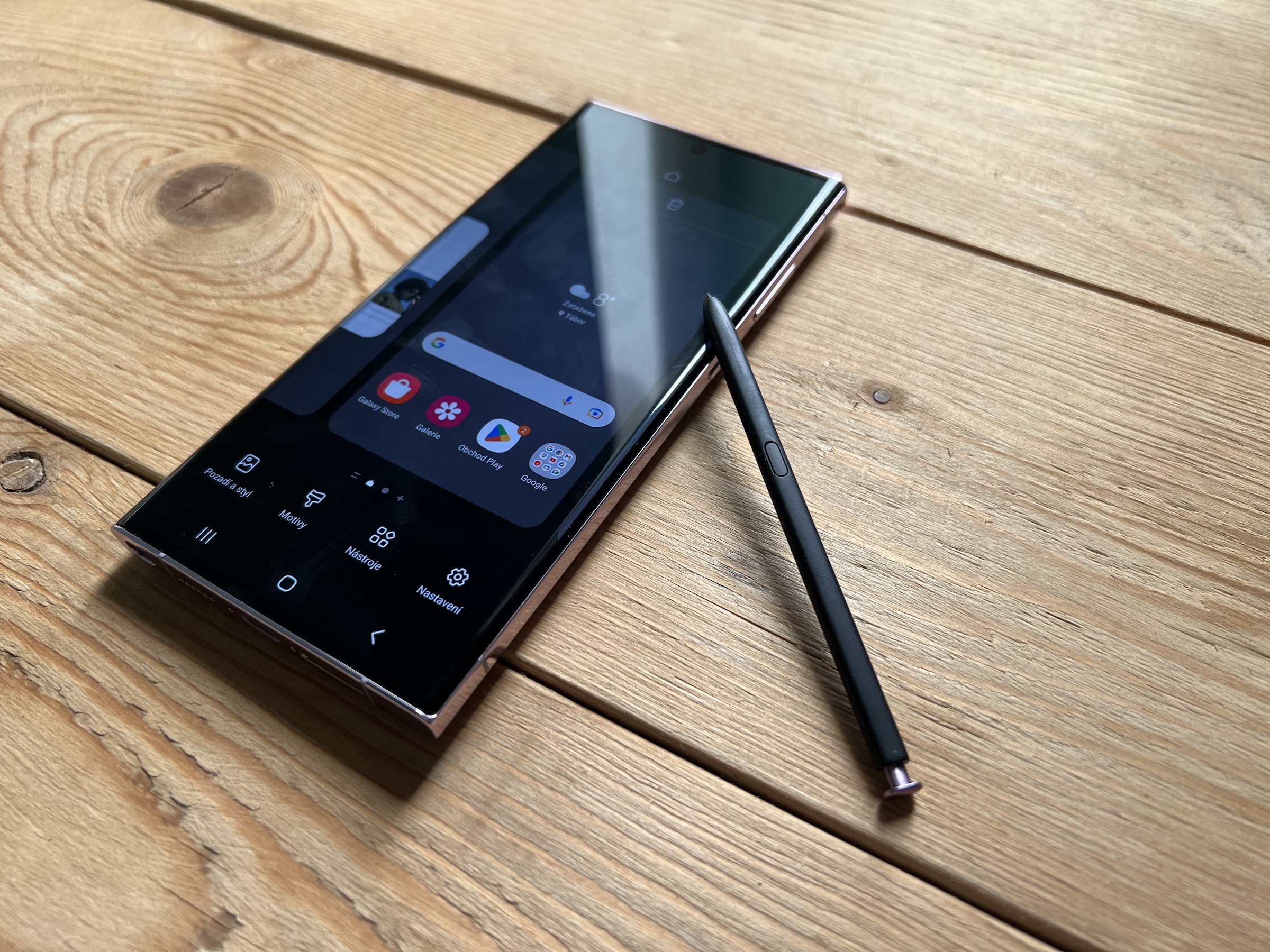
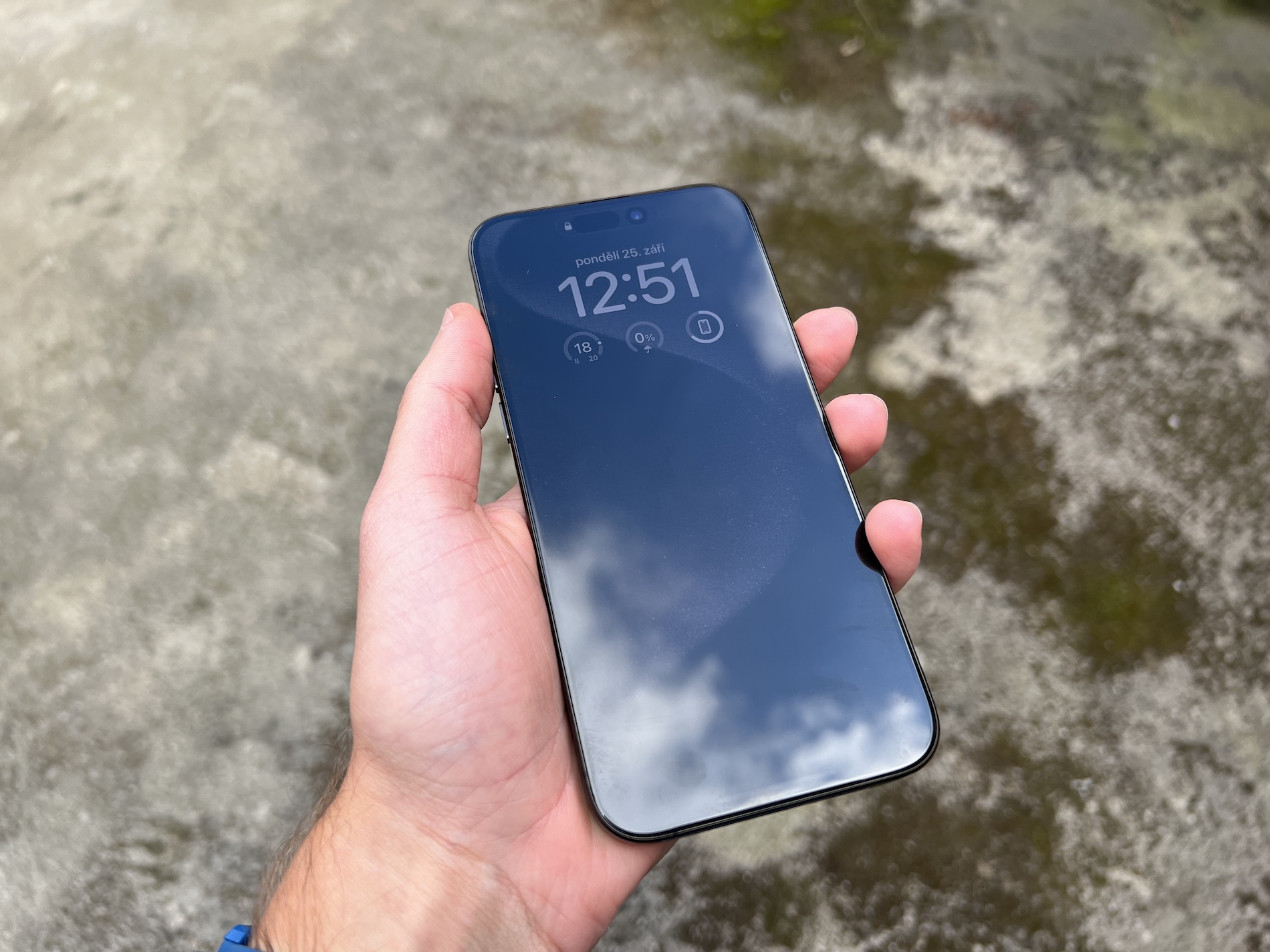
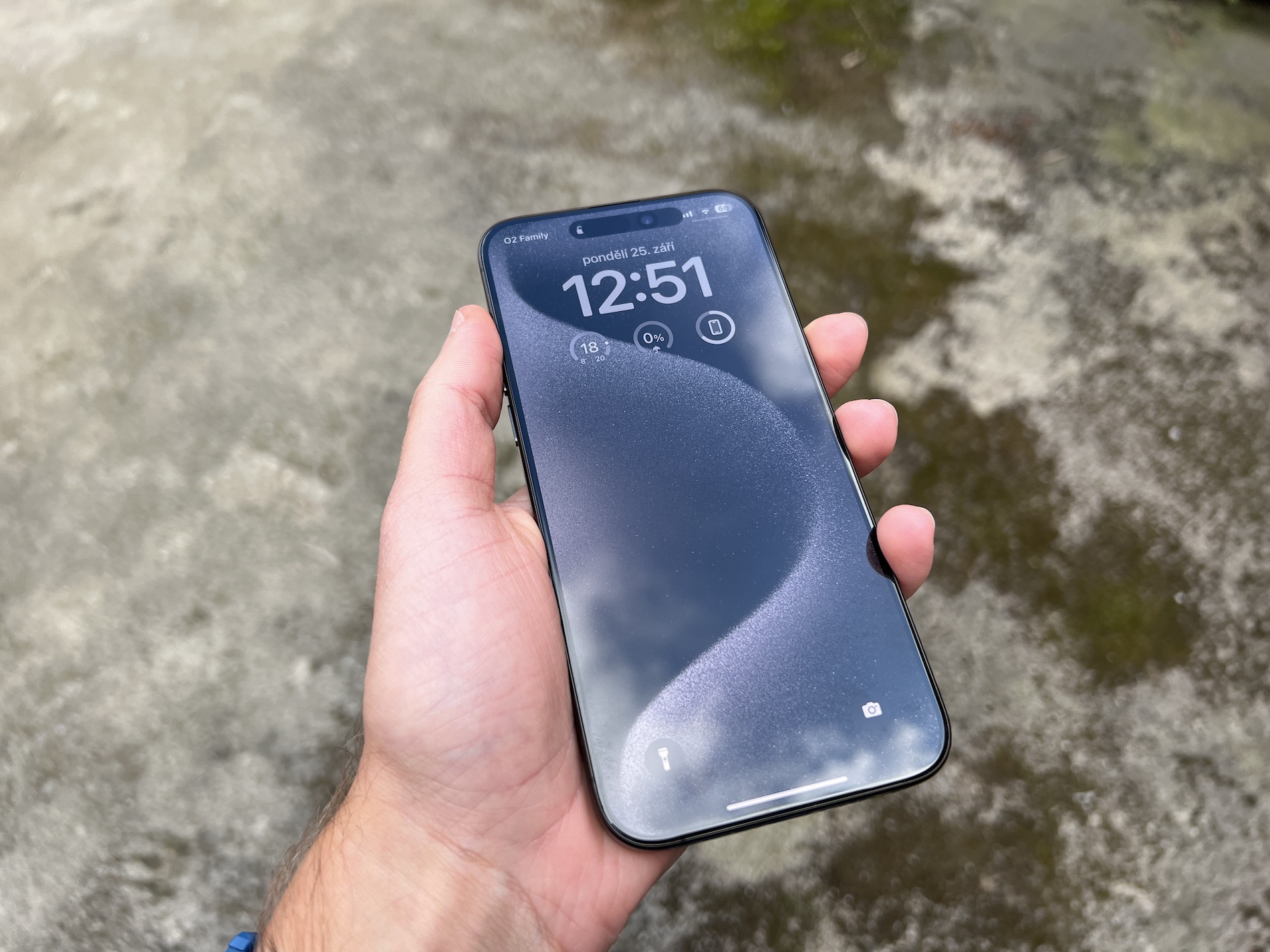
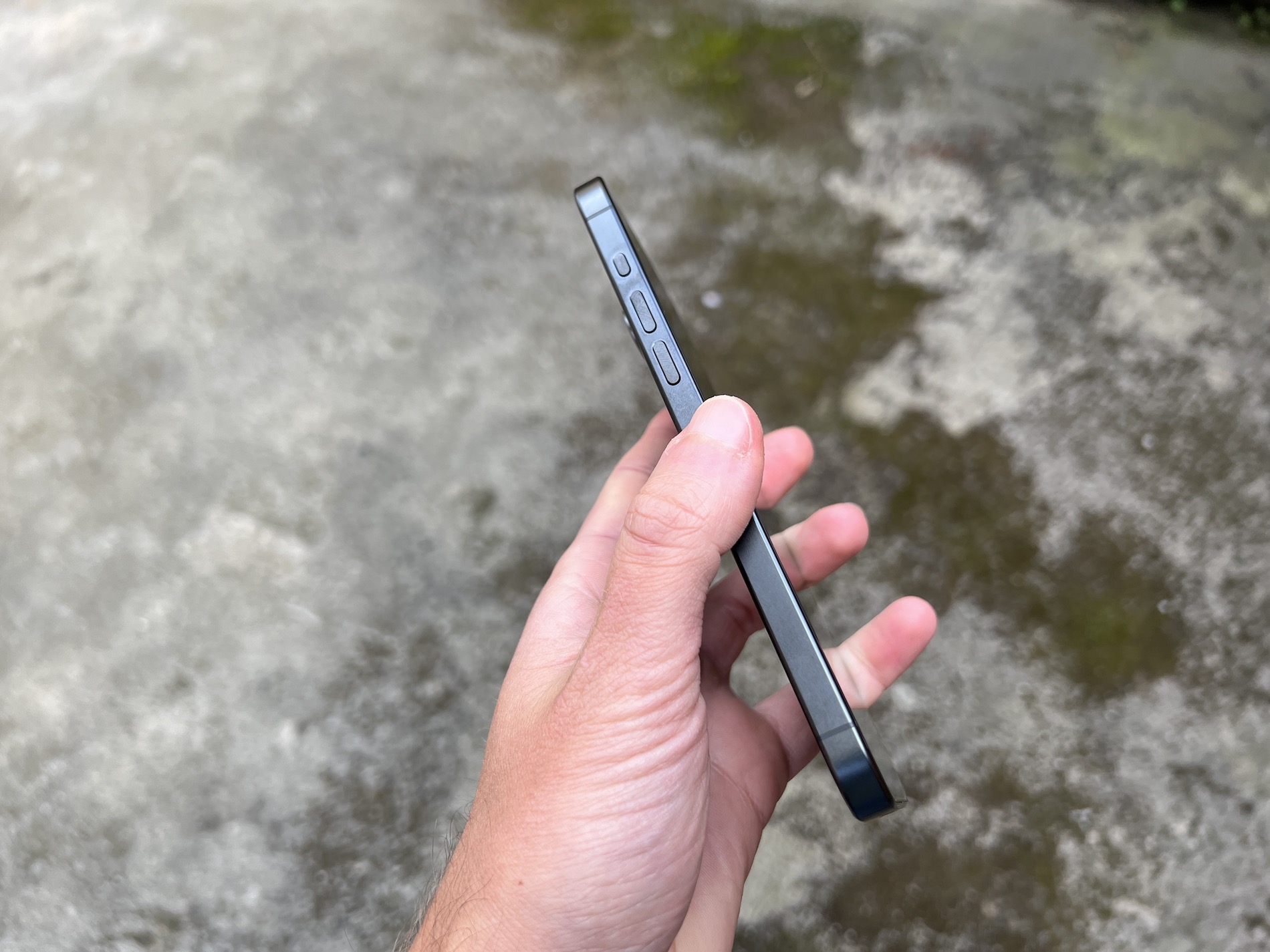
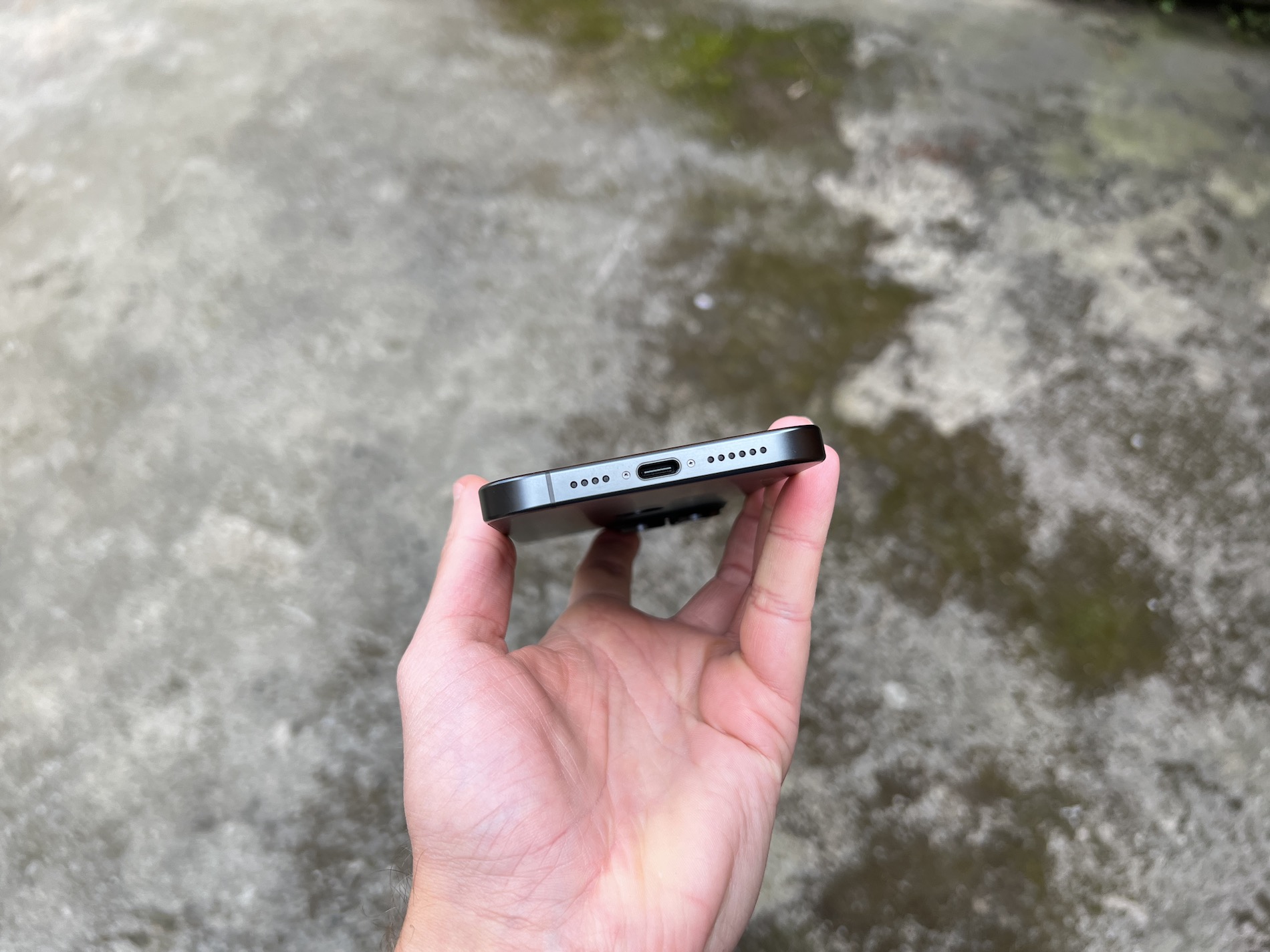

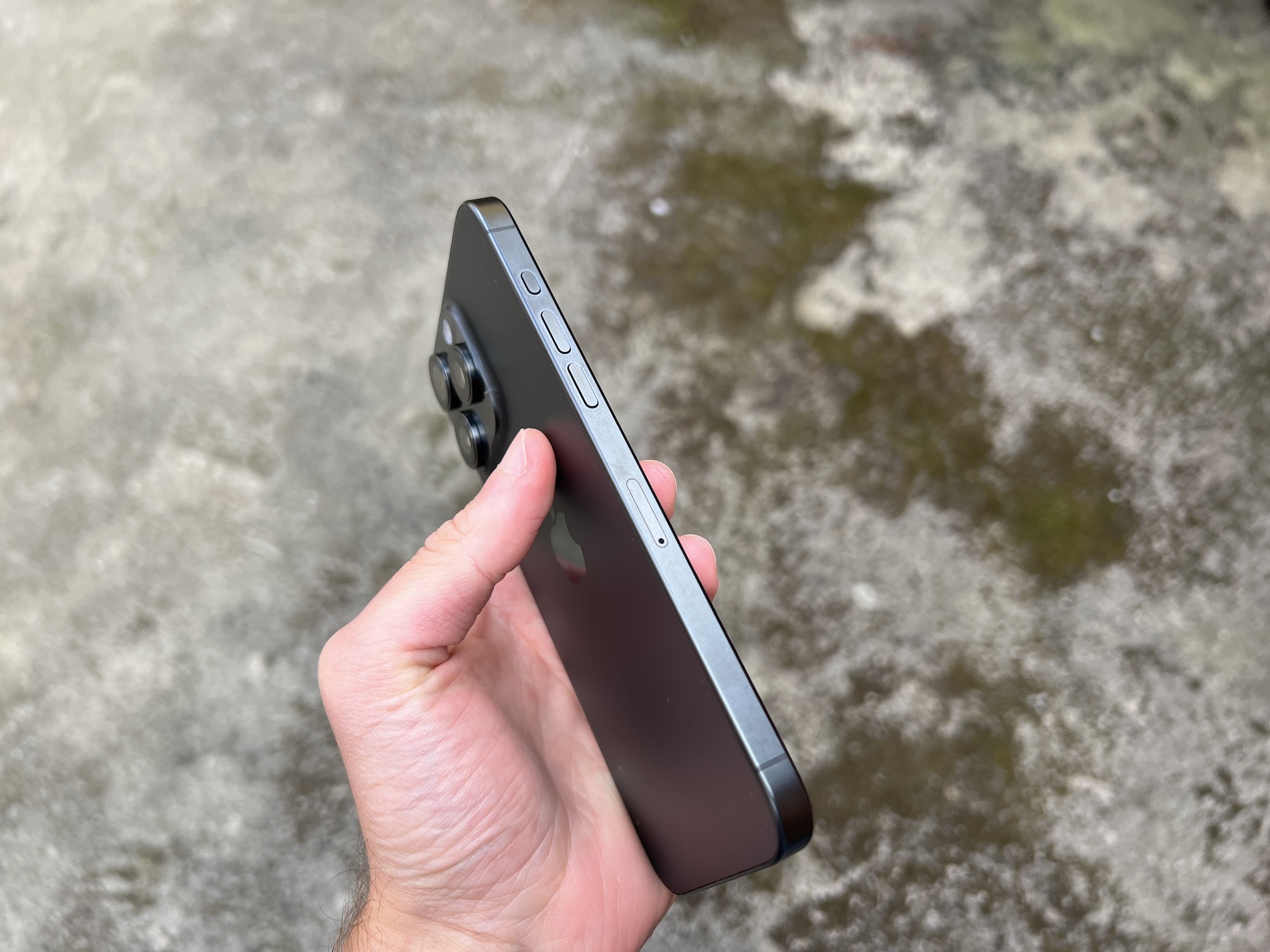
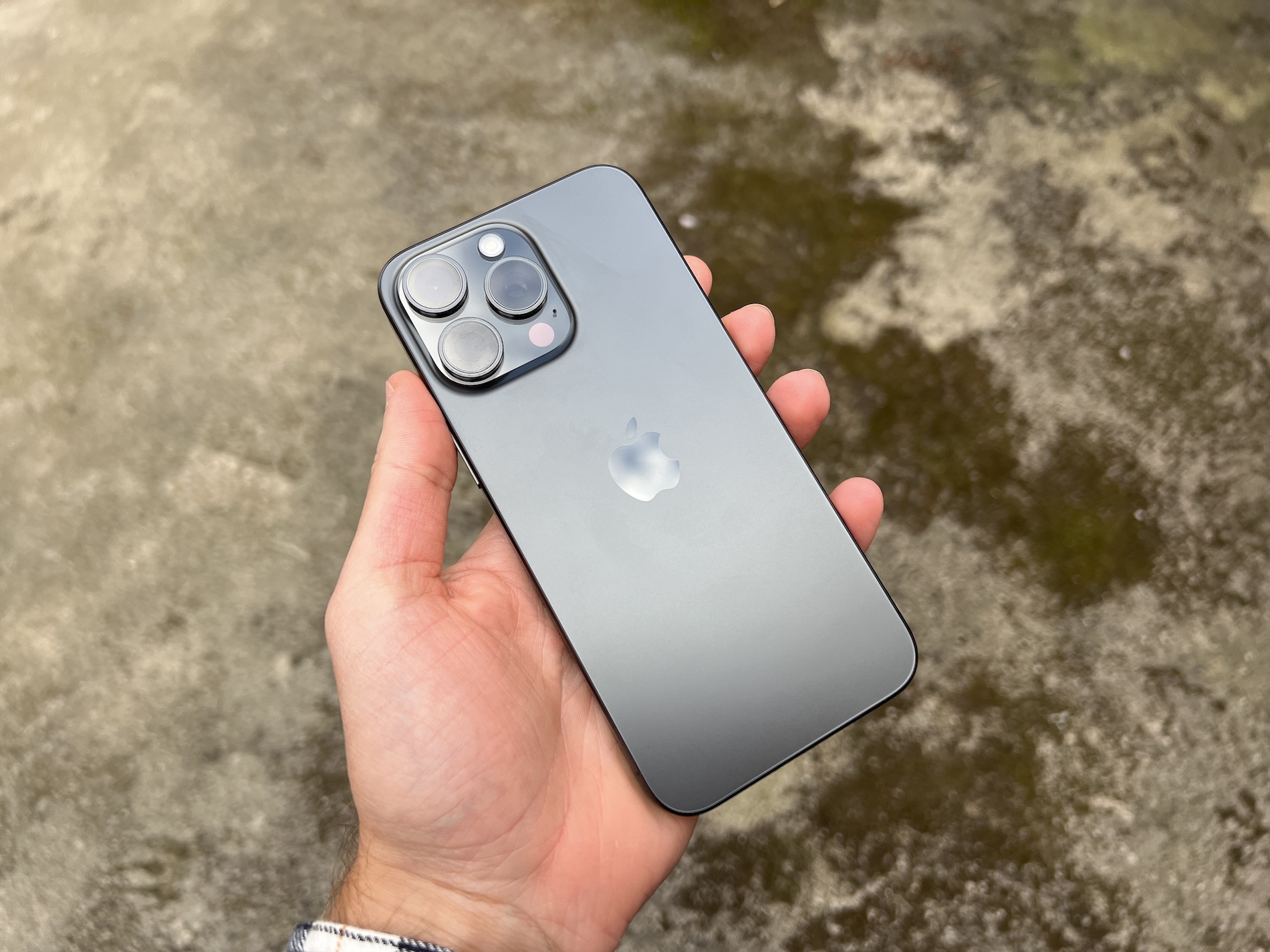
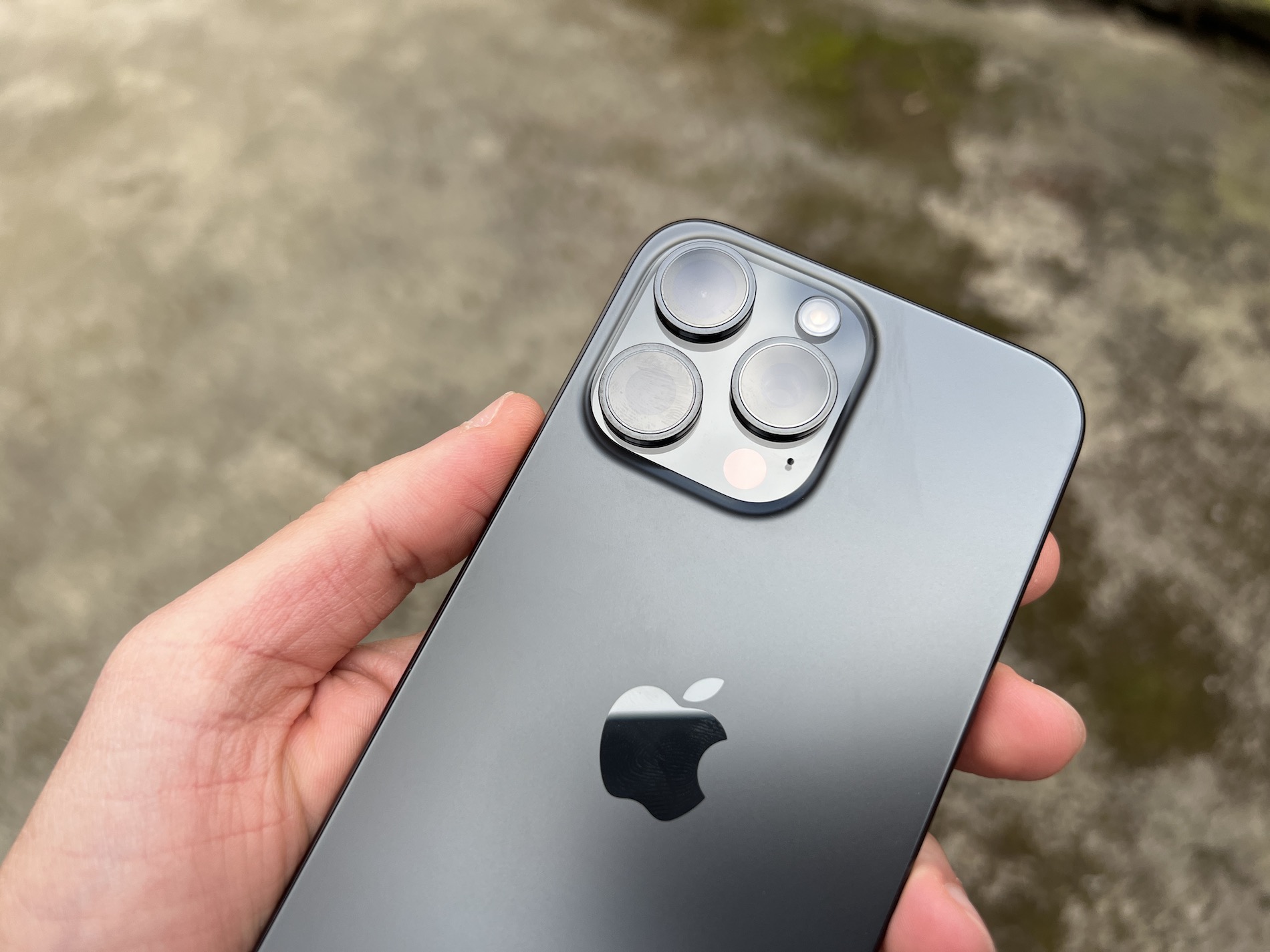
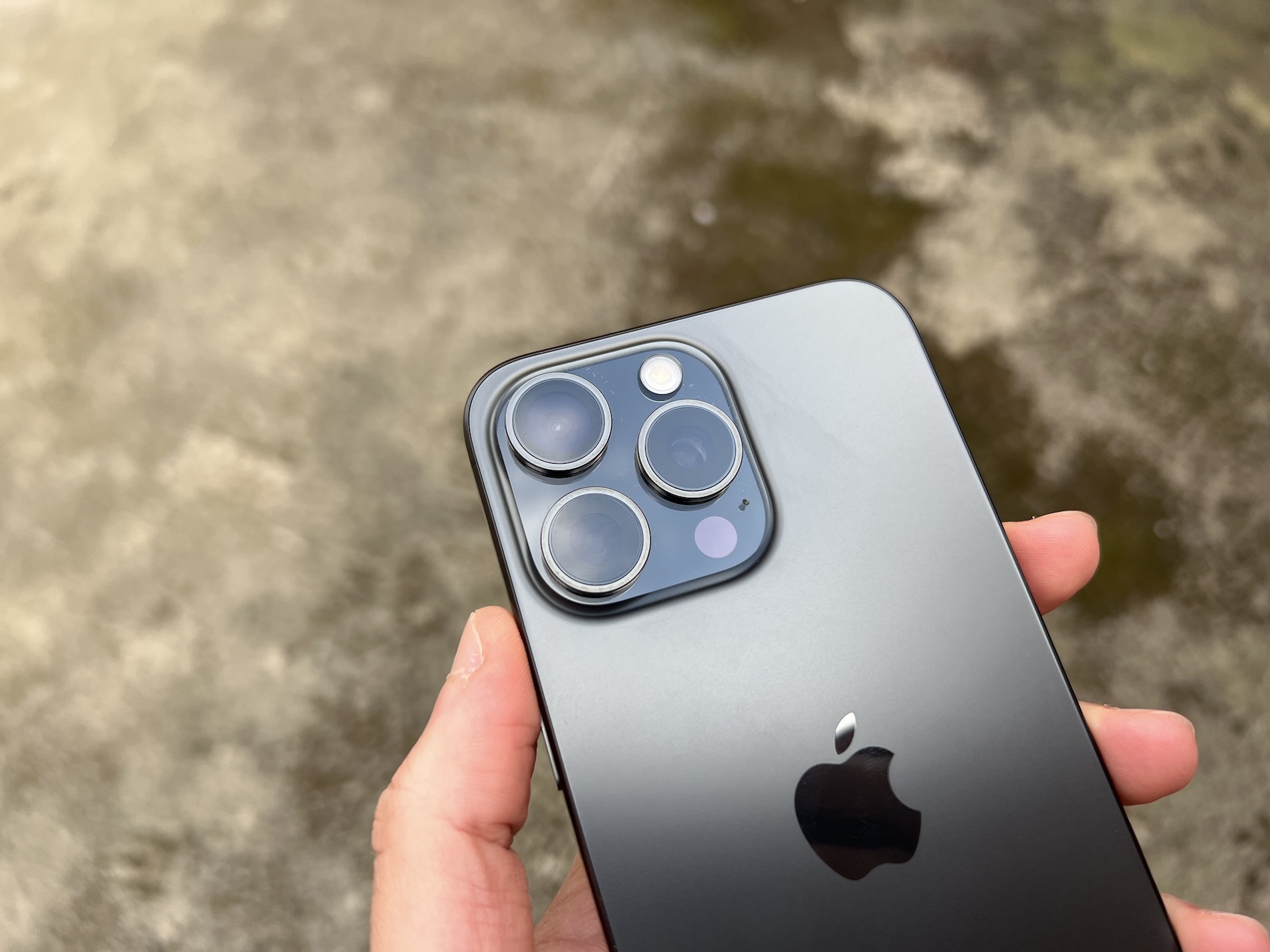
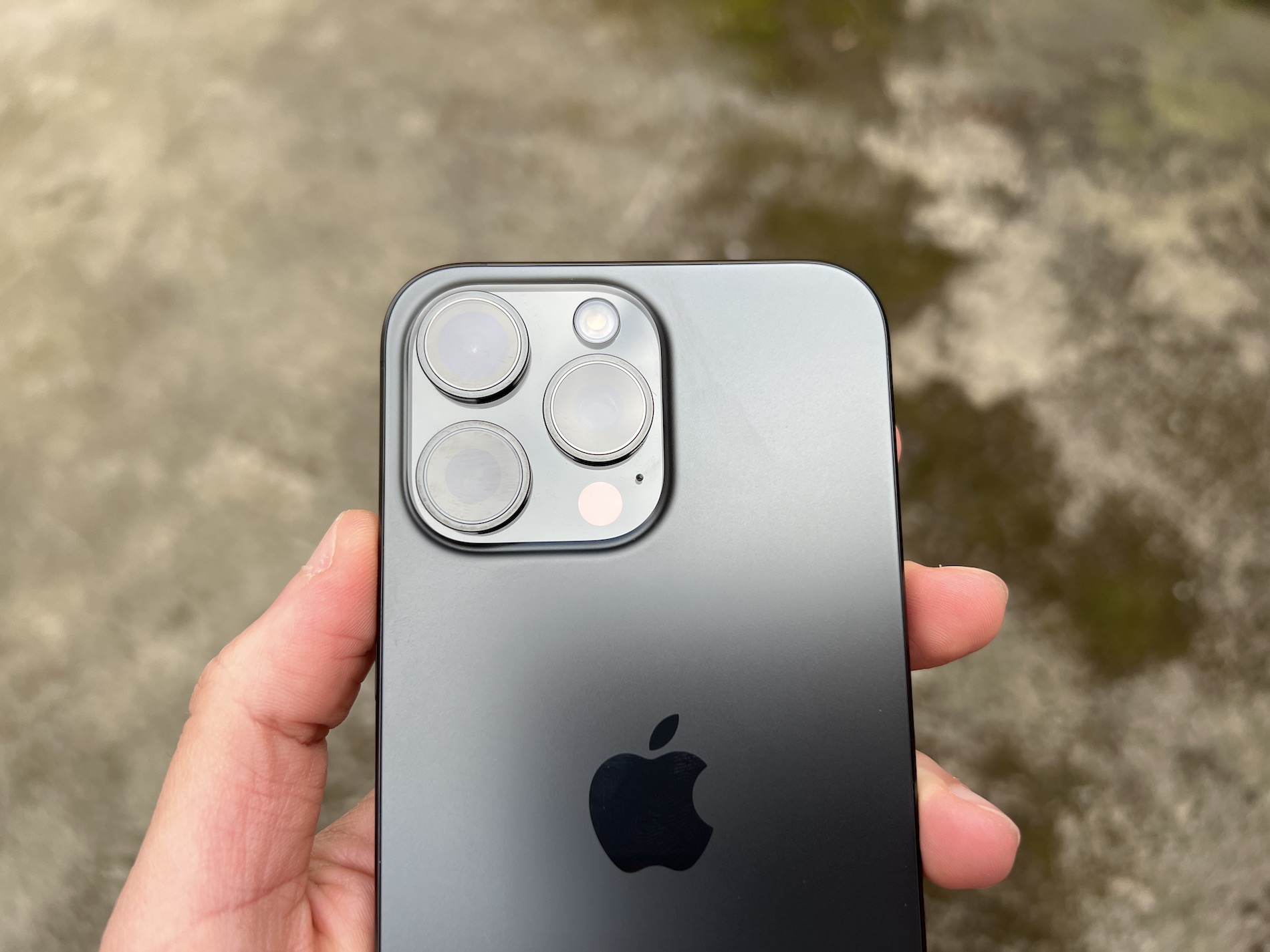

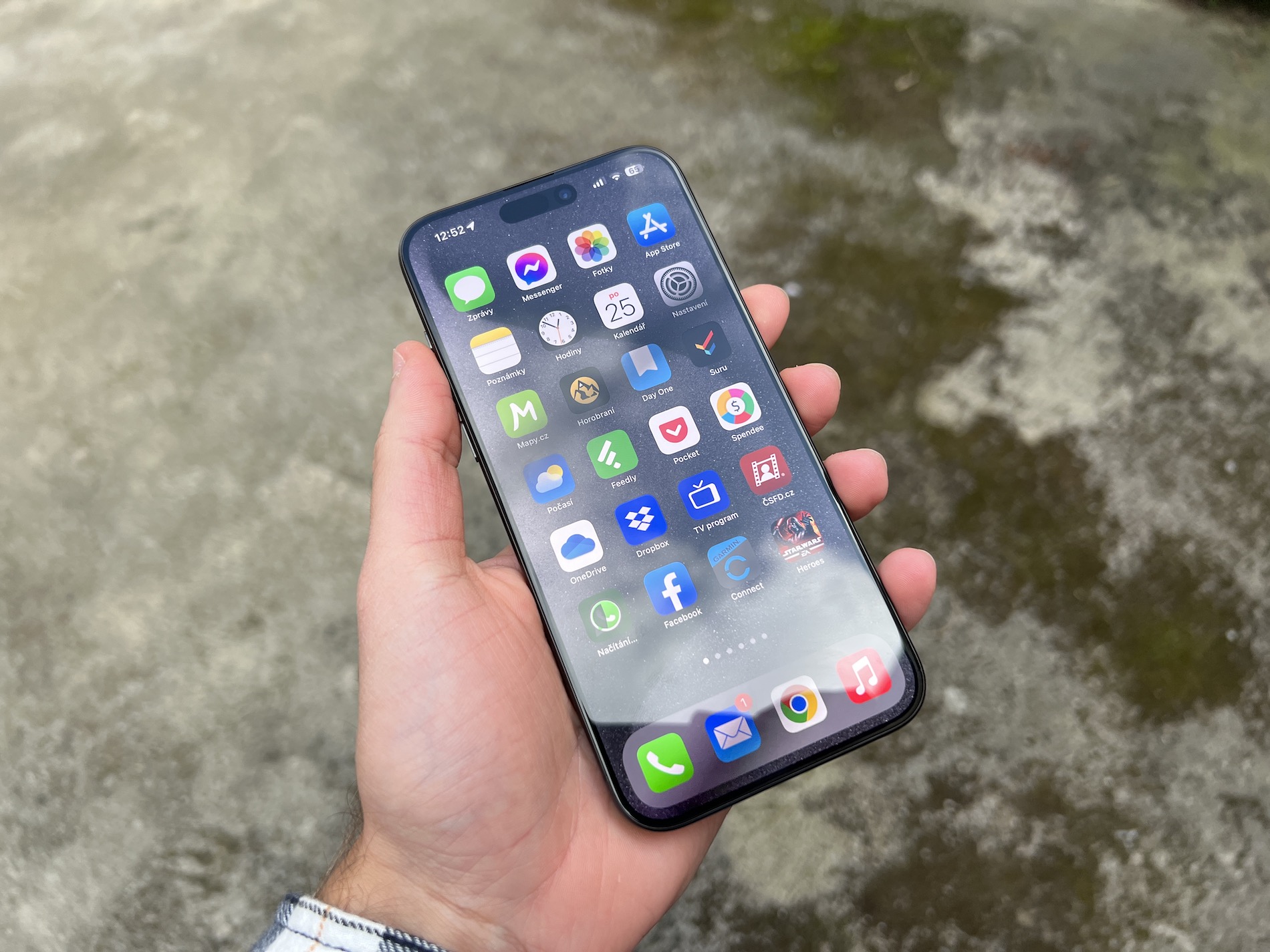
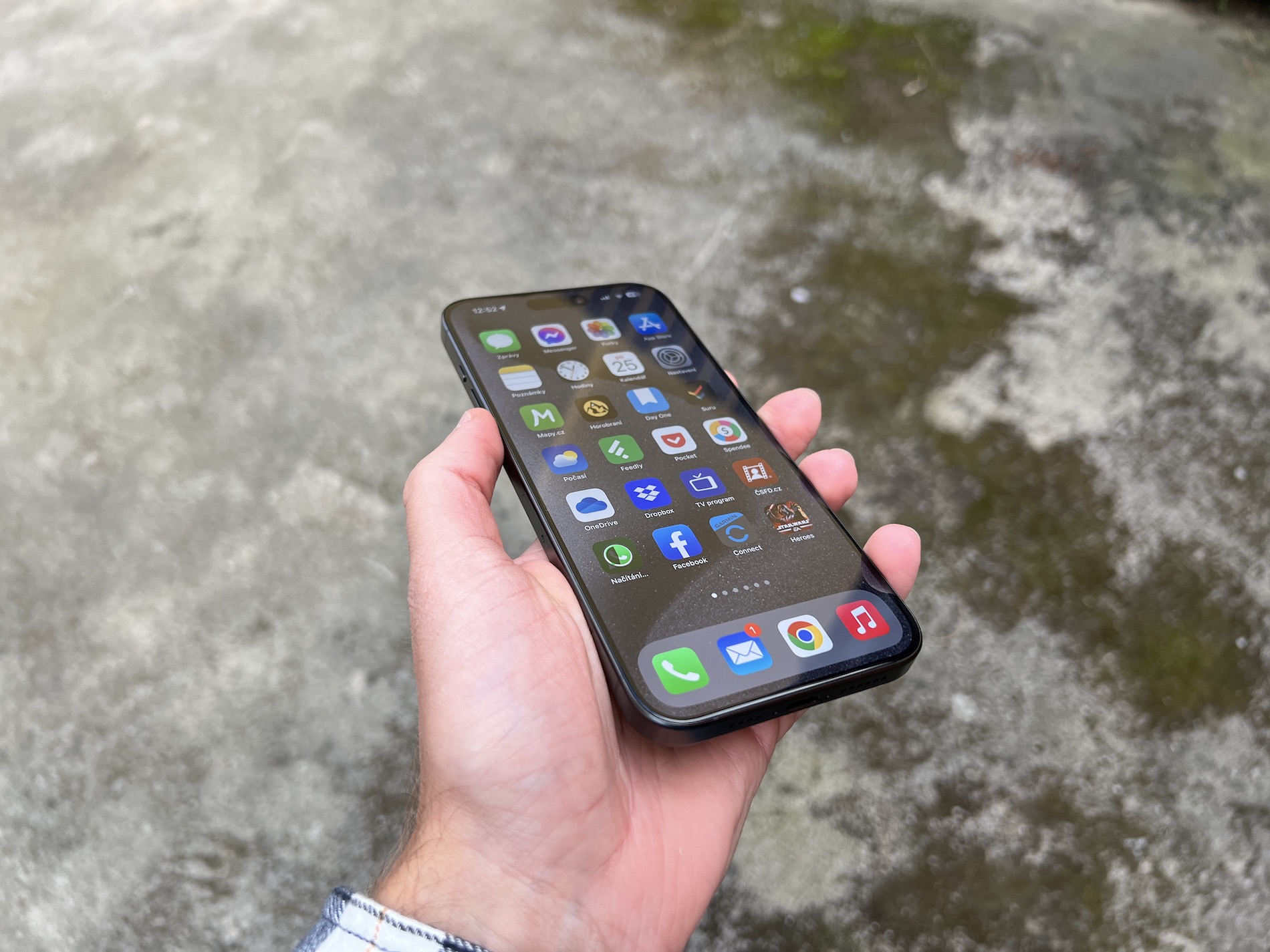
 Adam Kos
Adam Kos 
